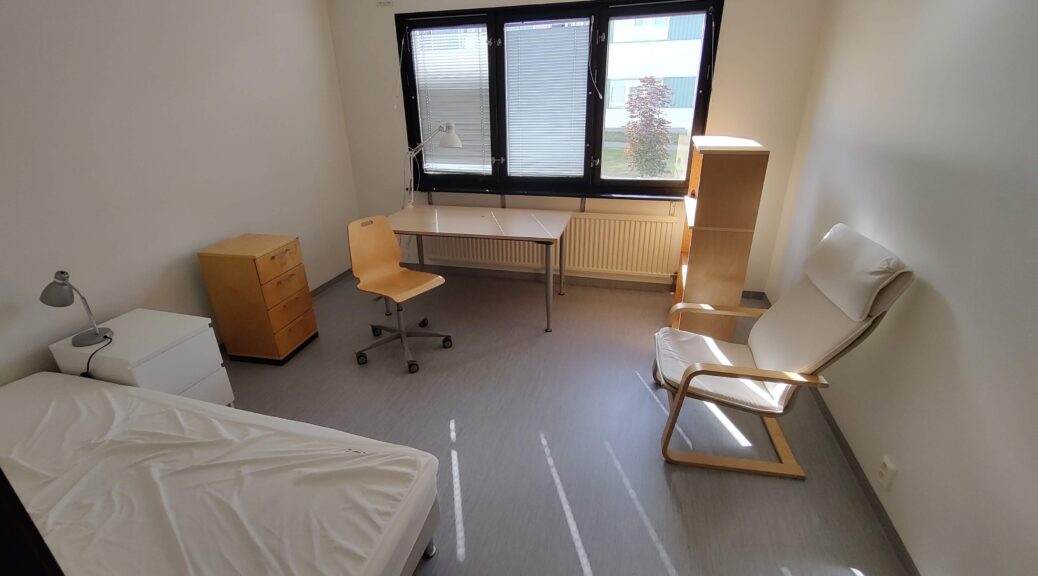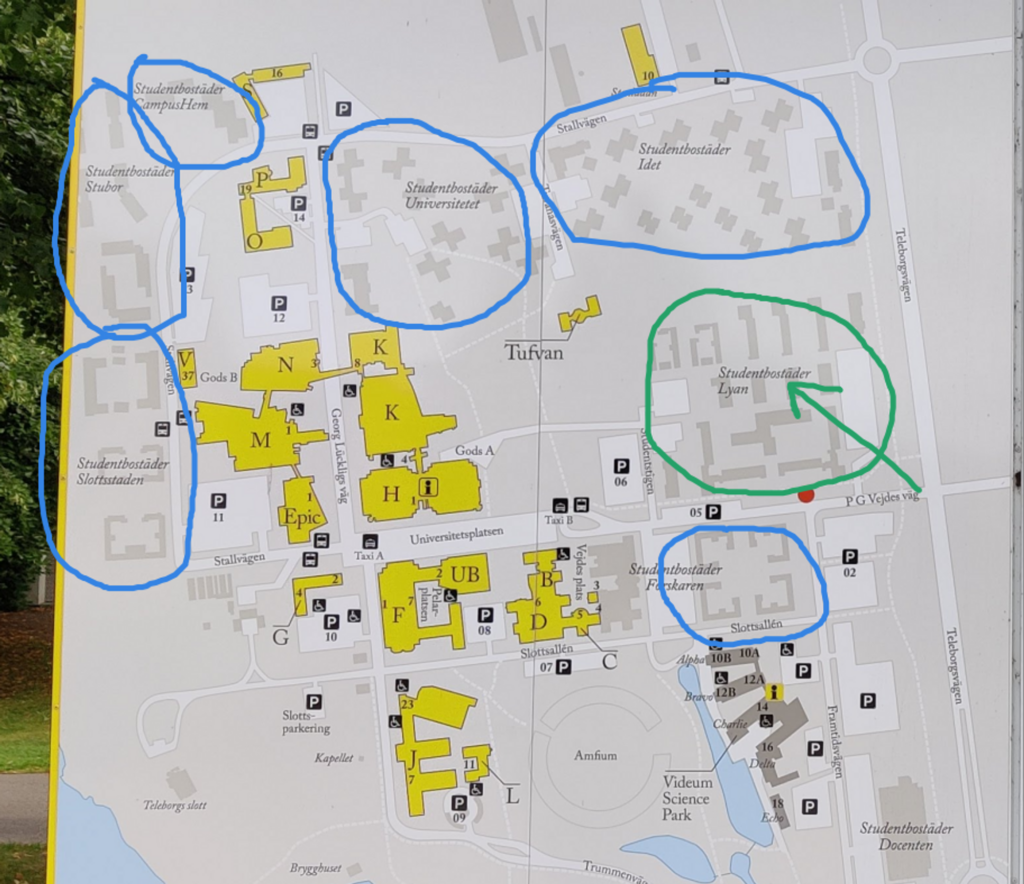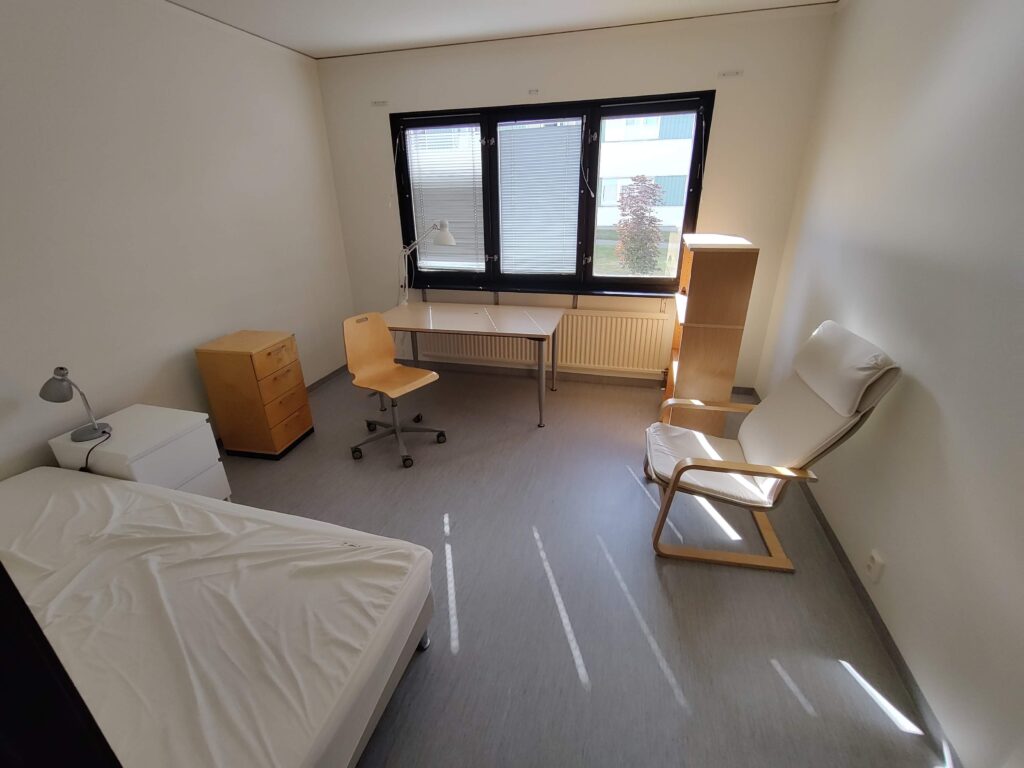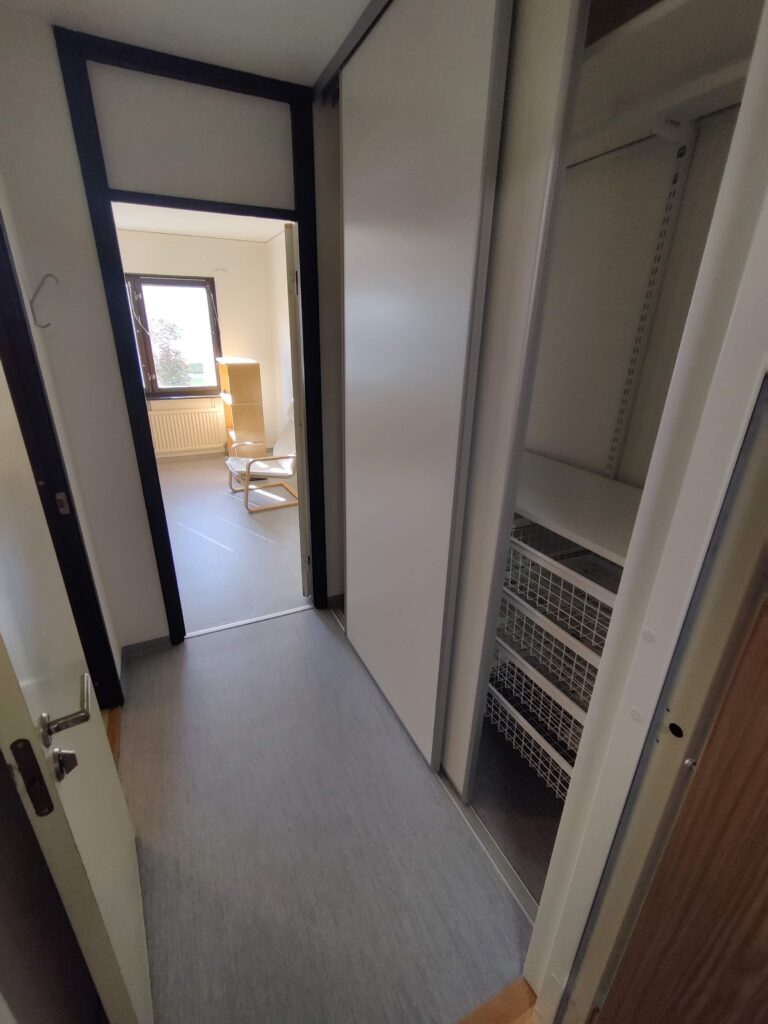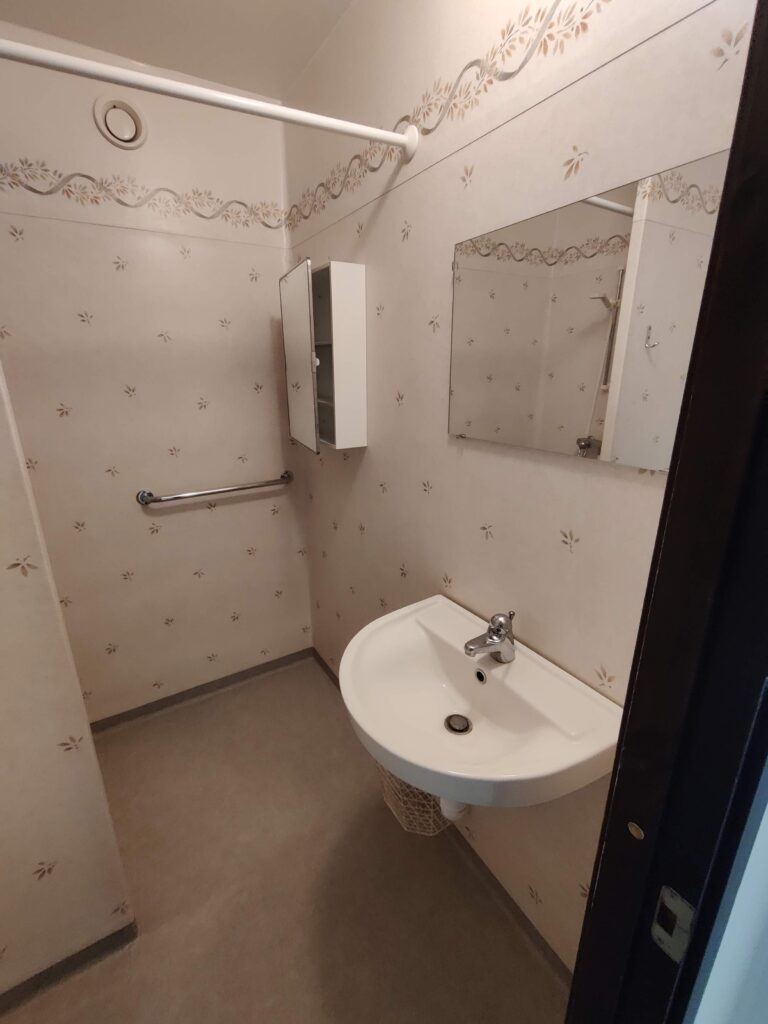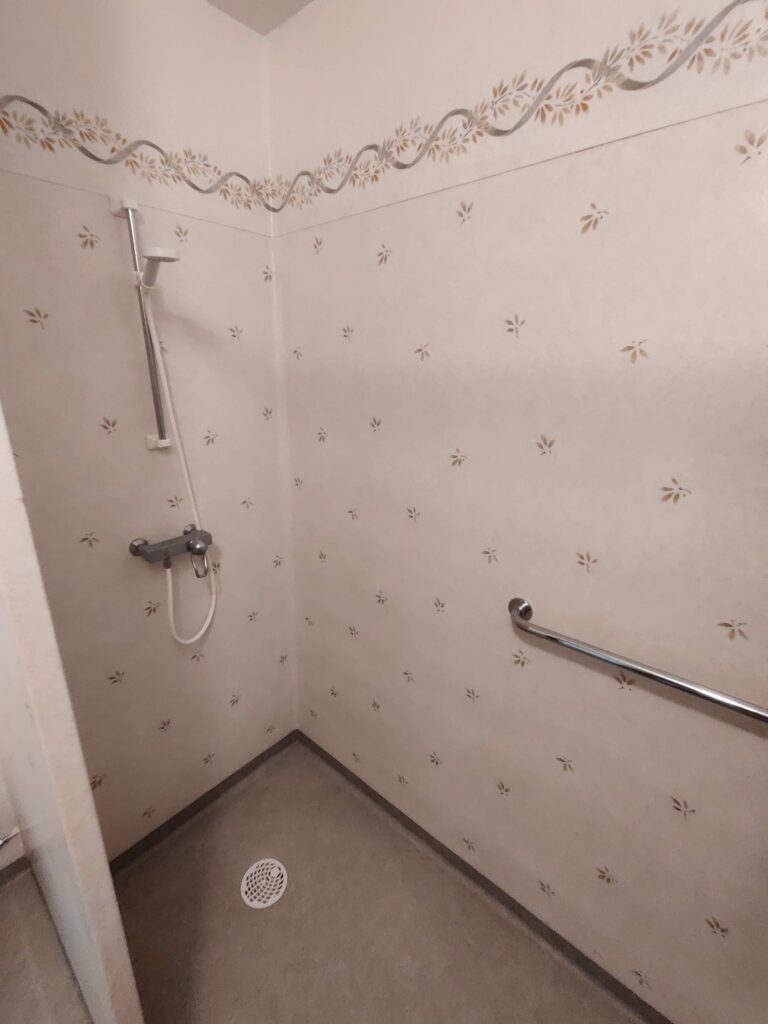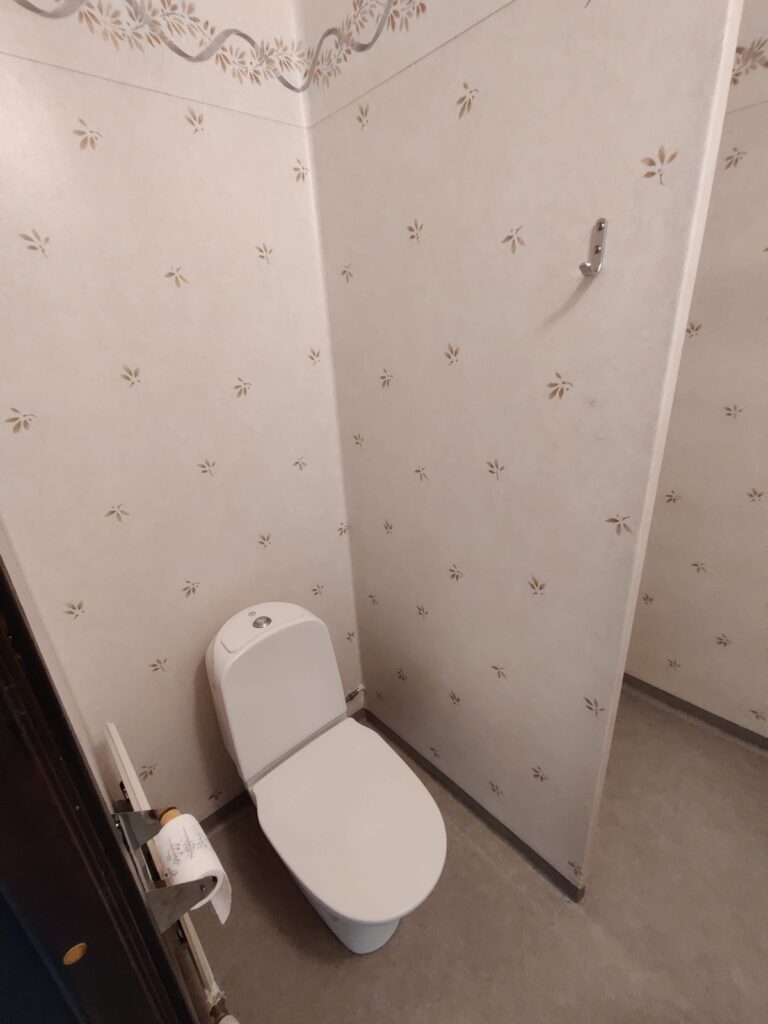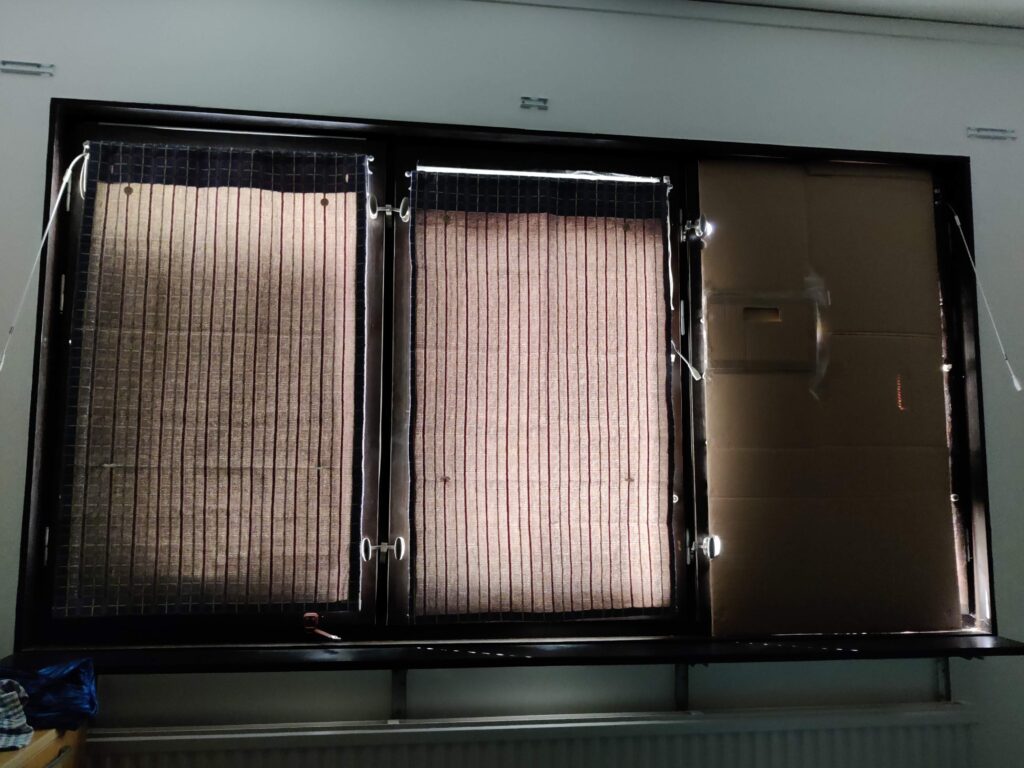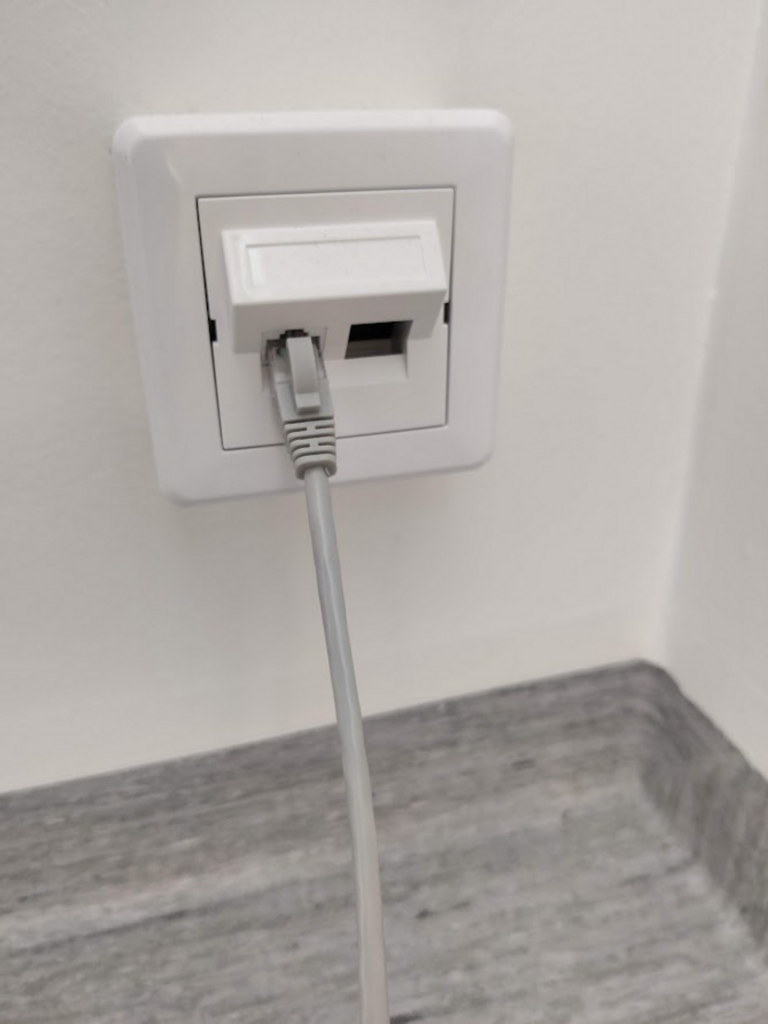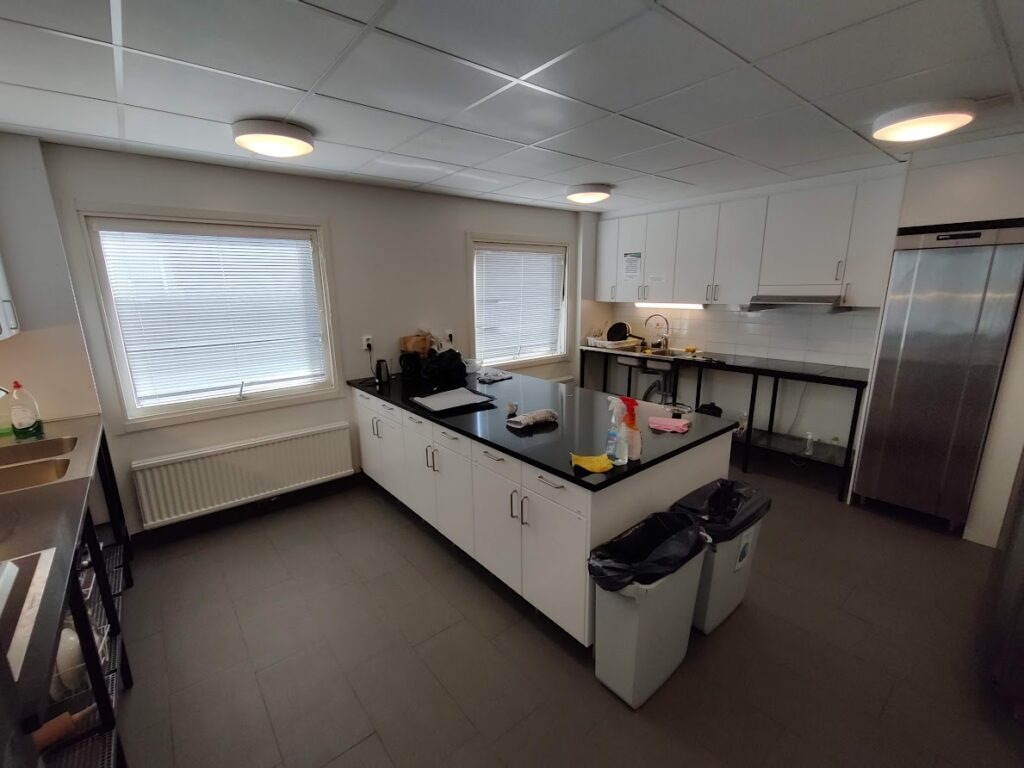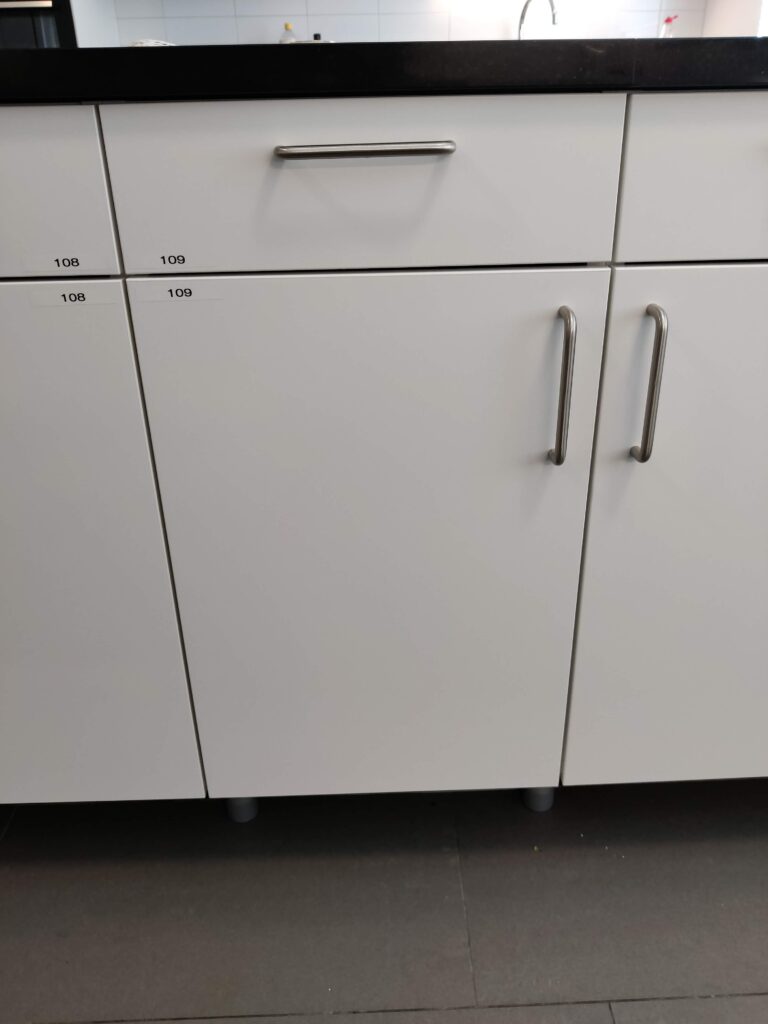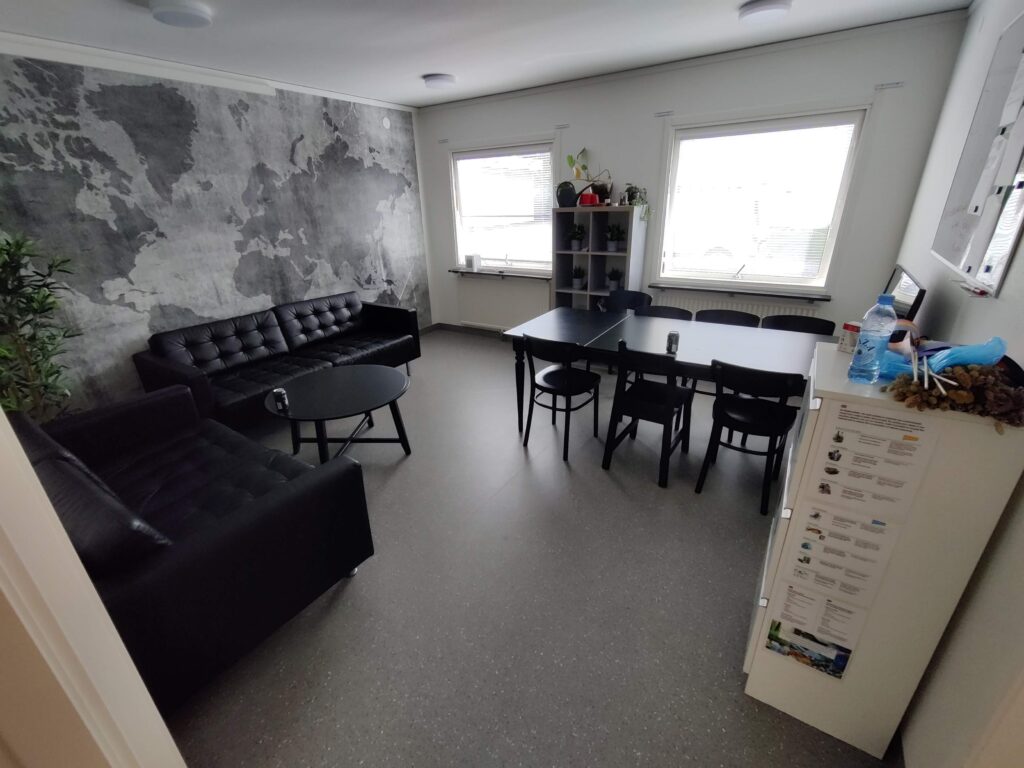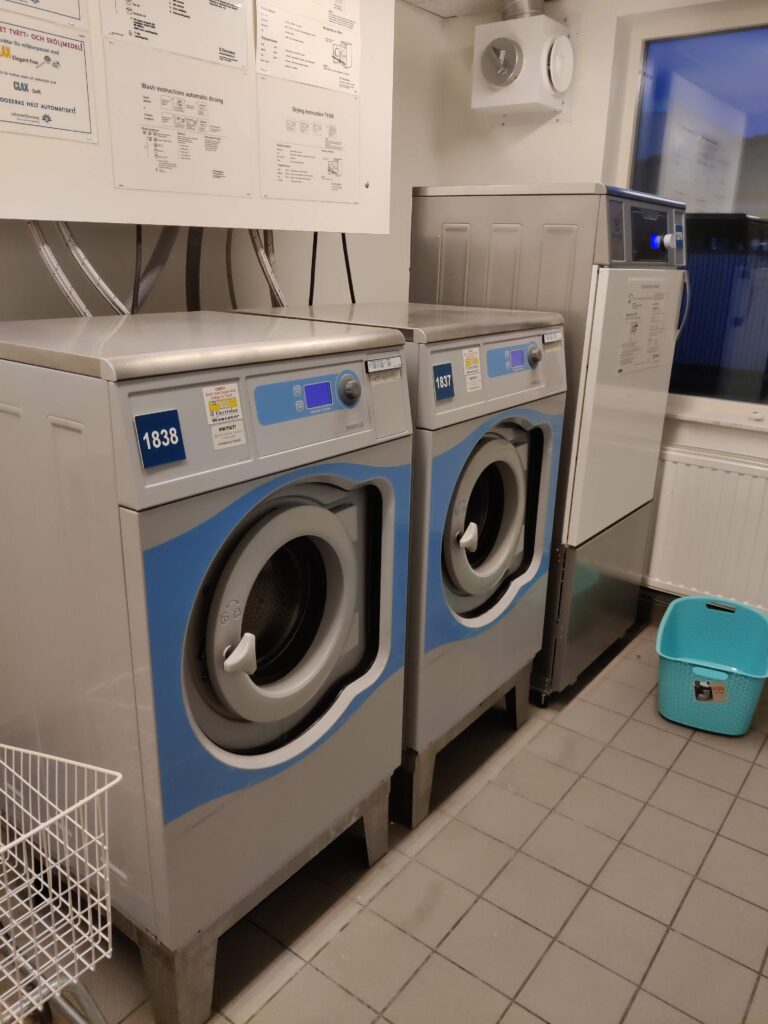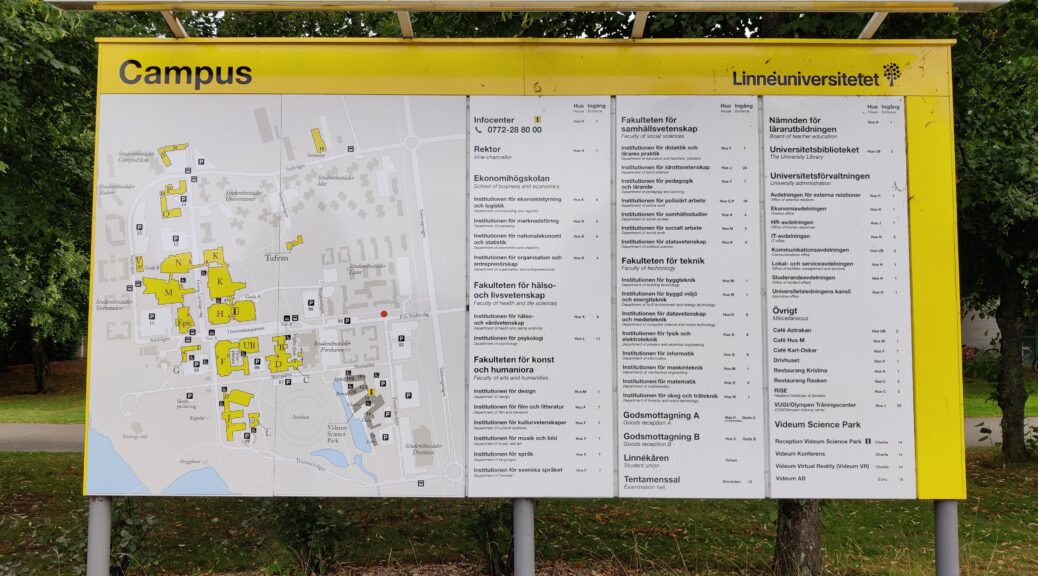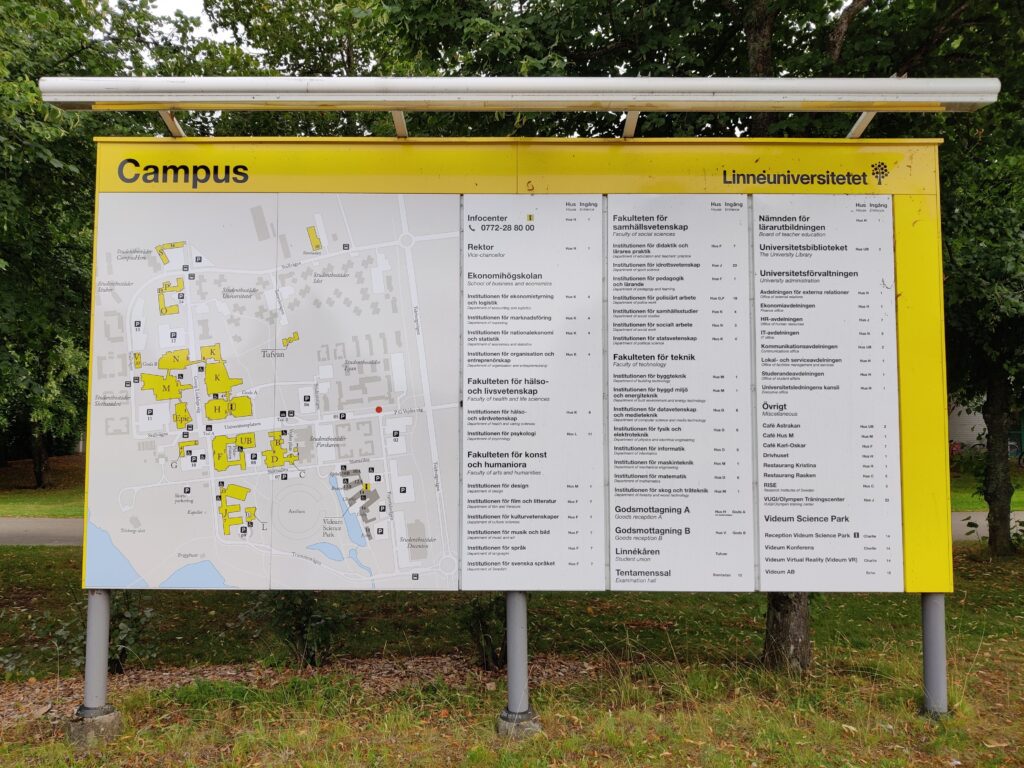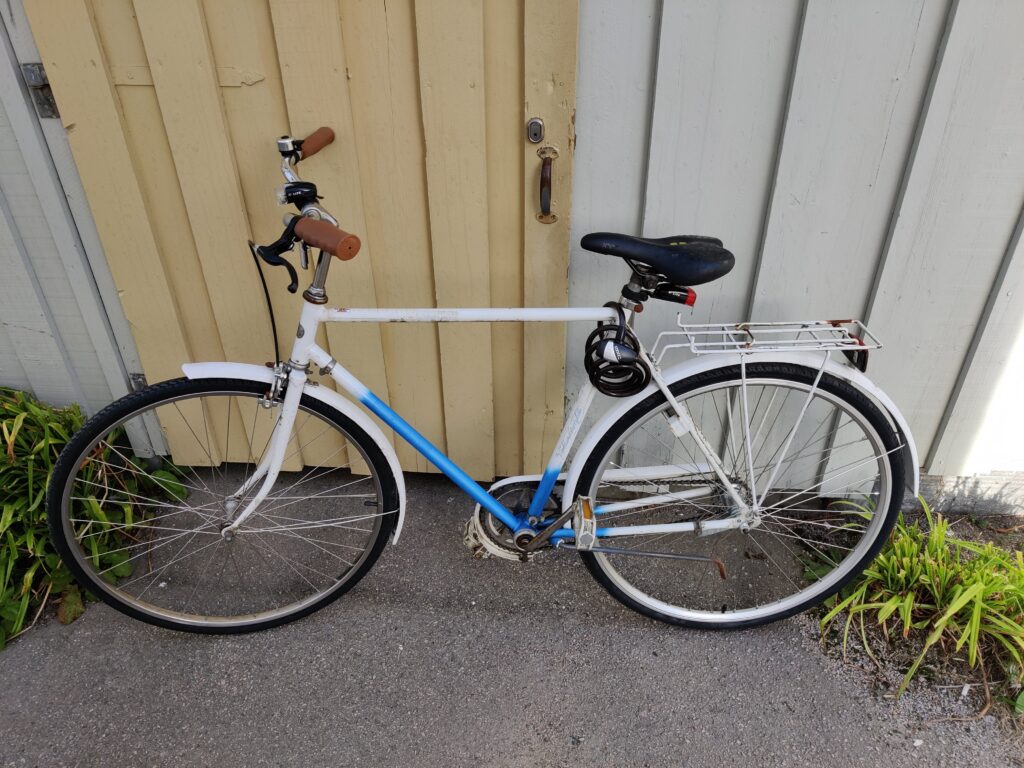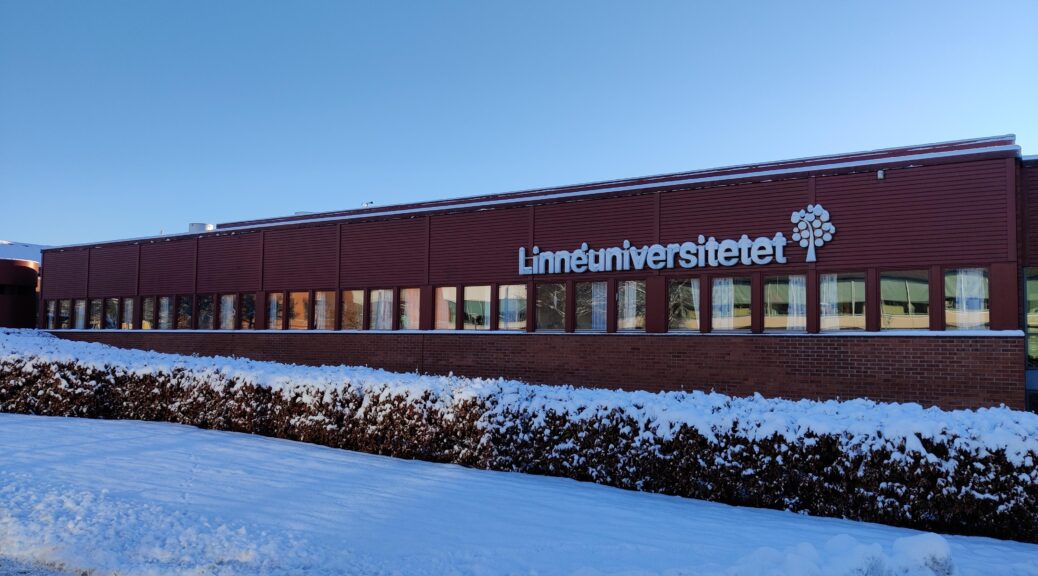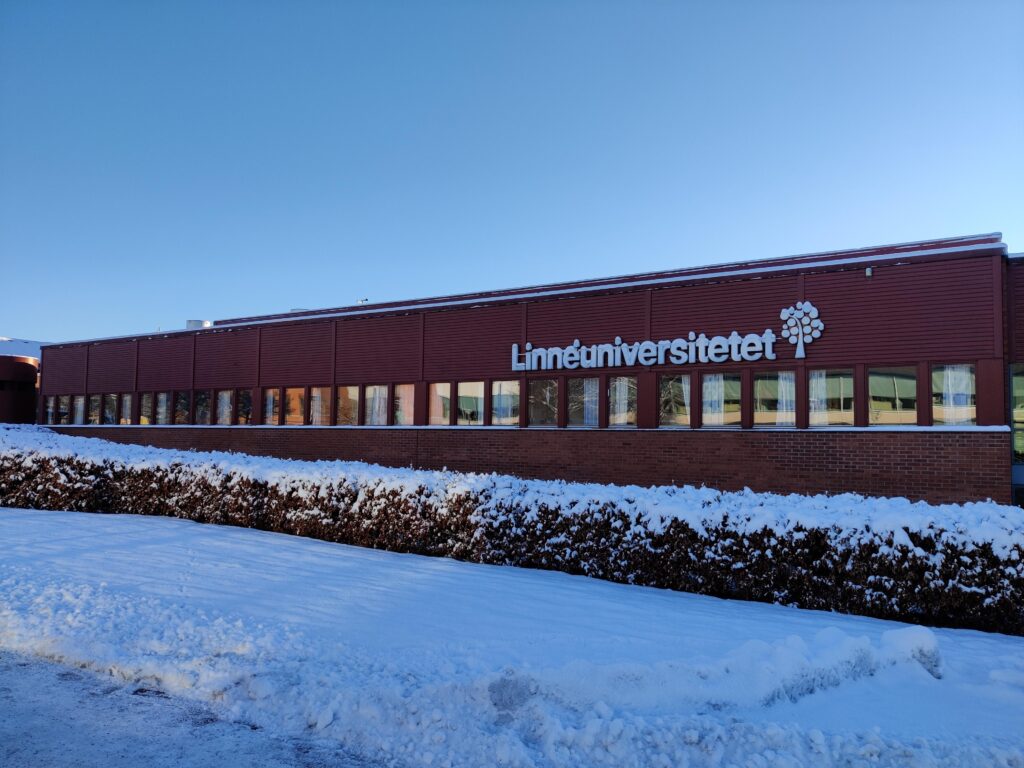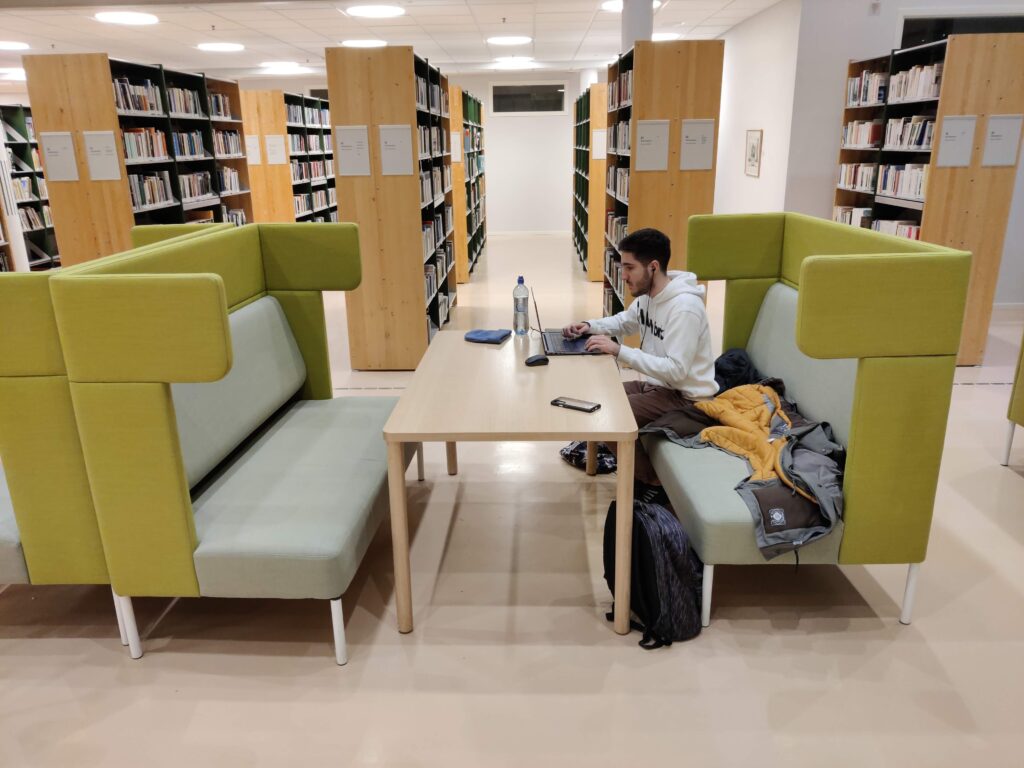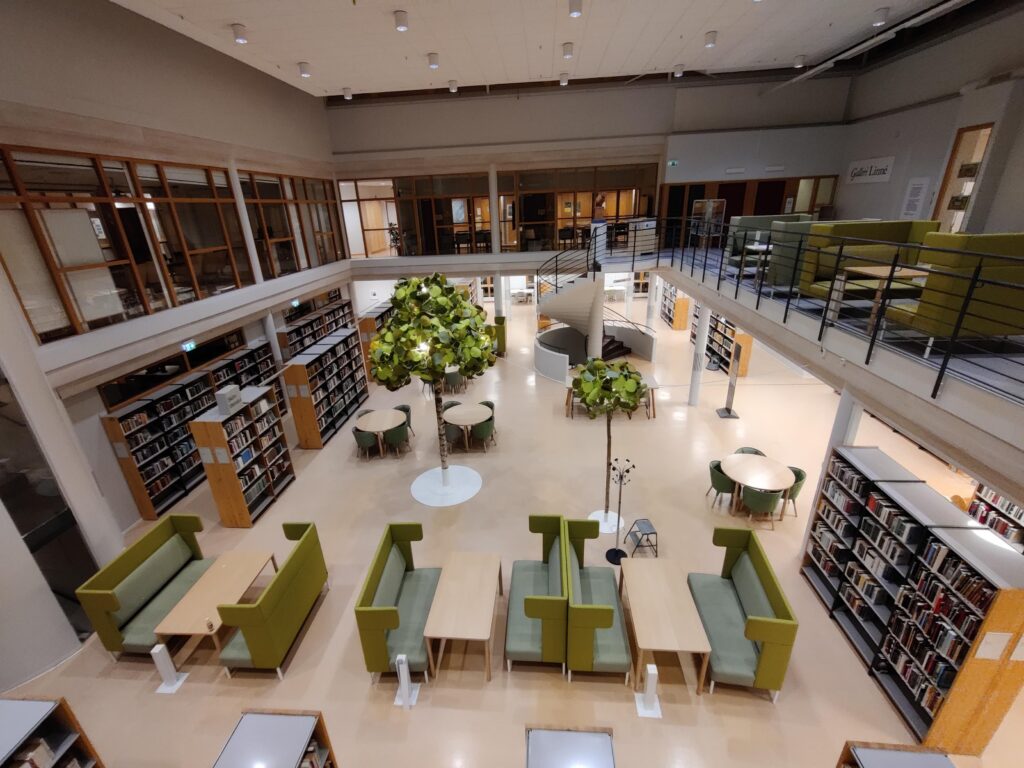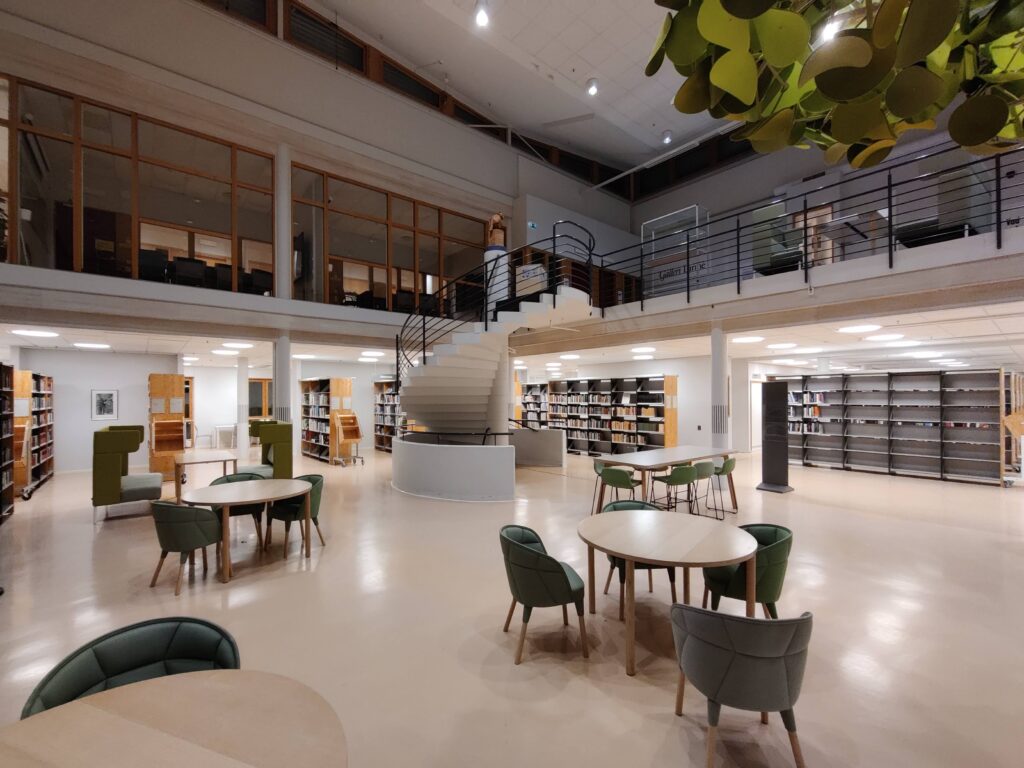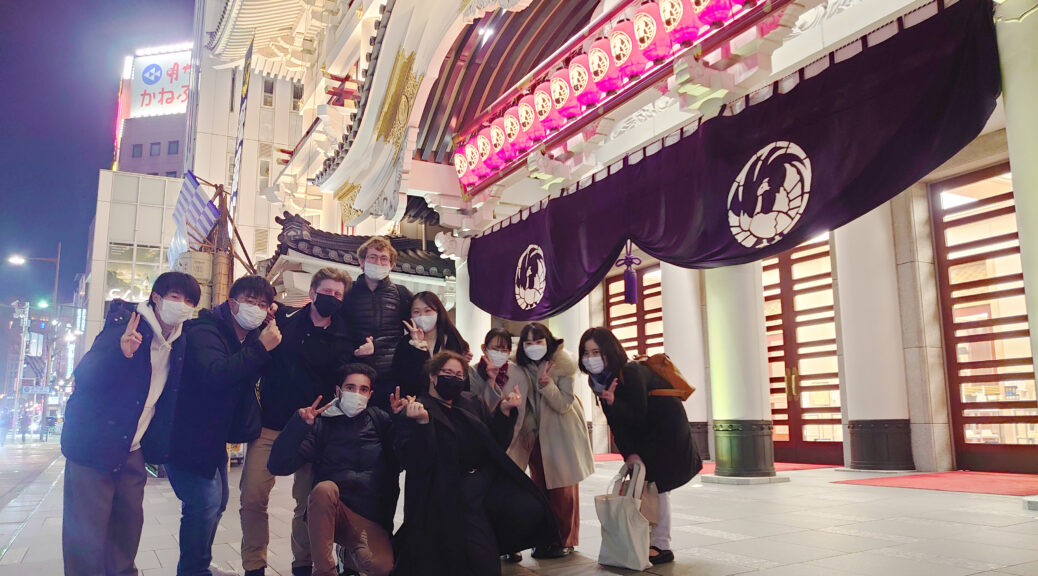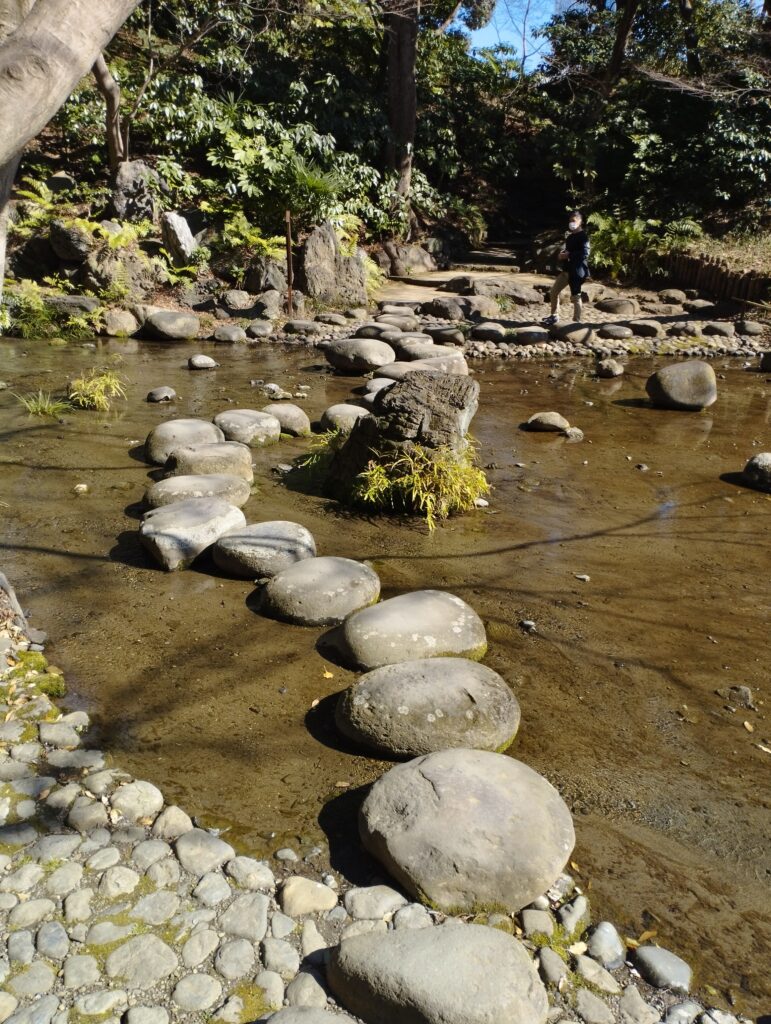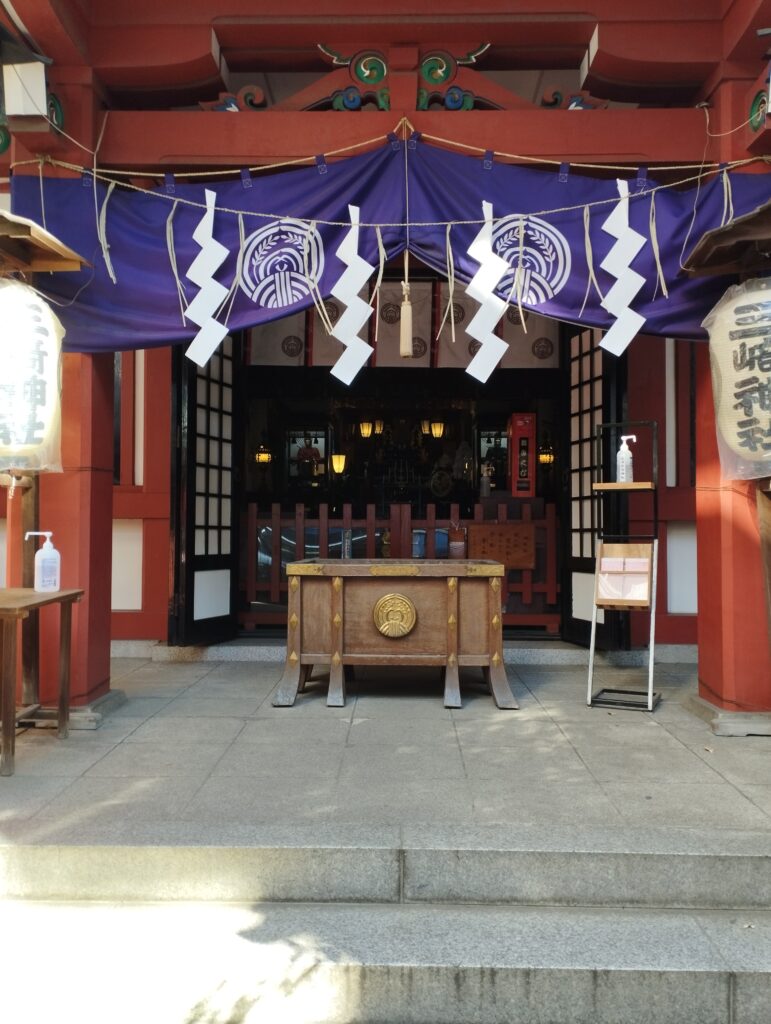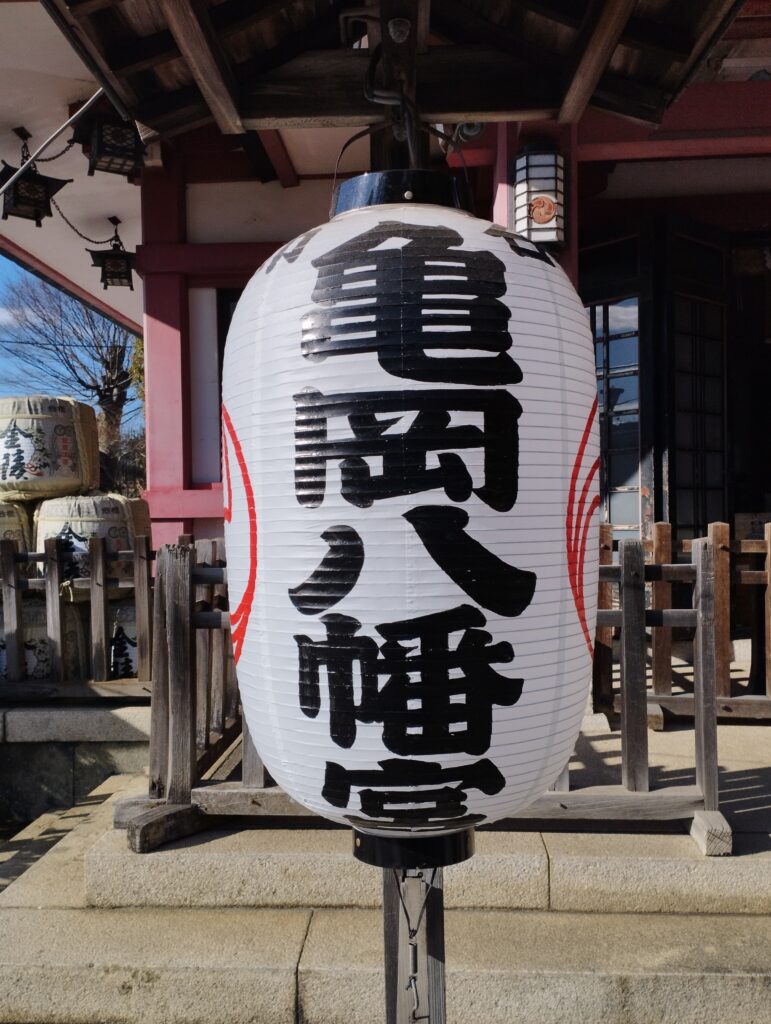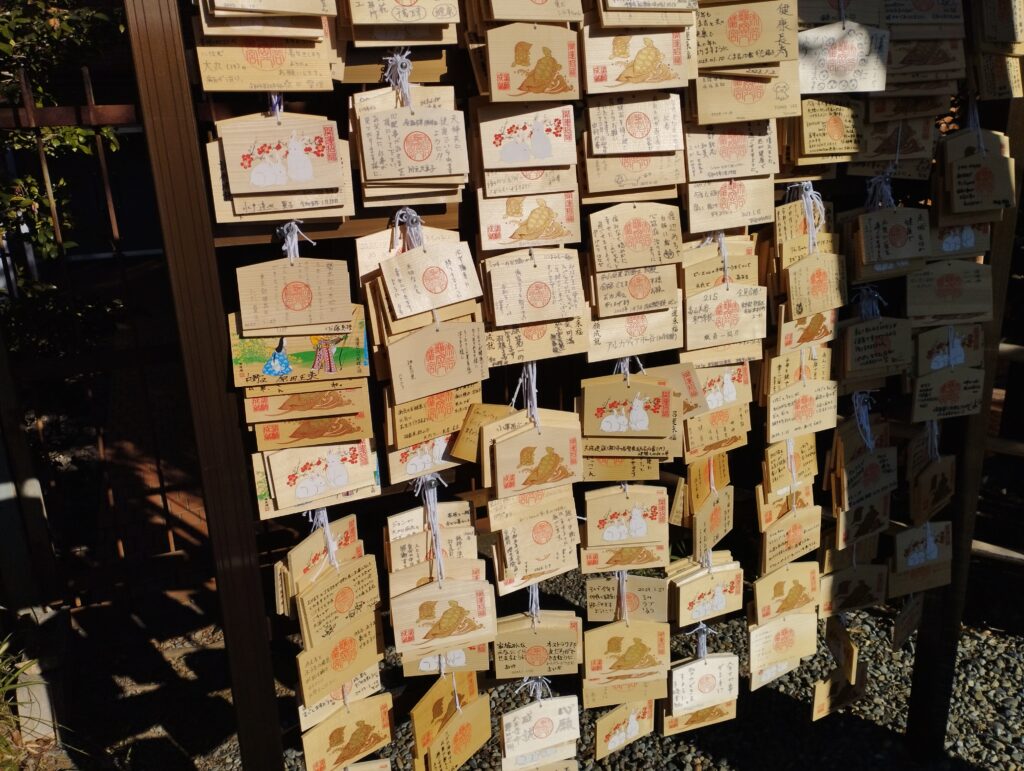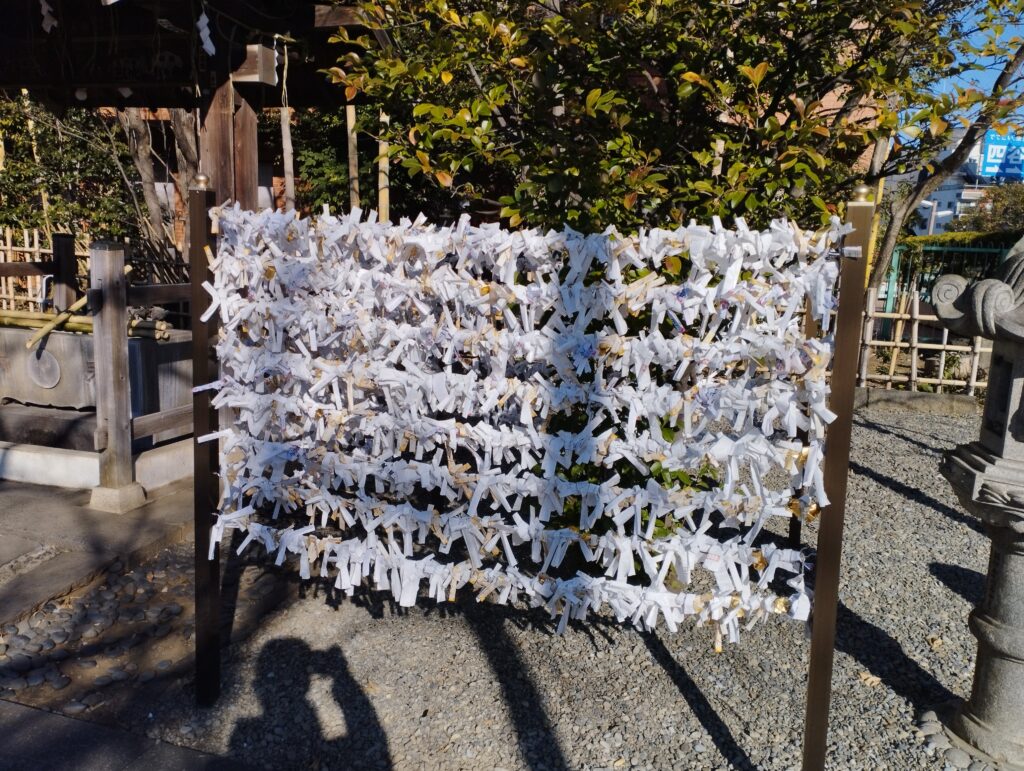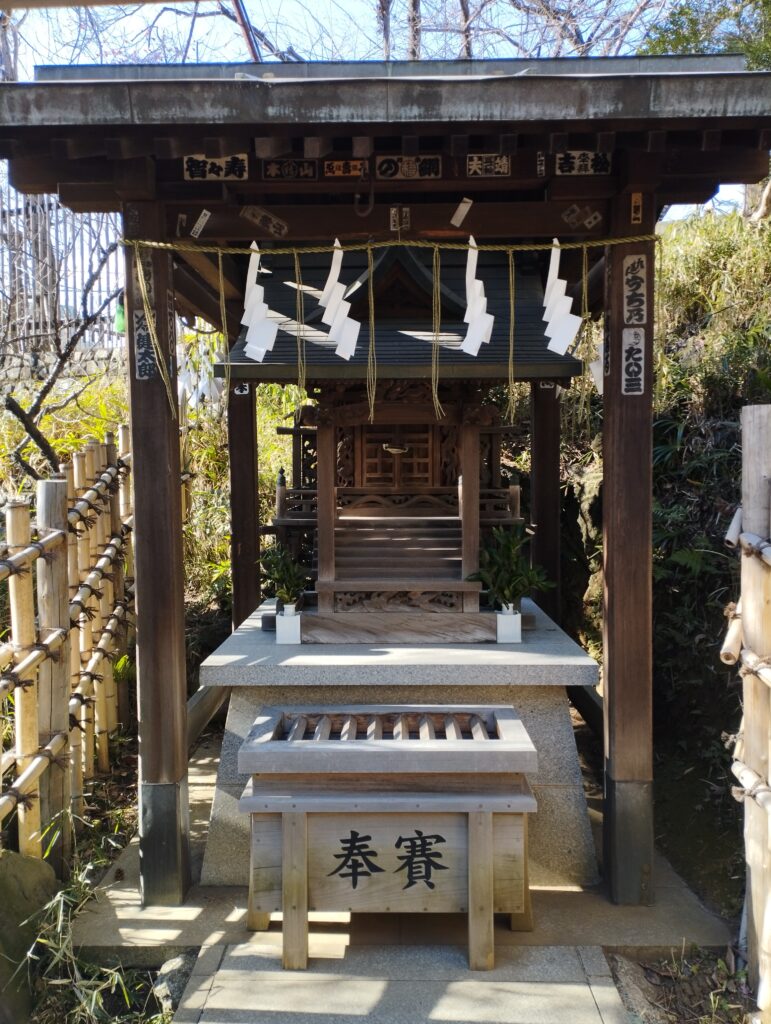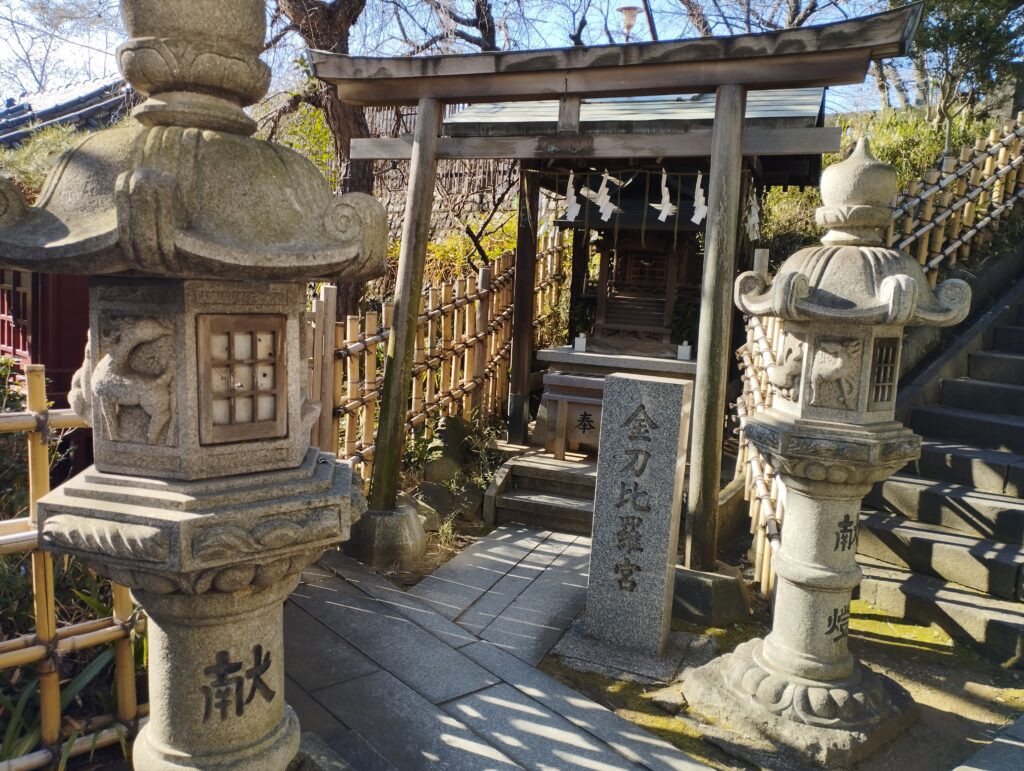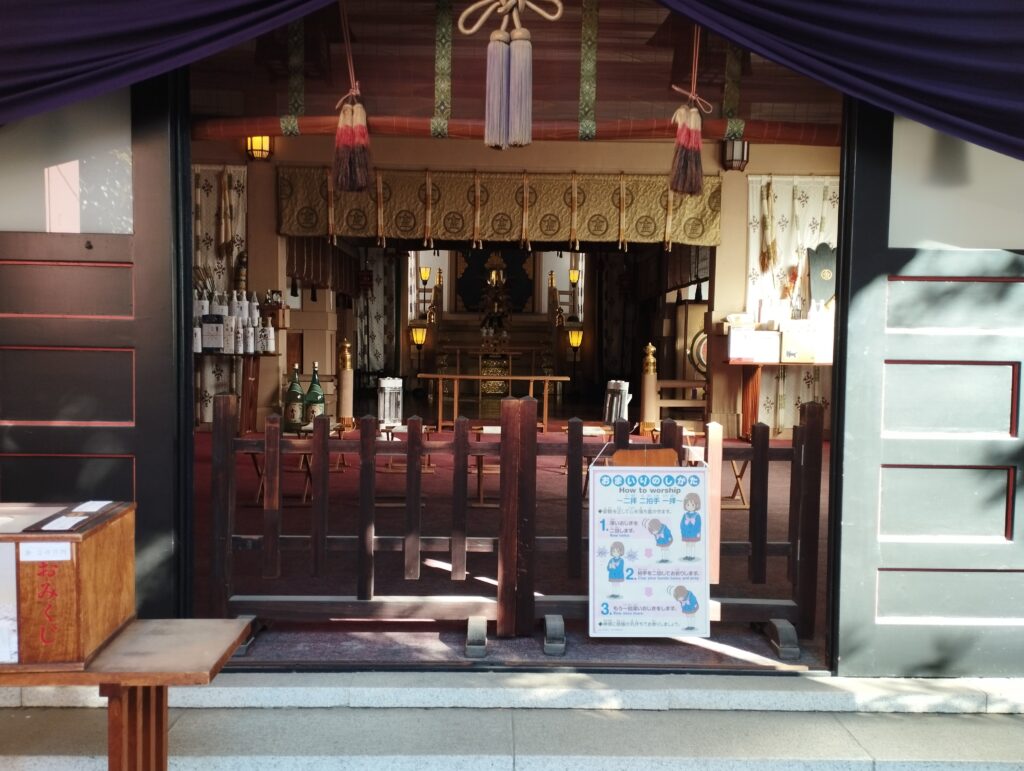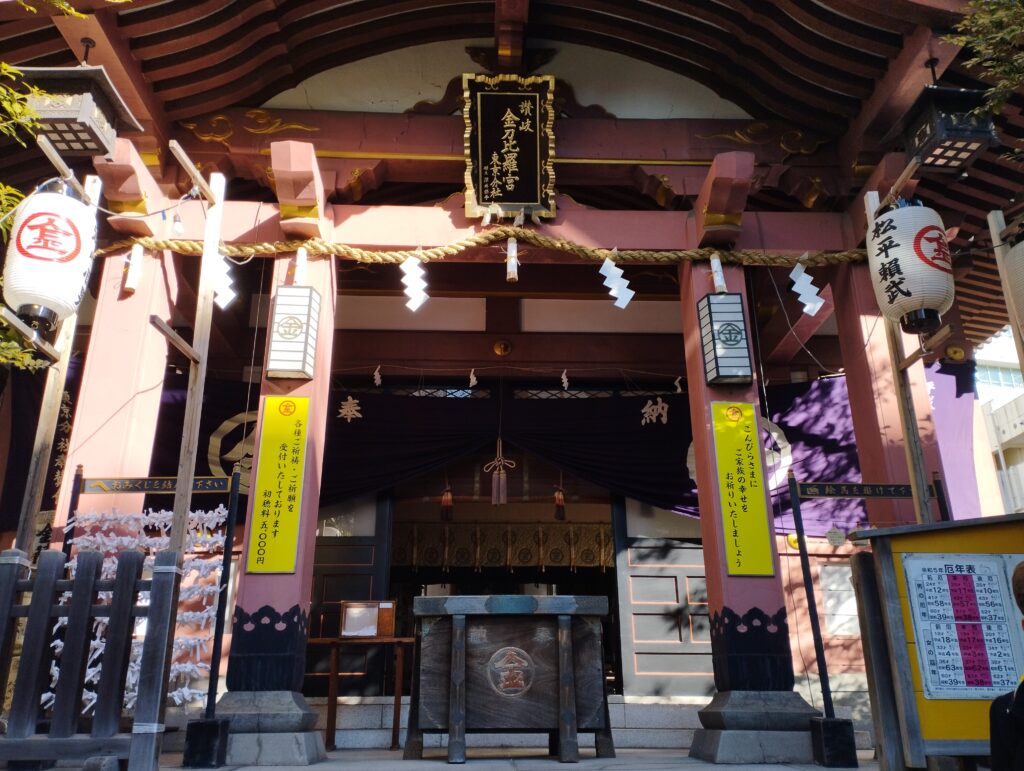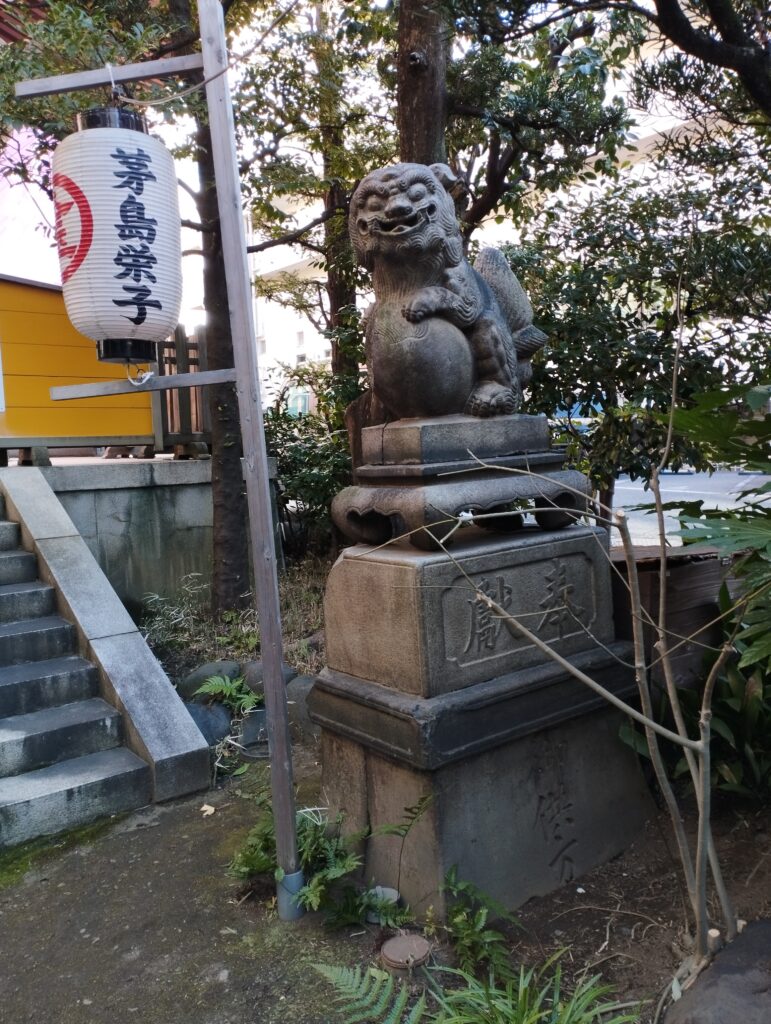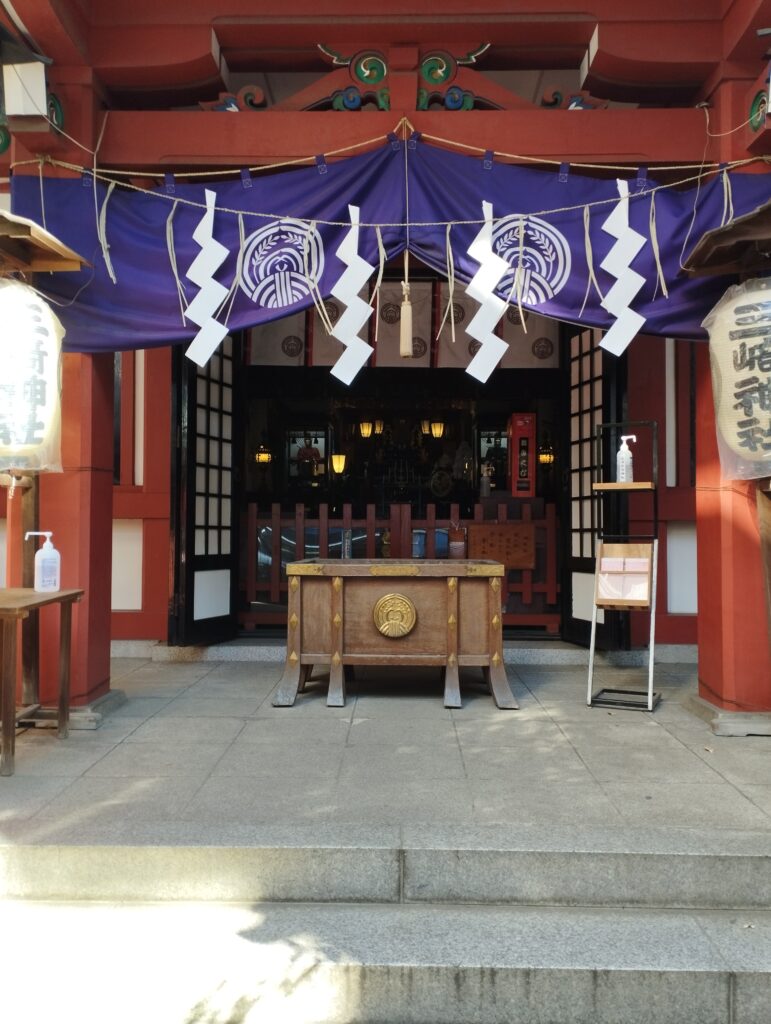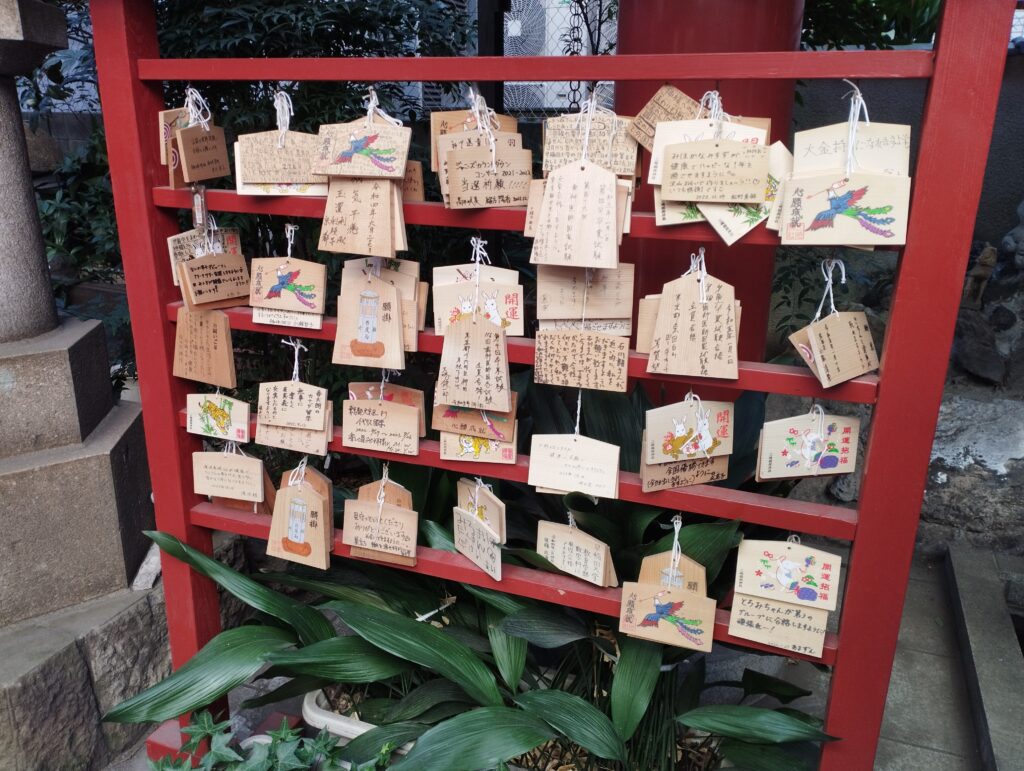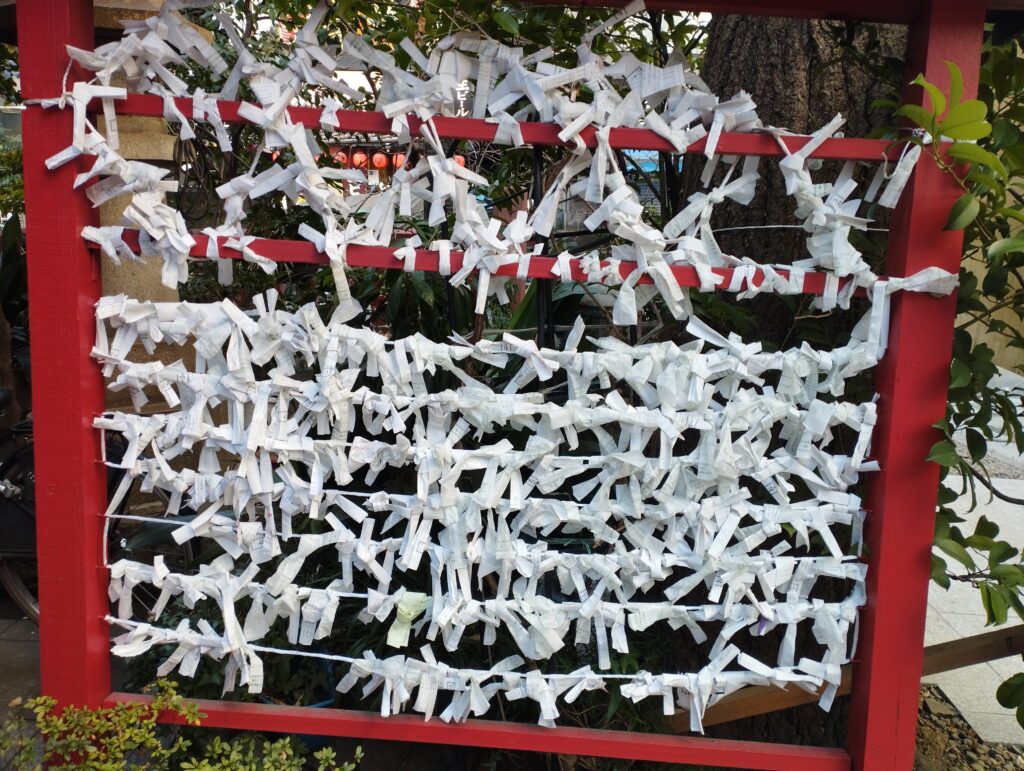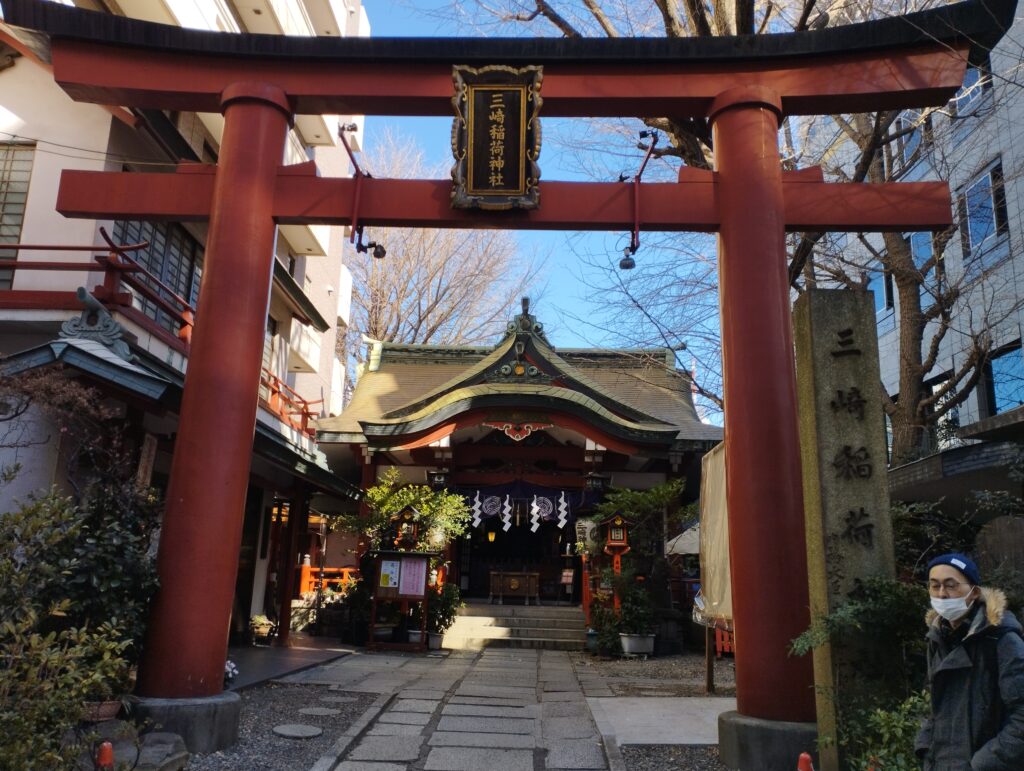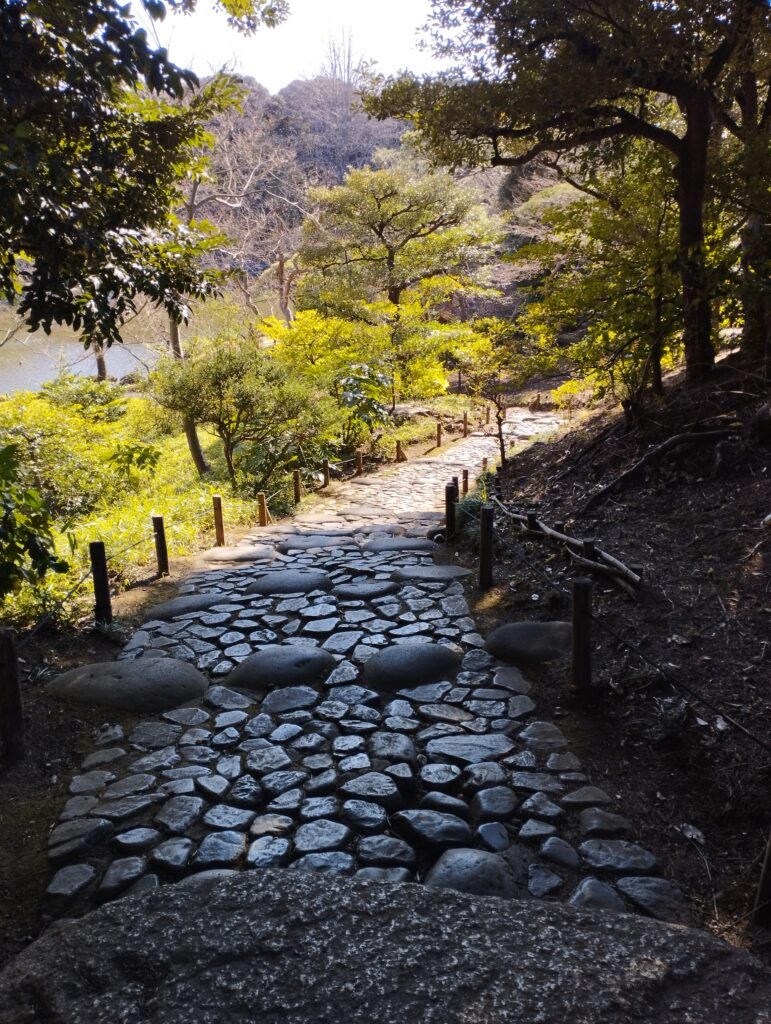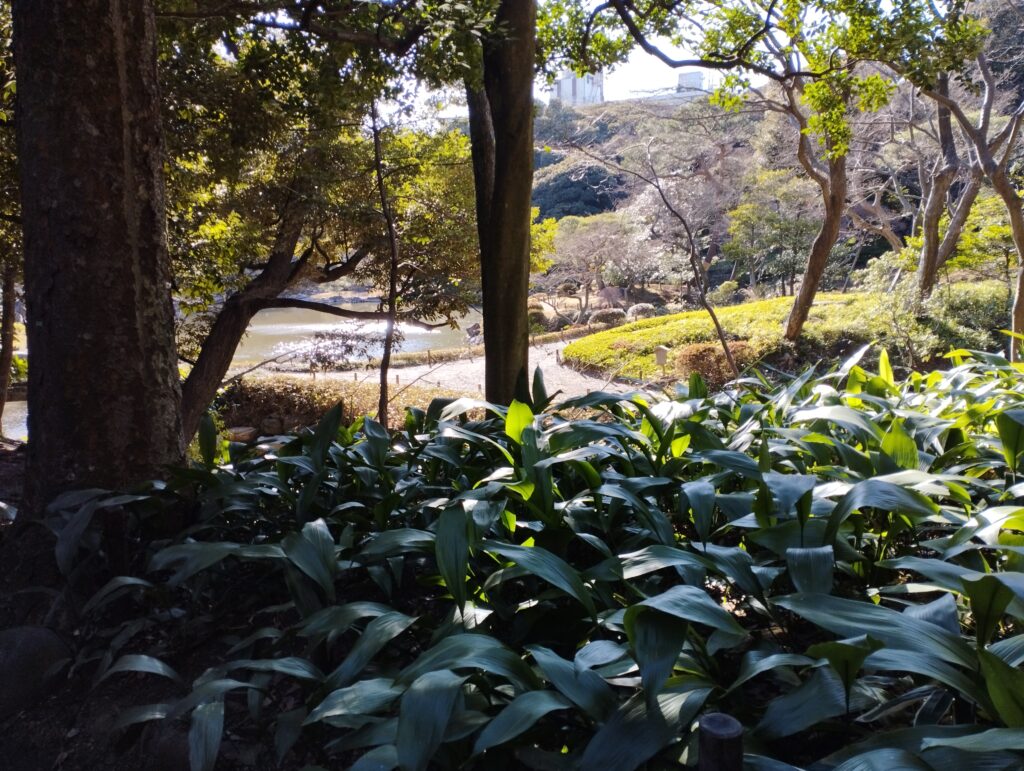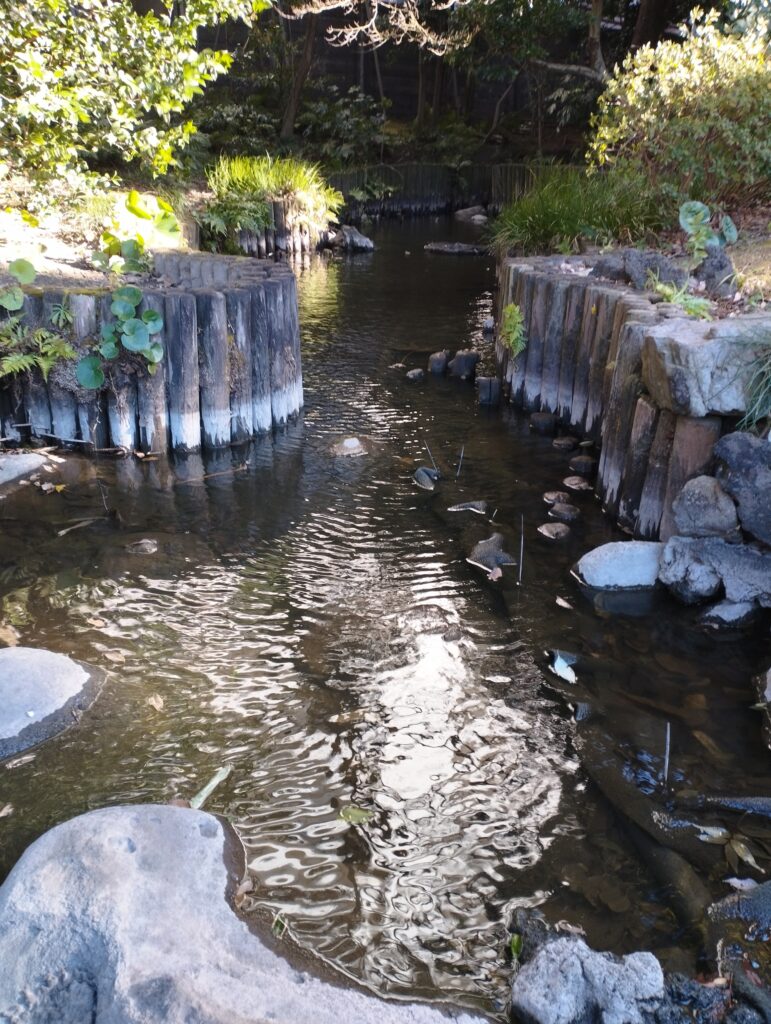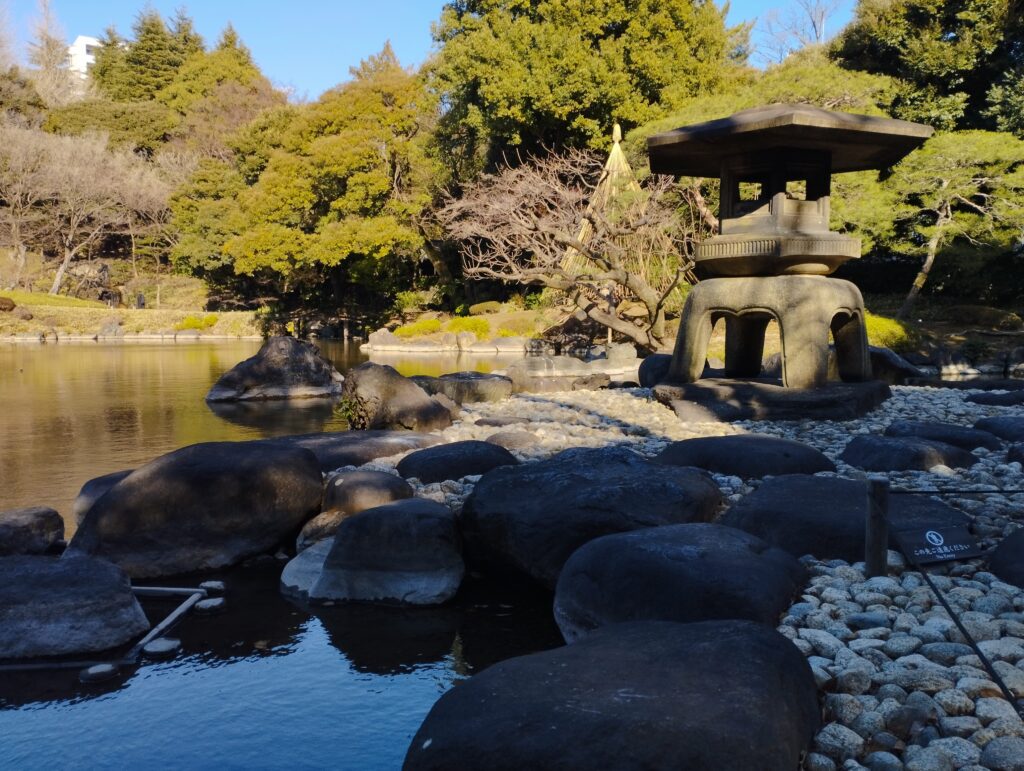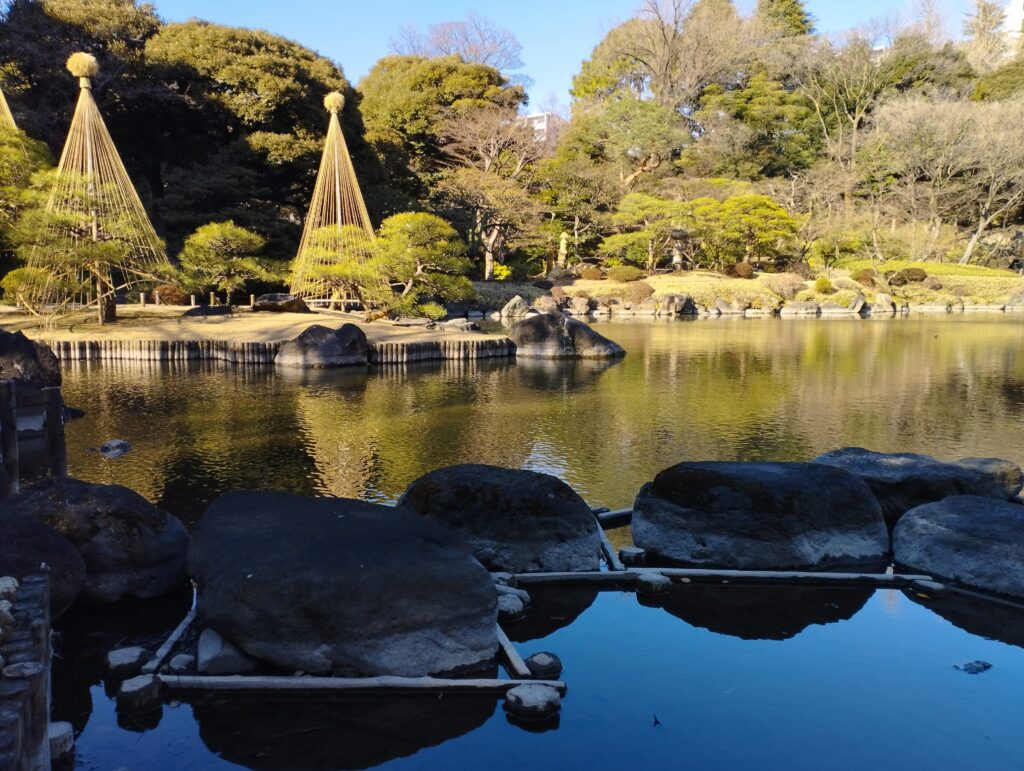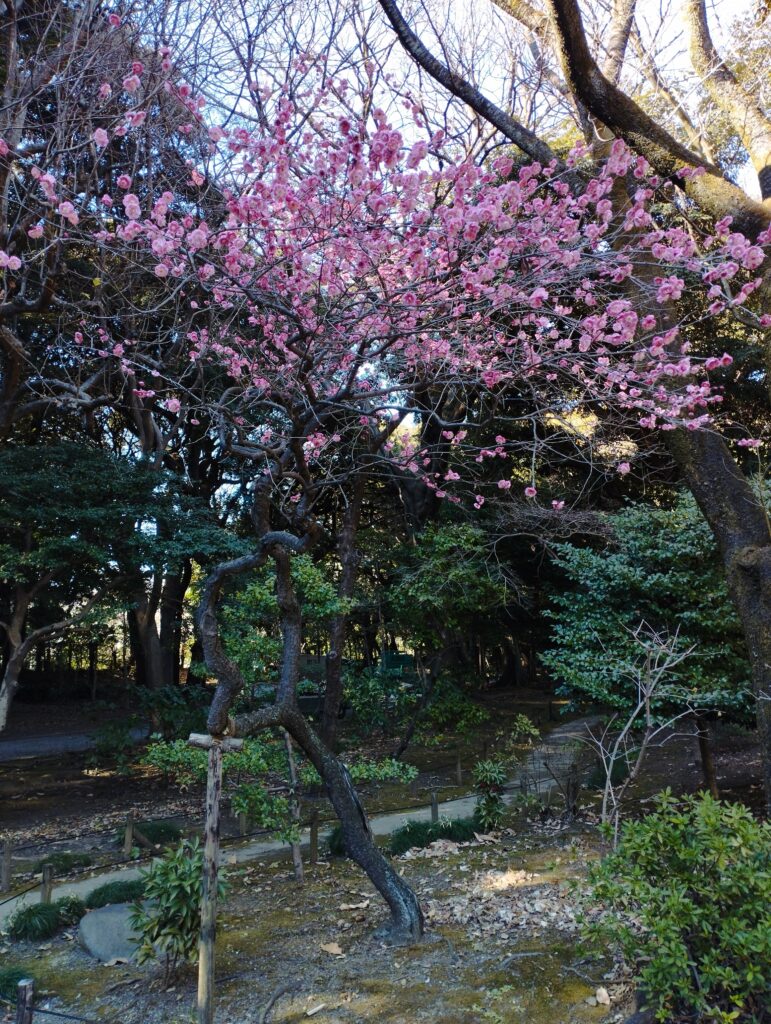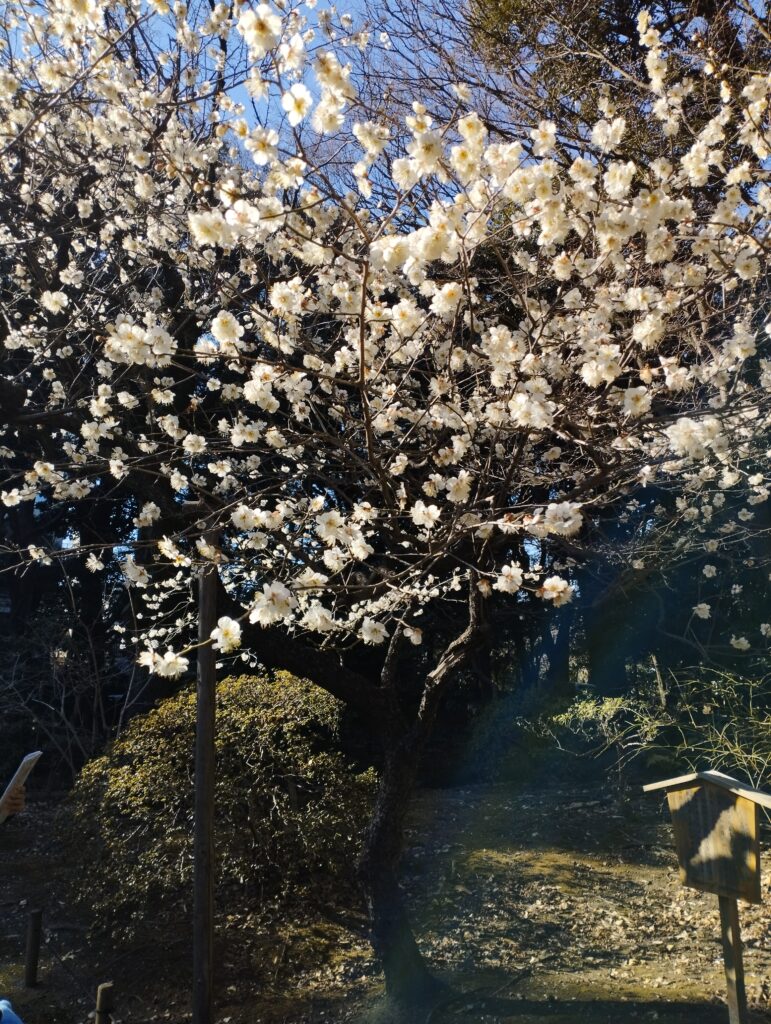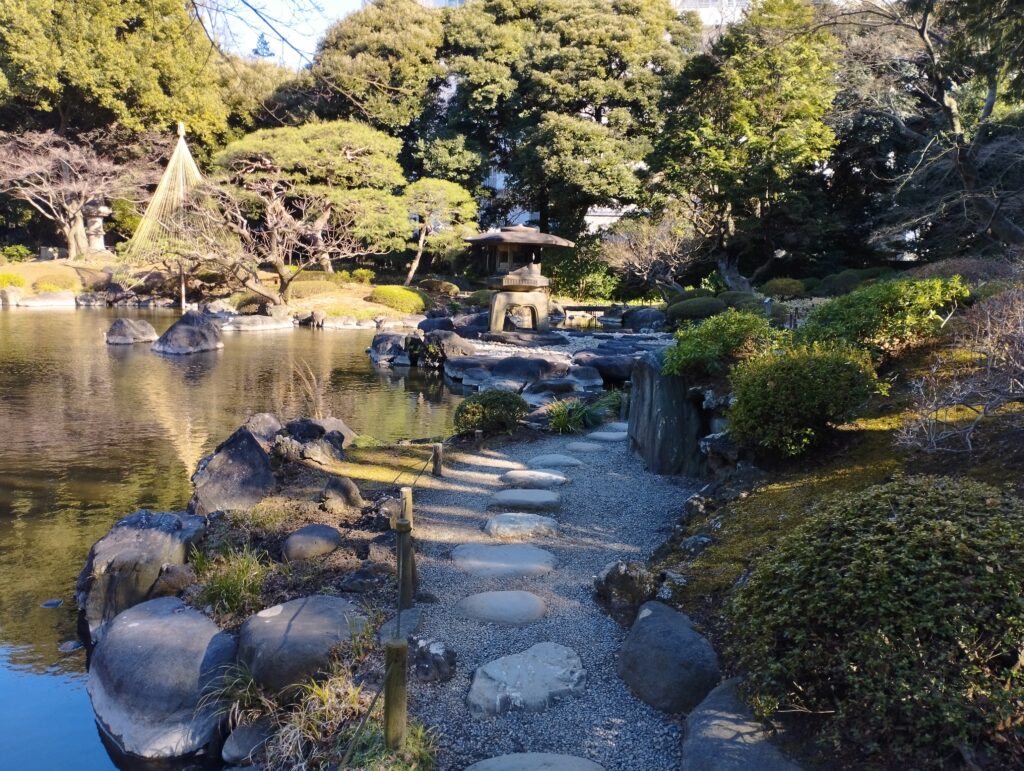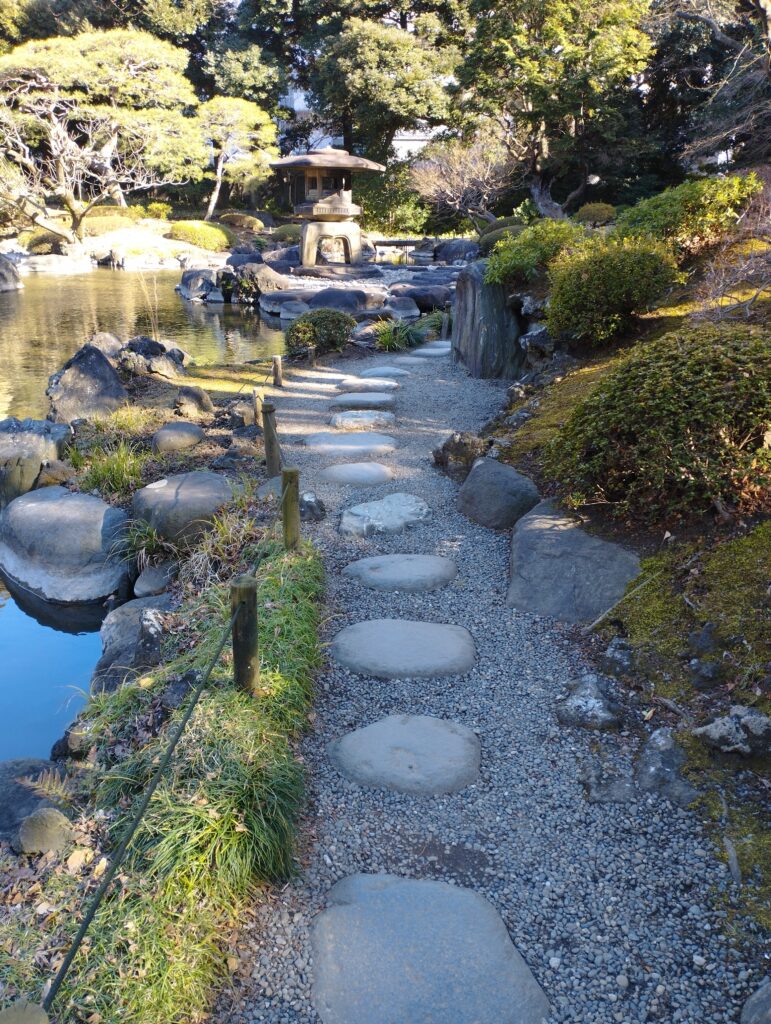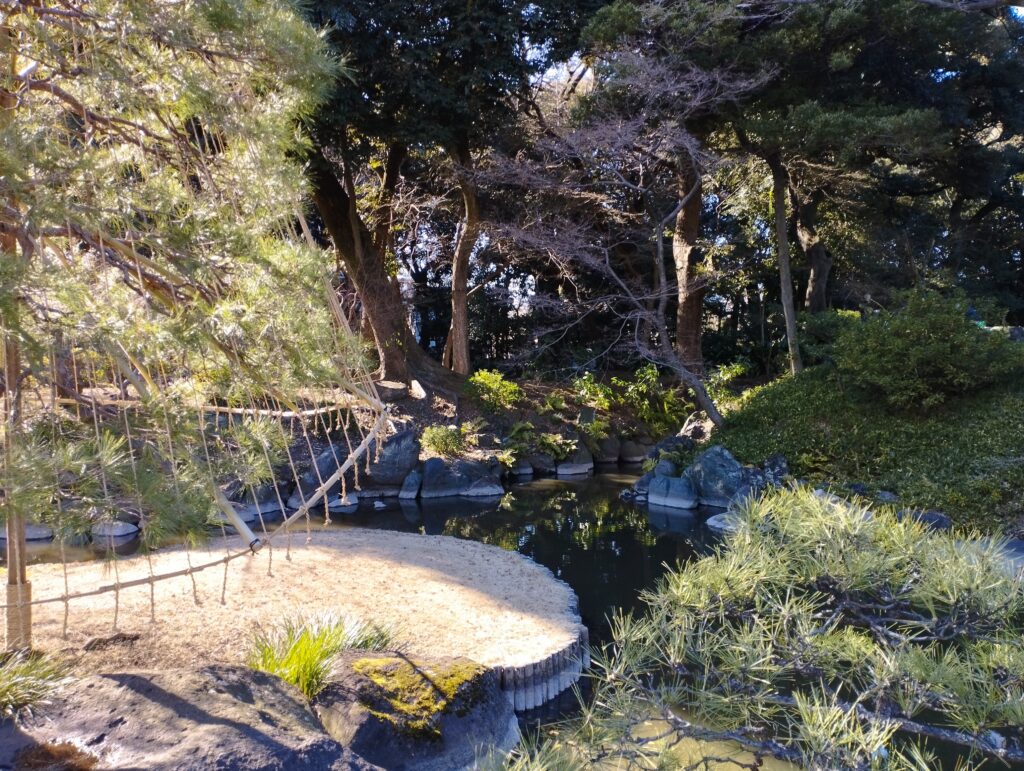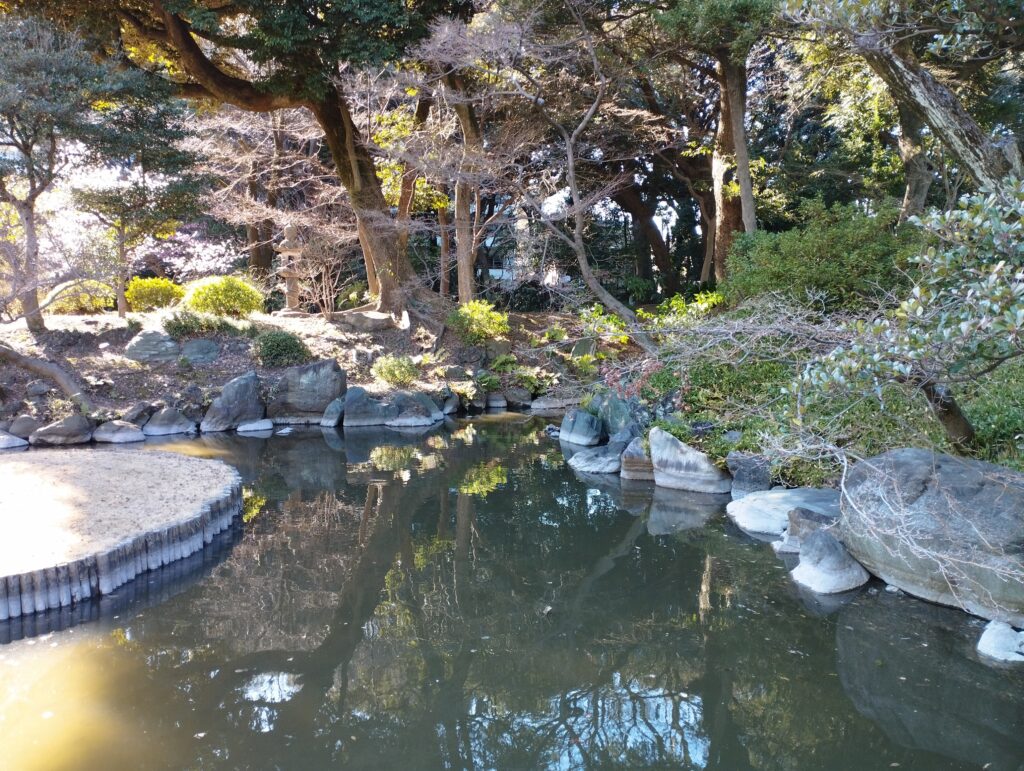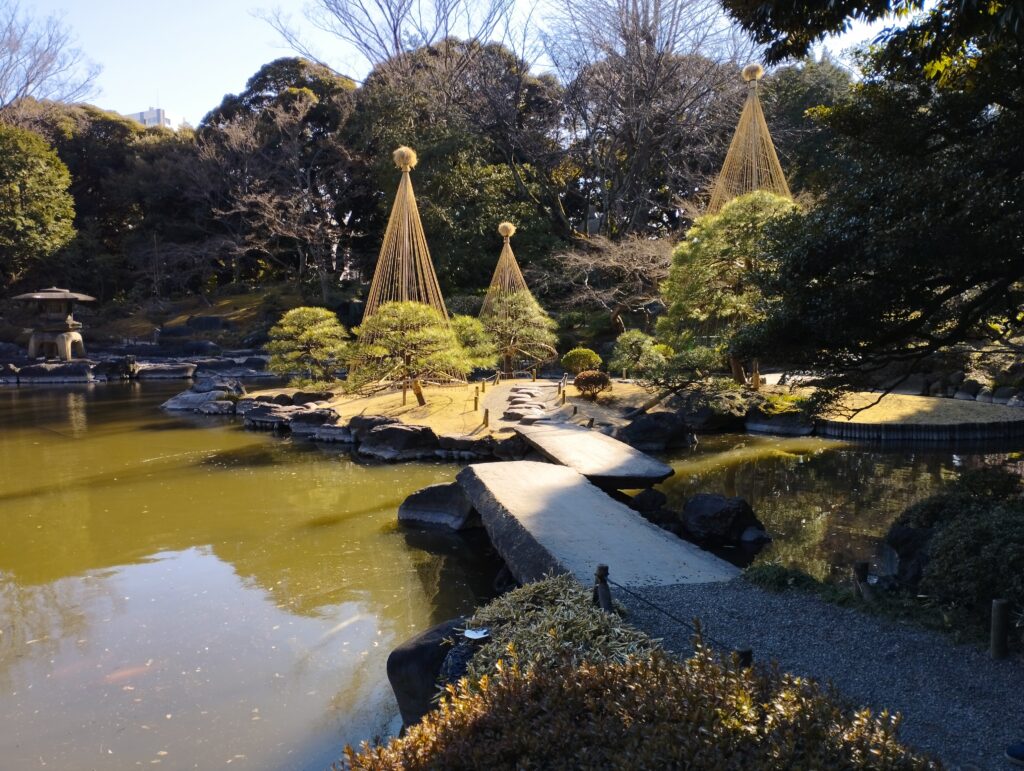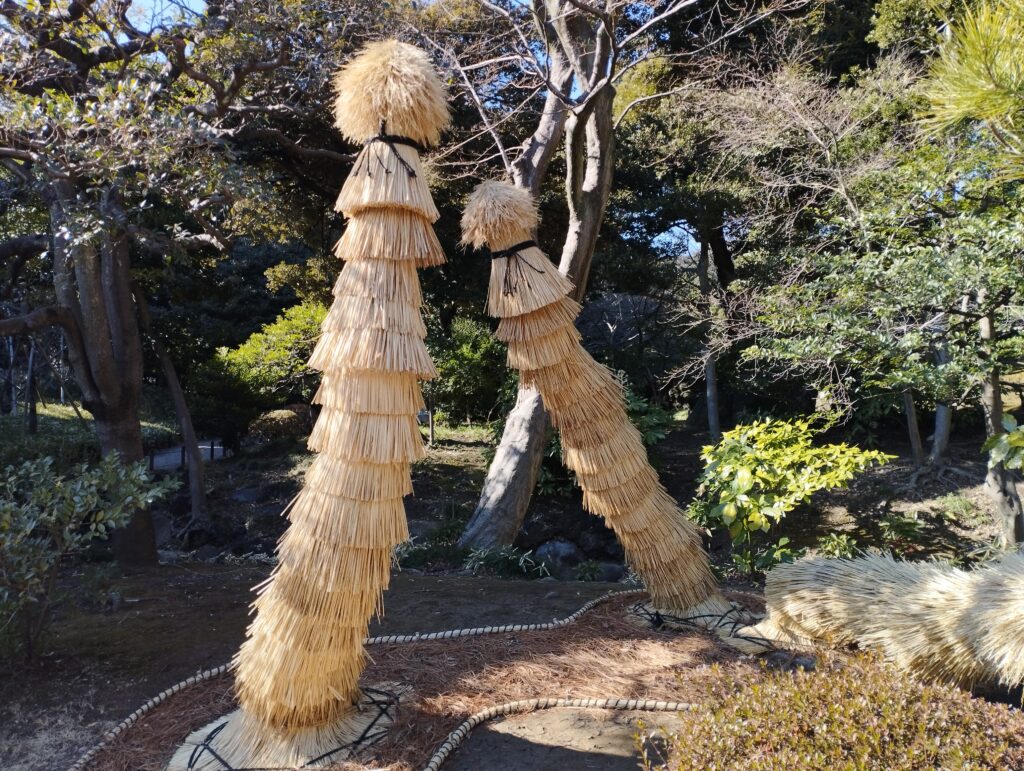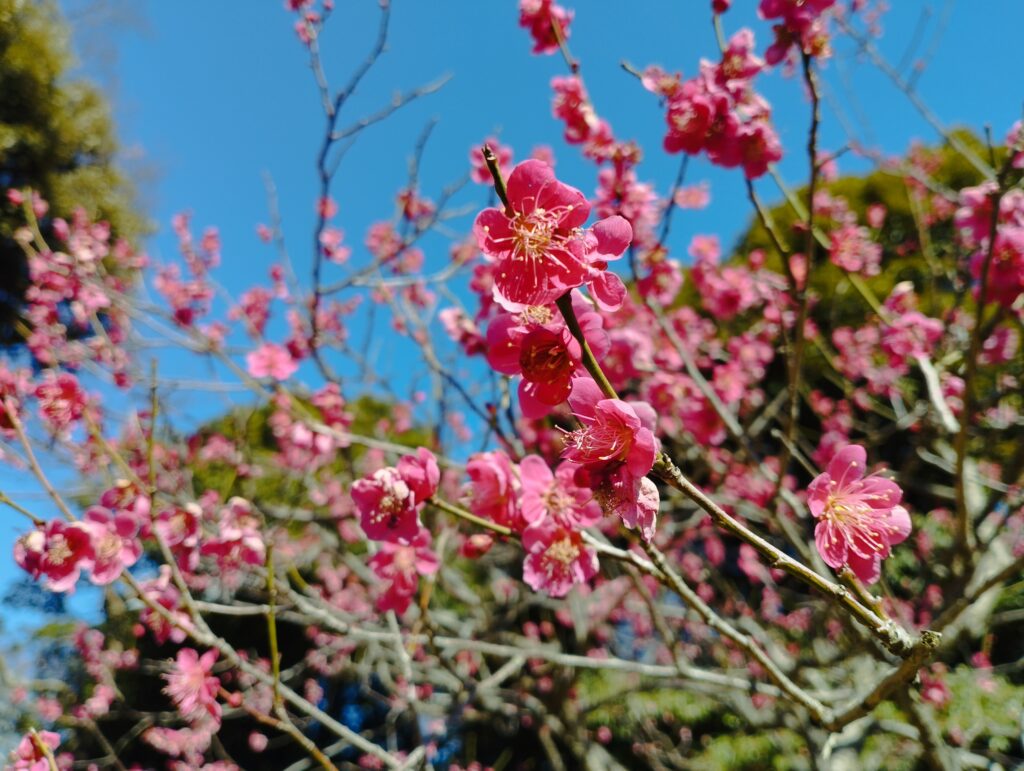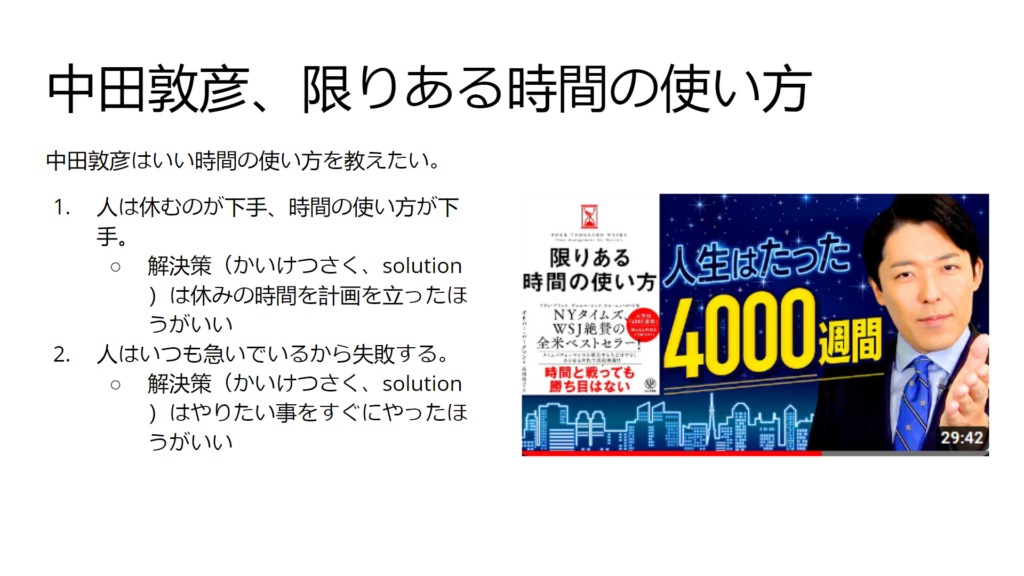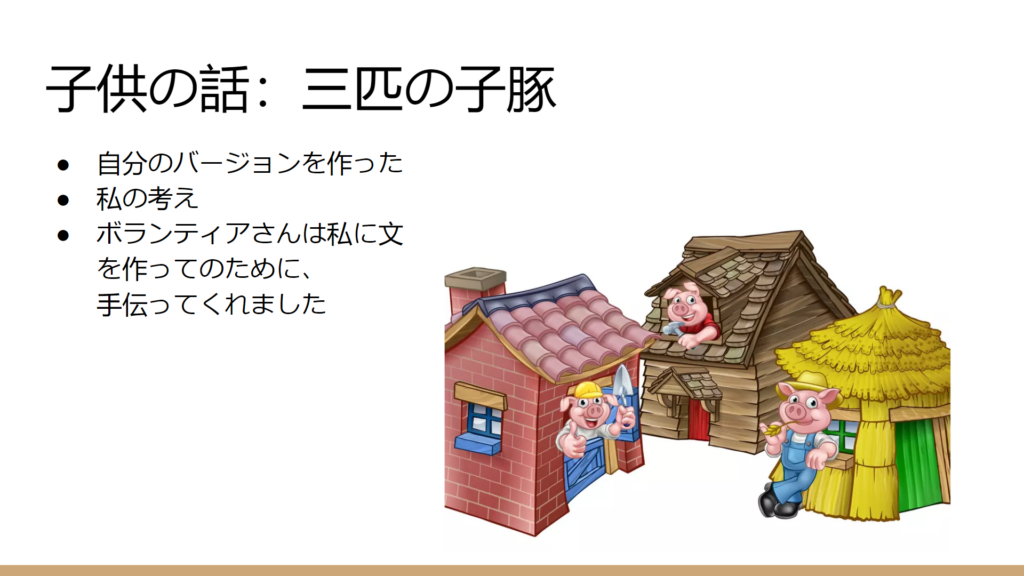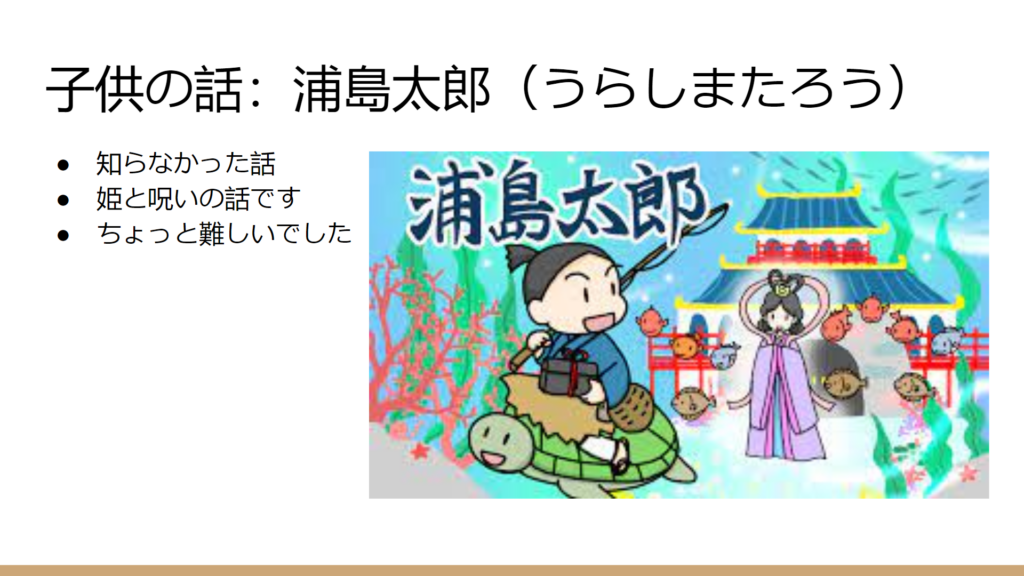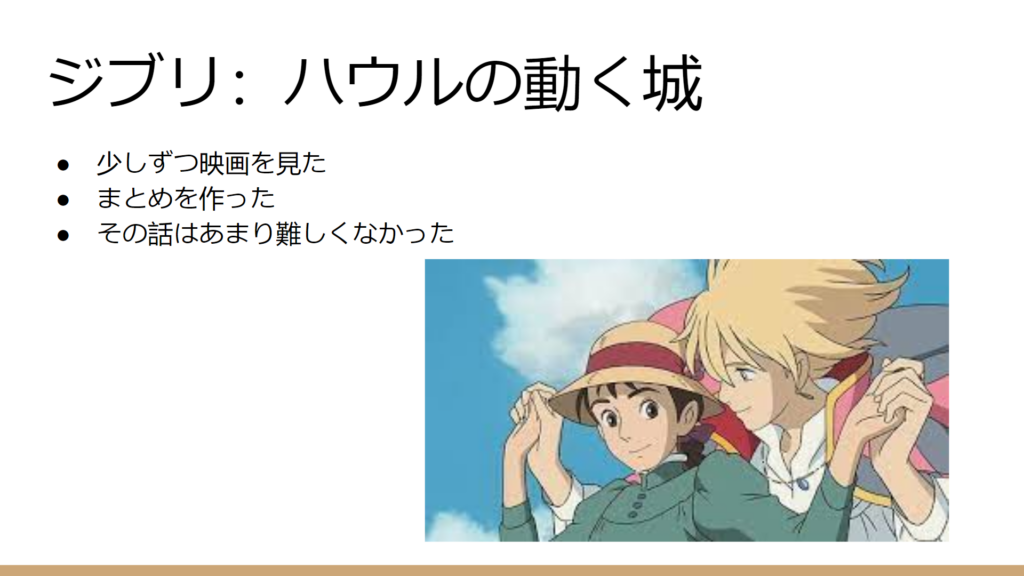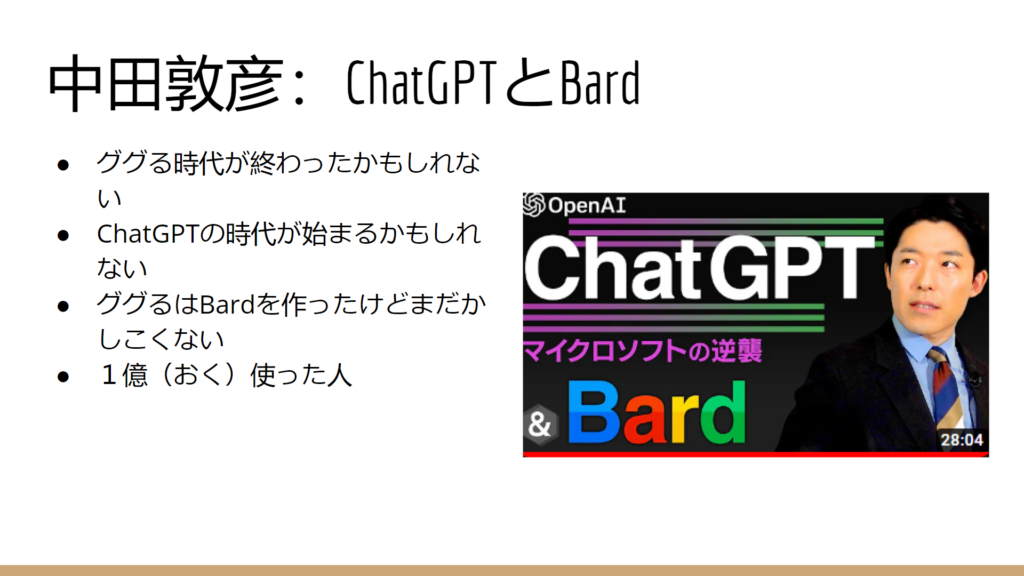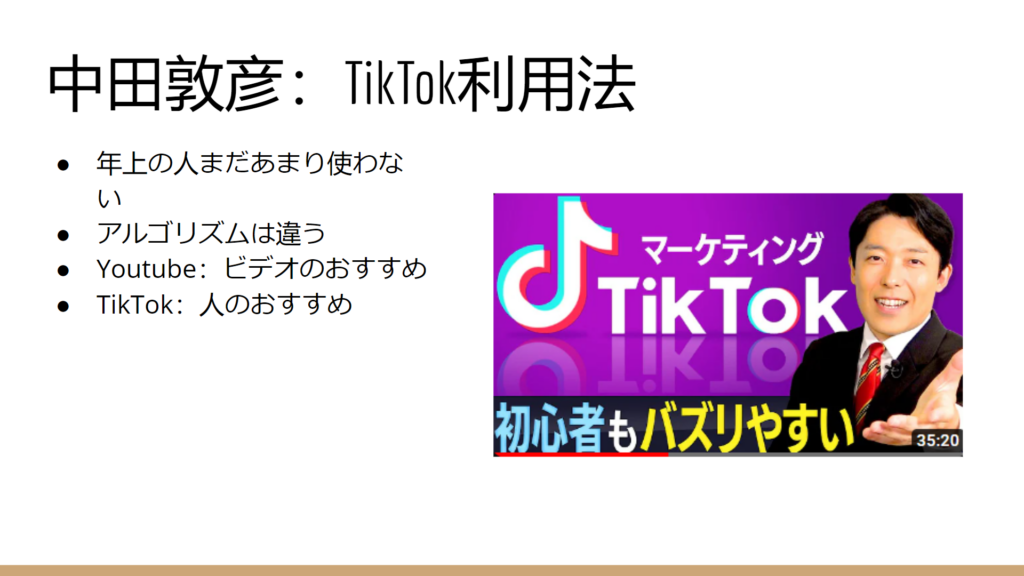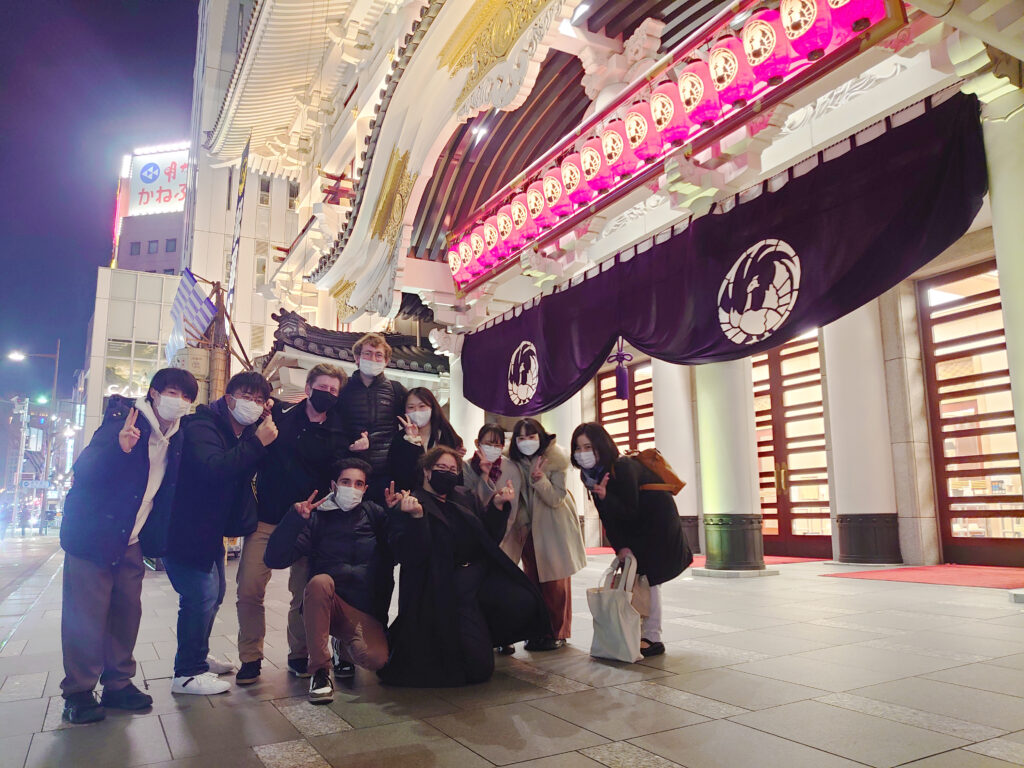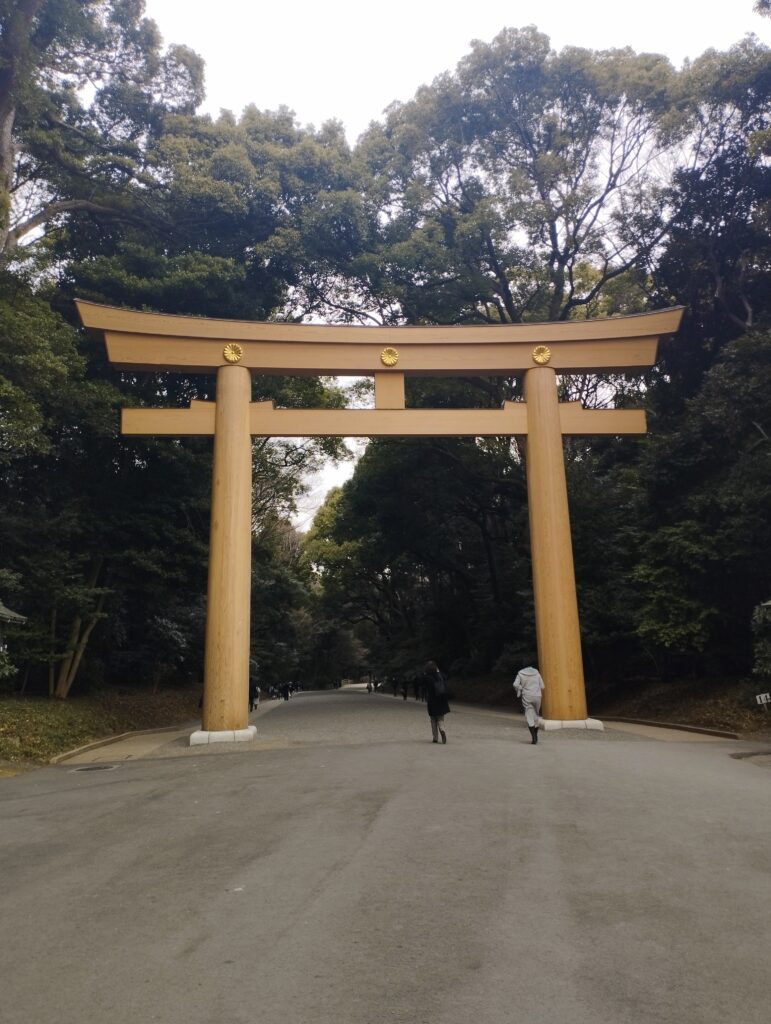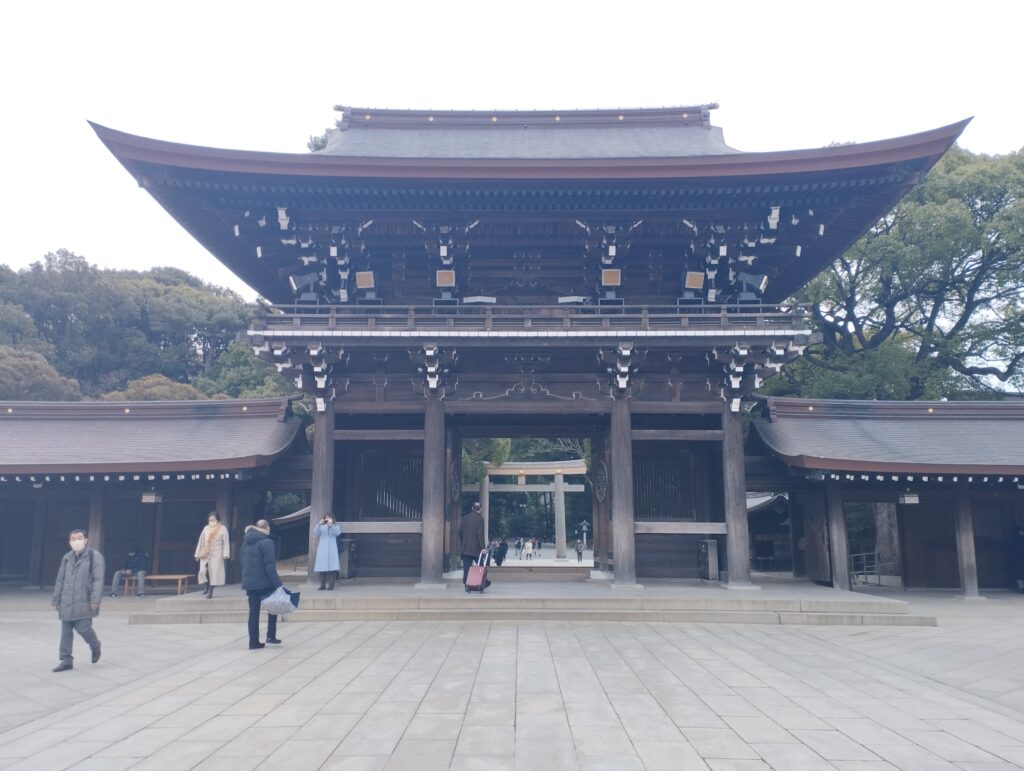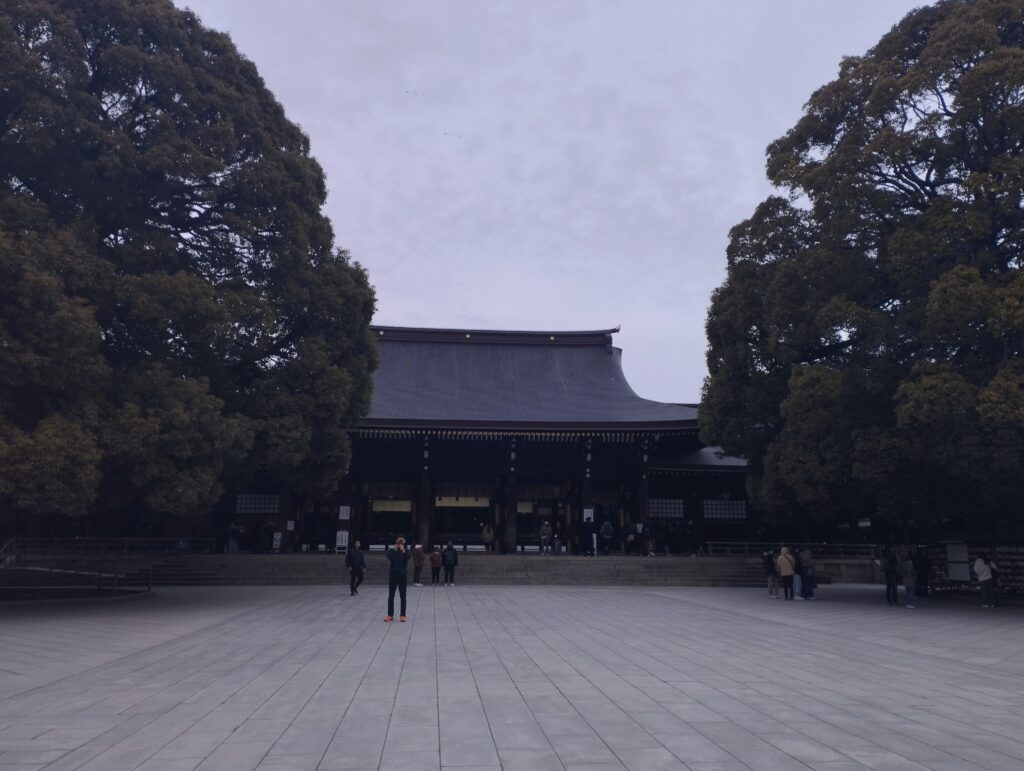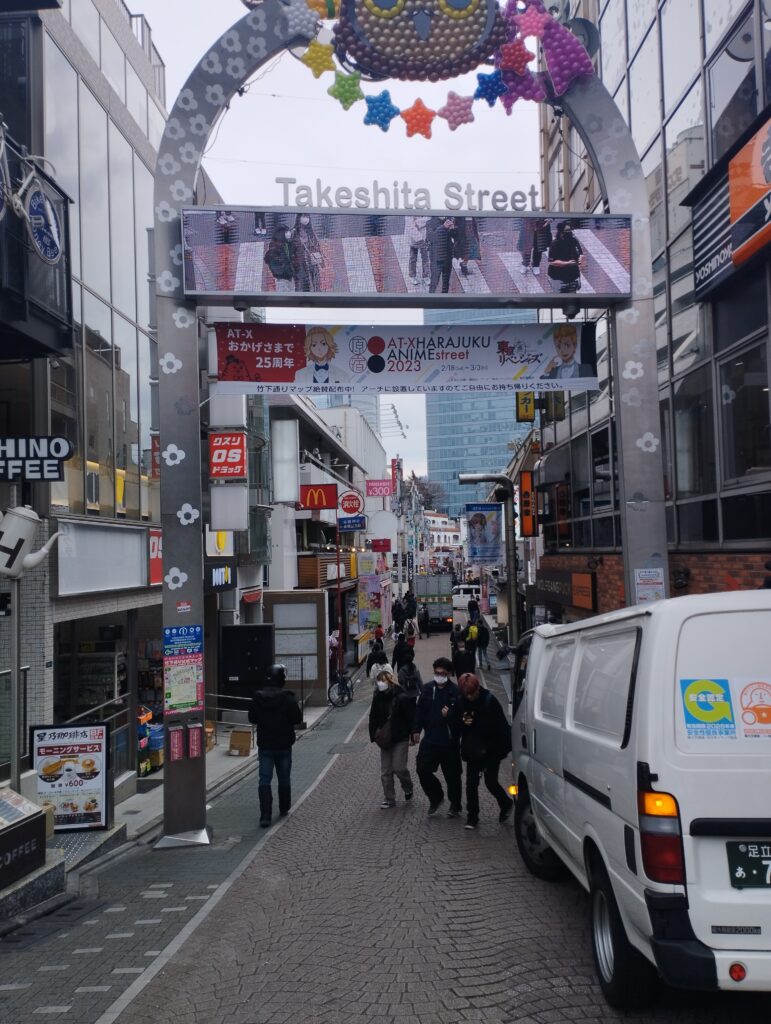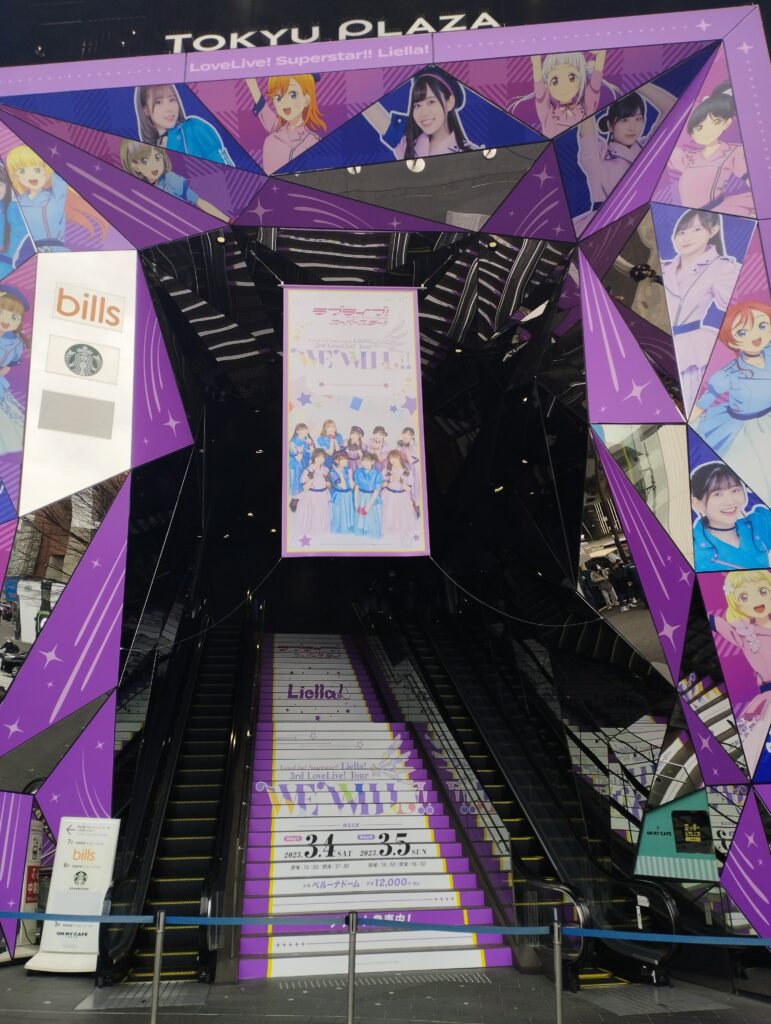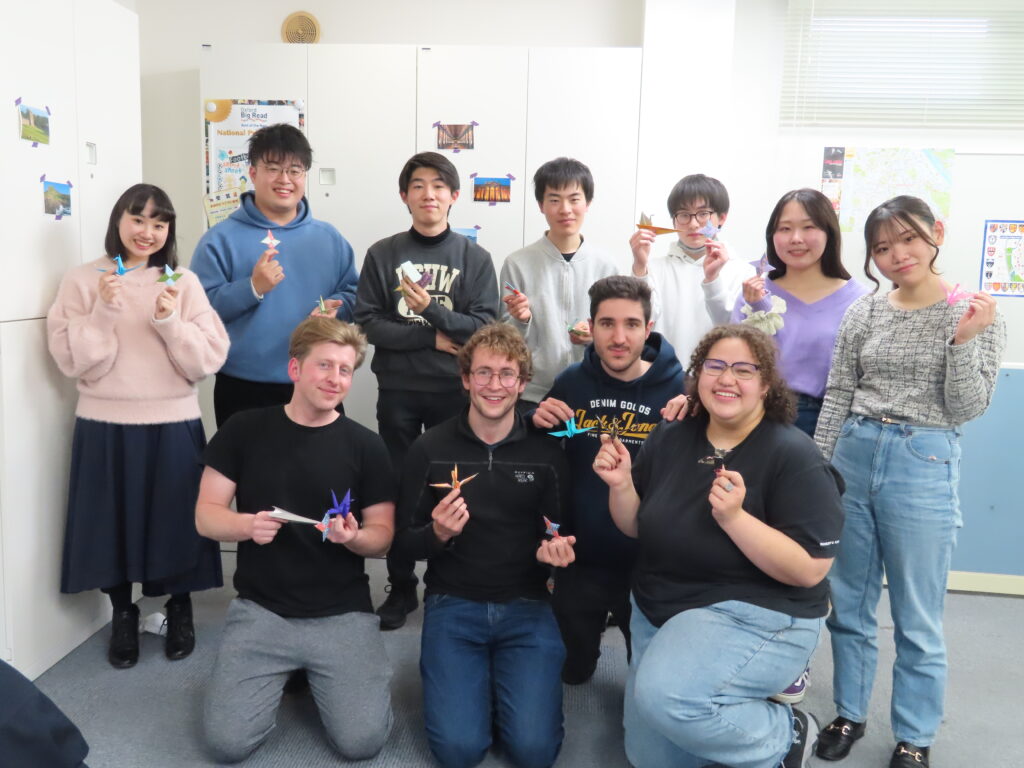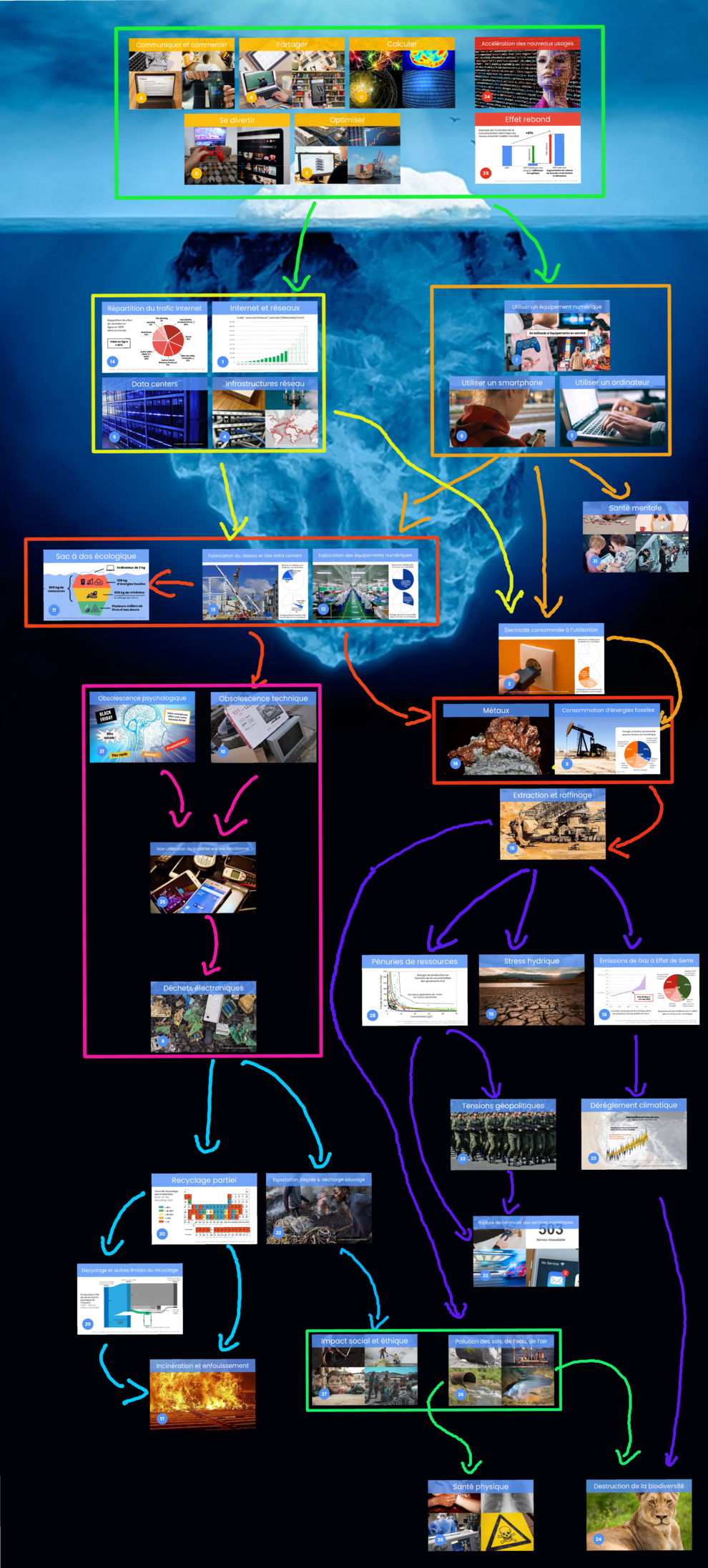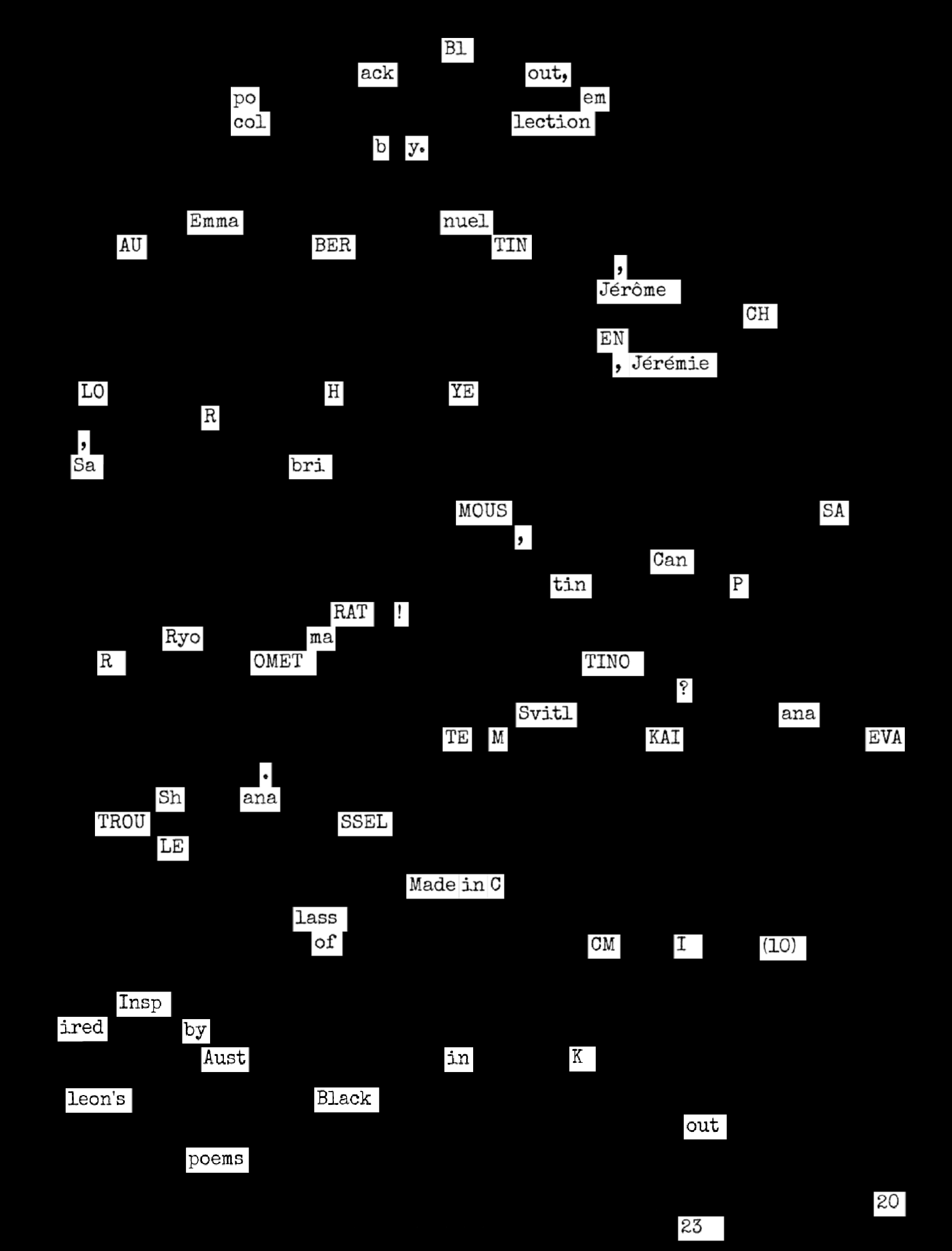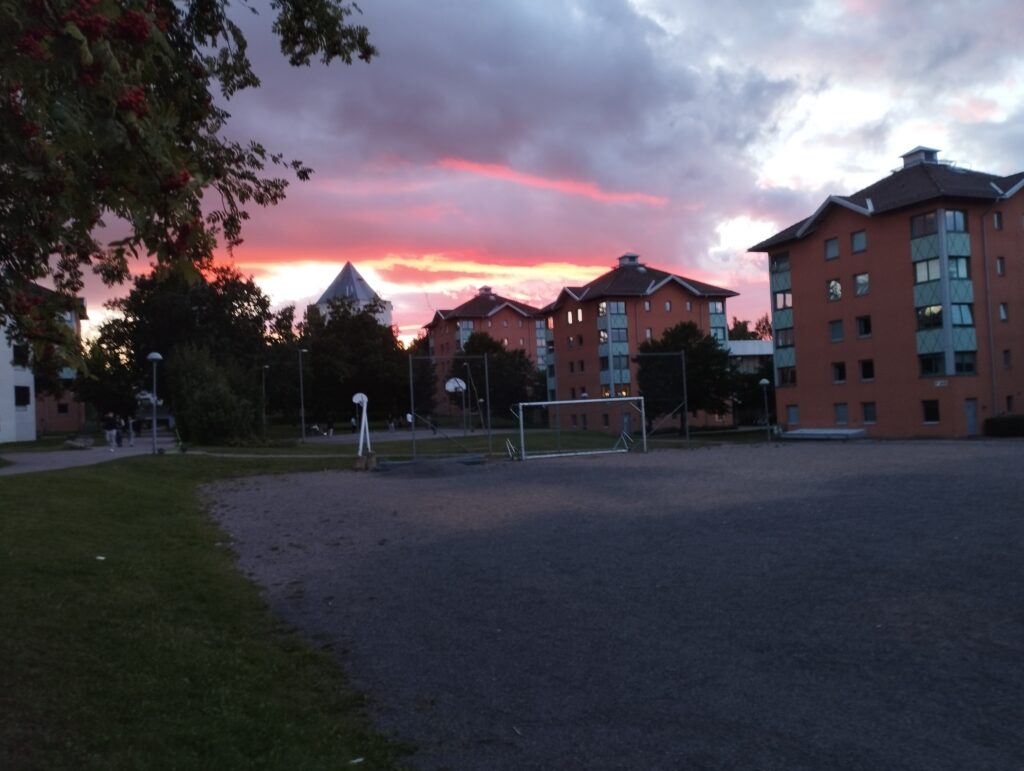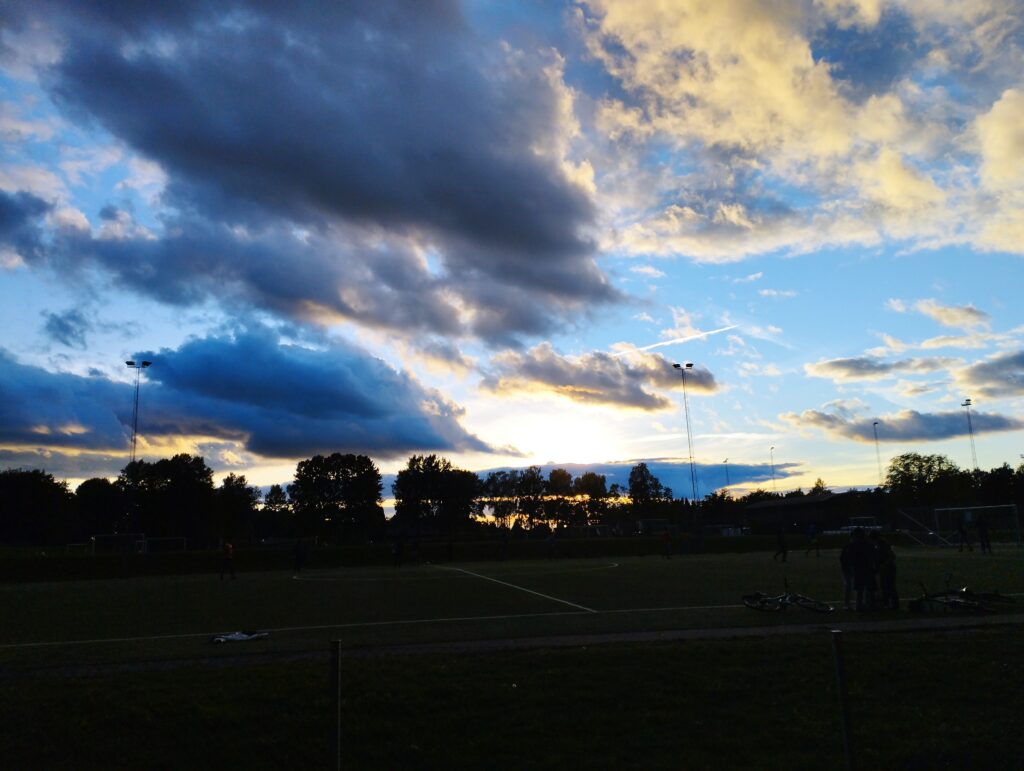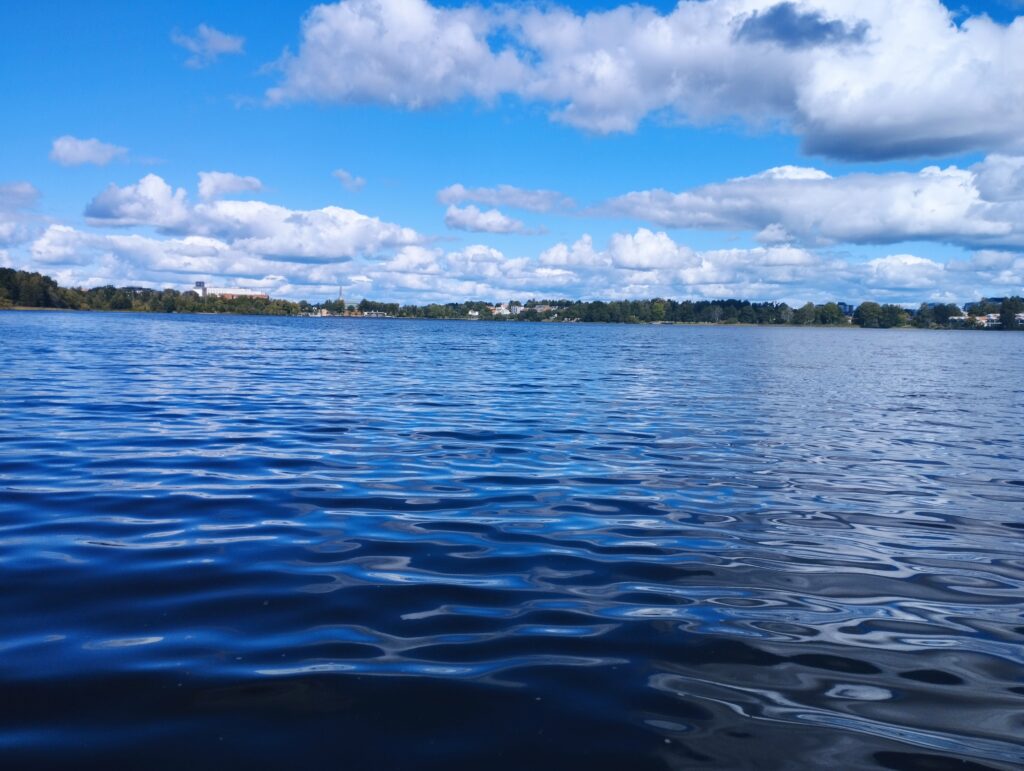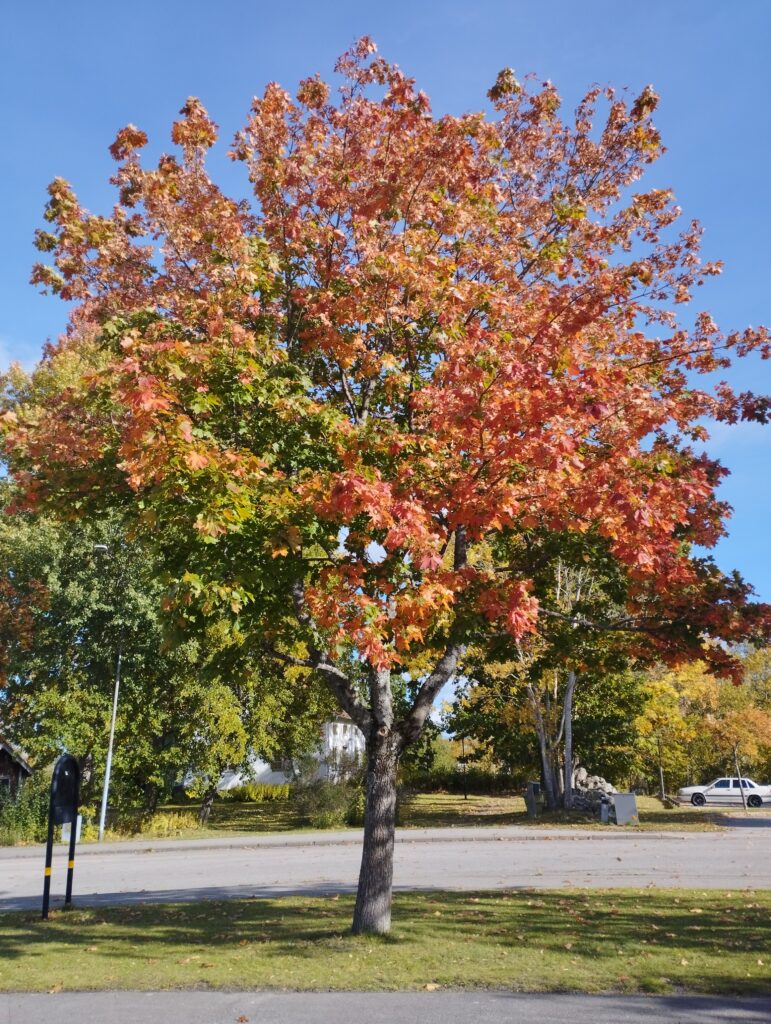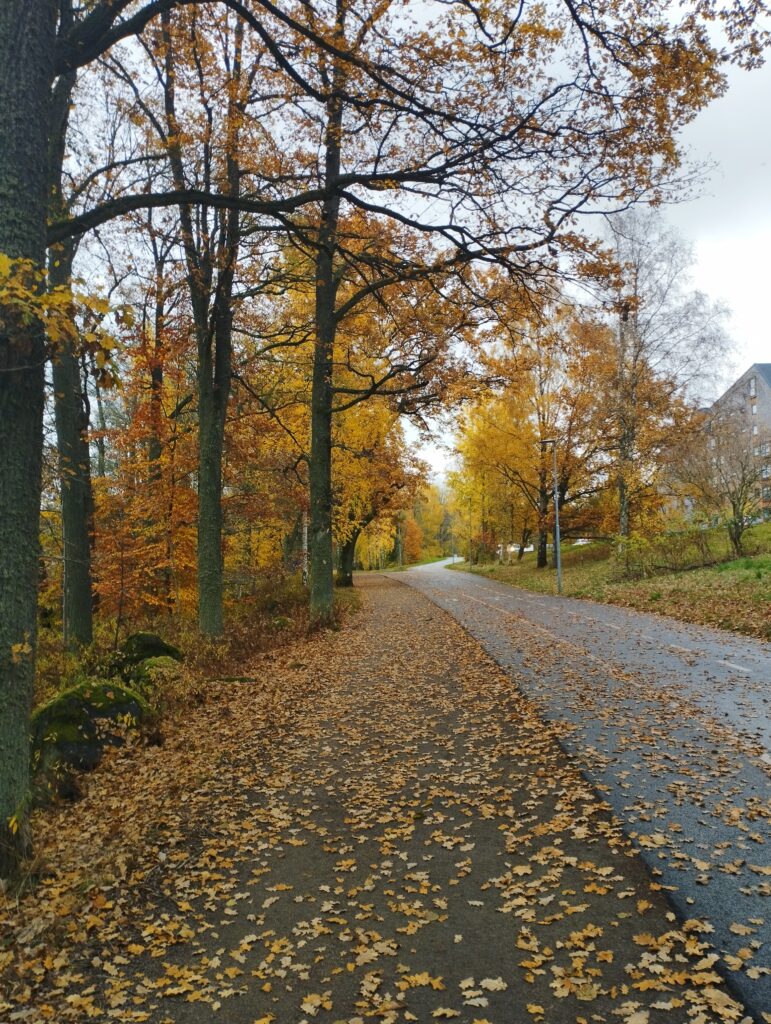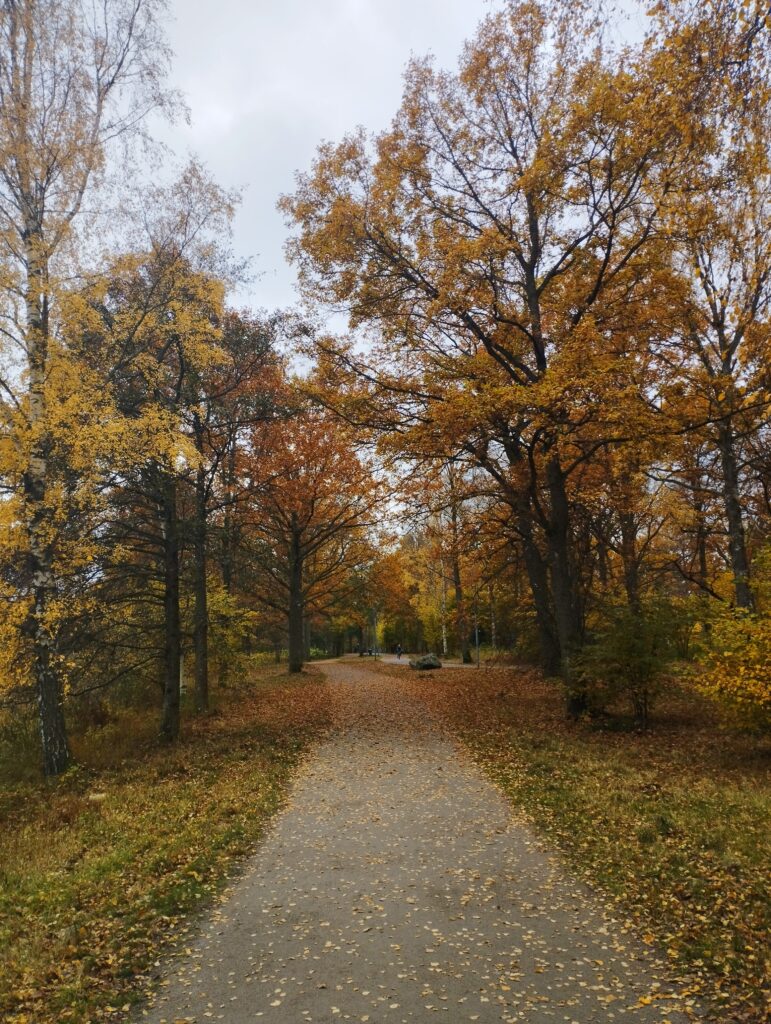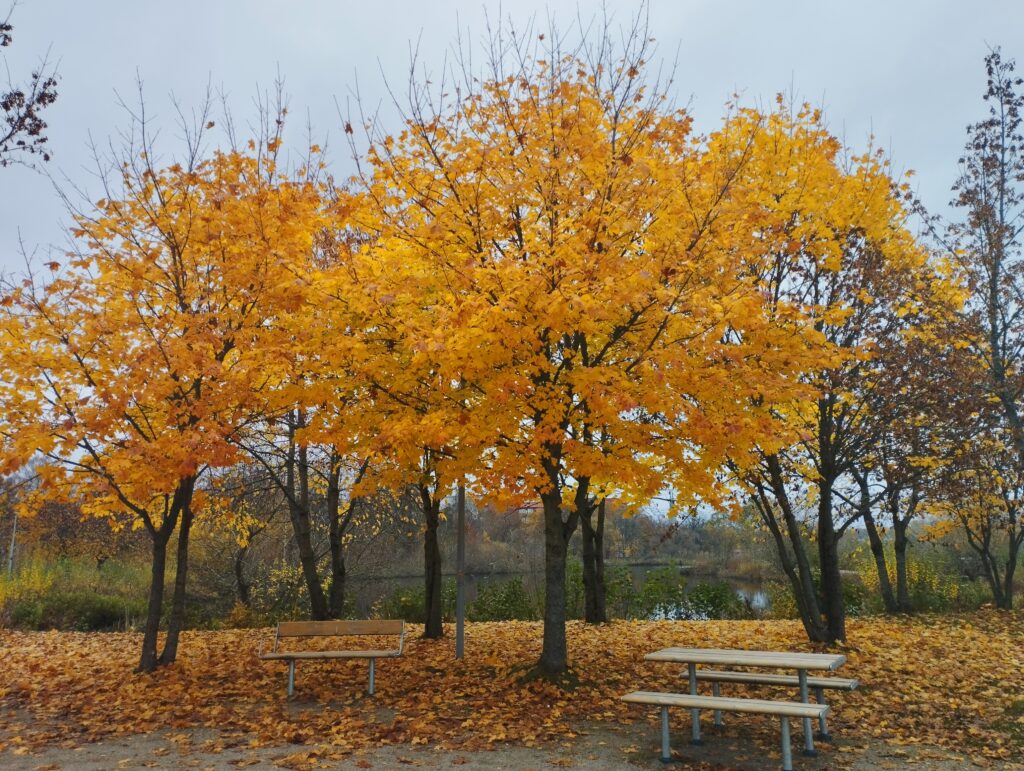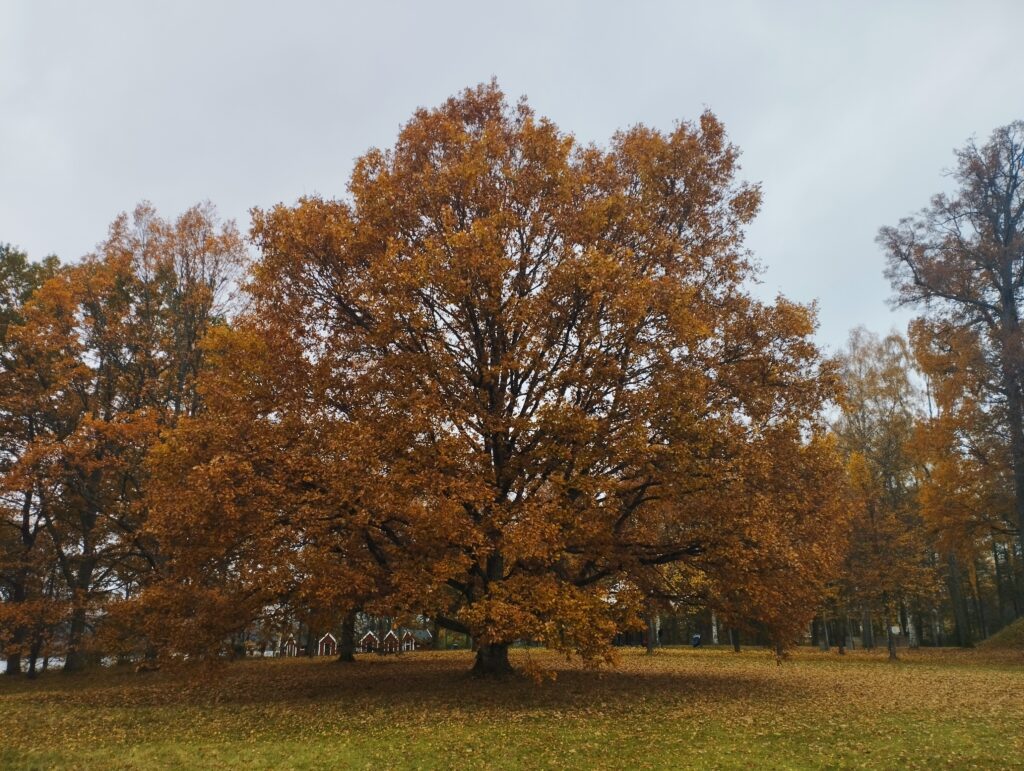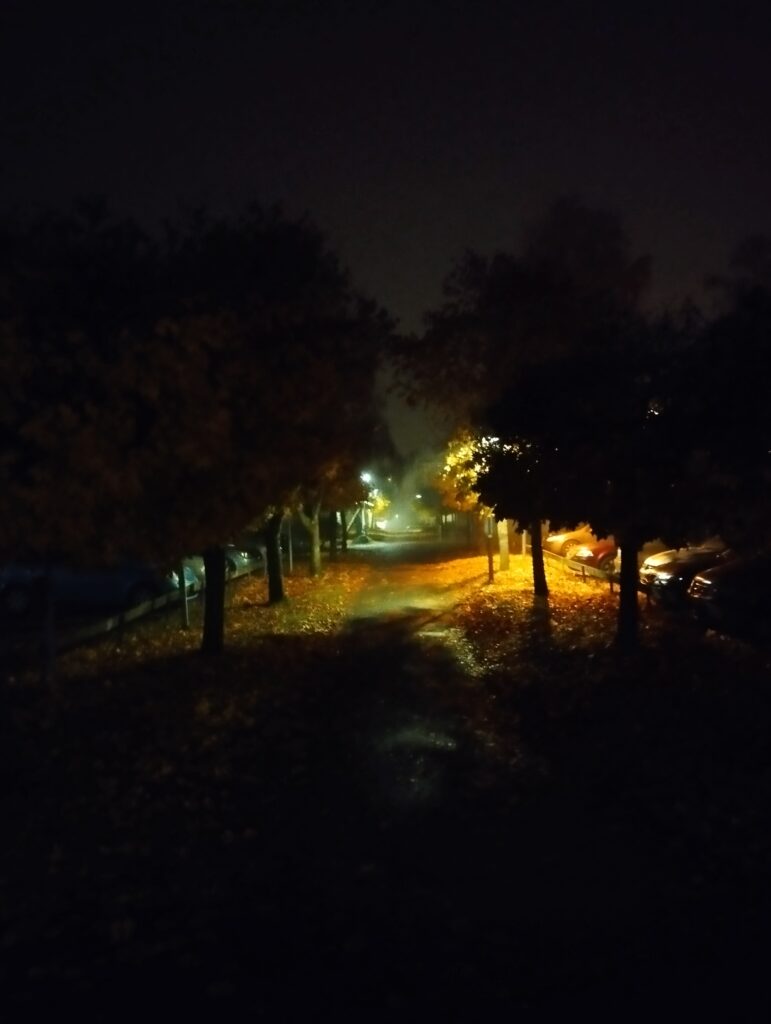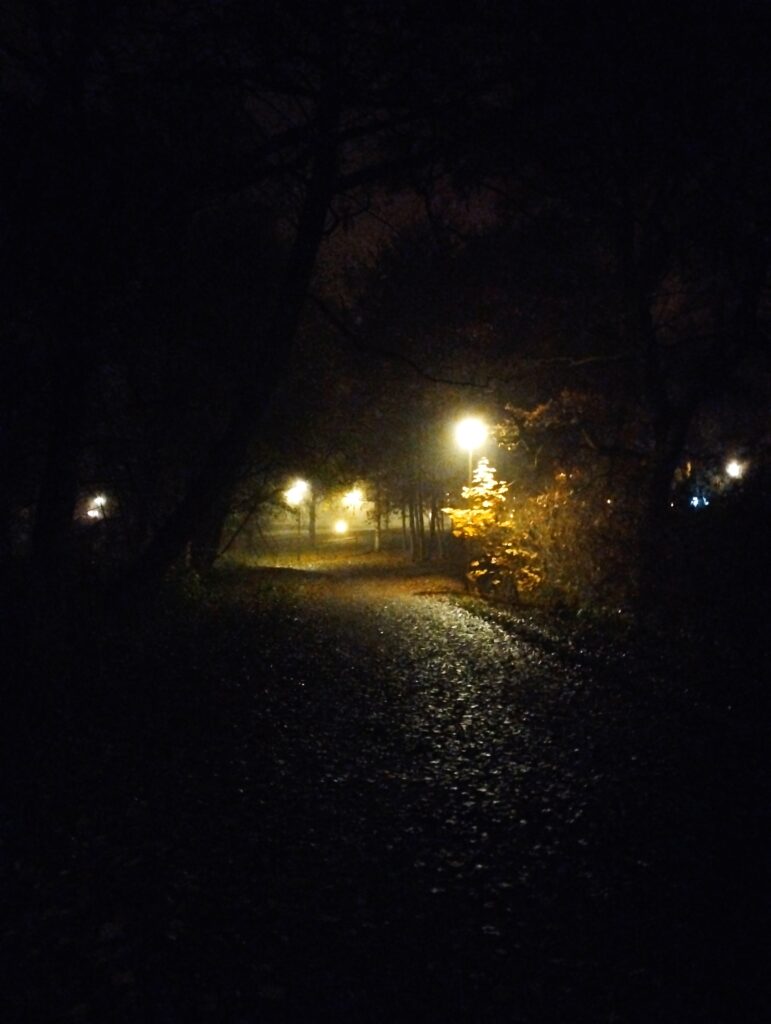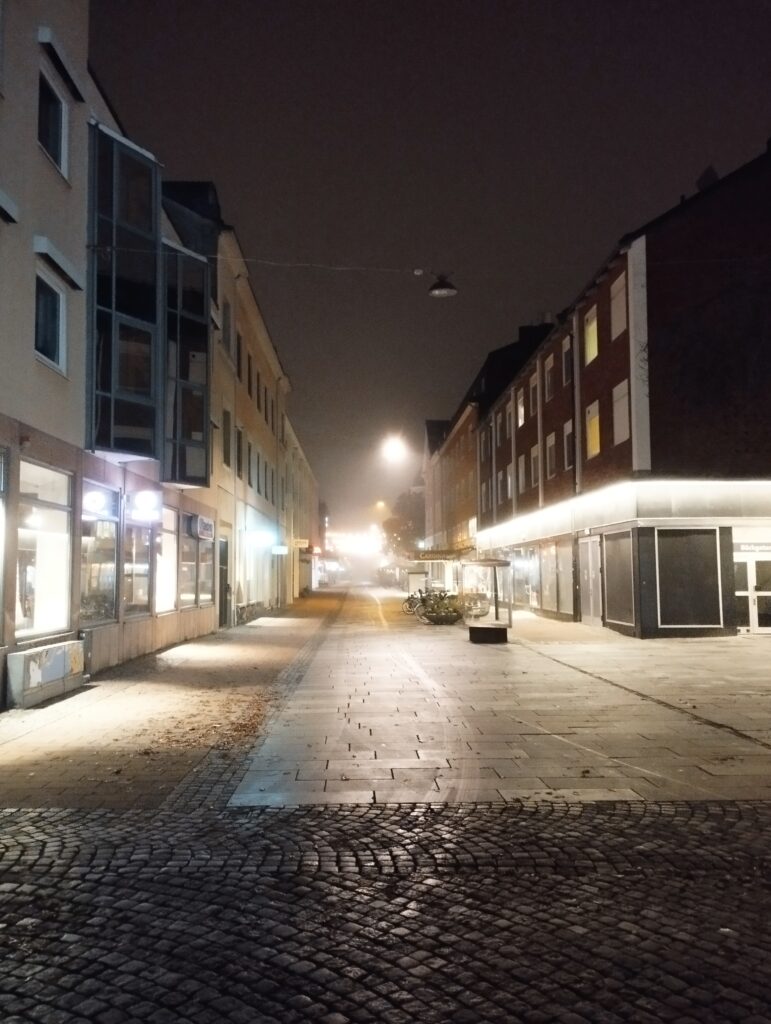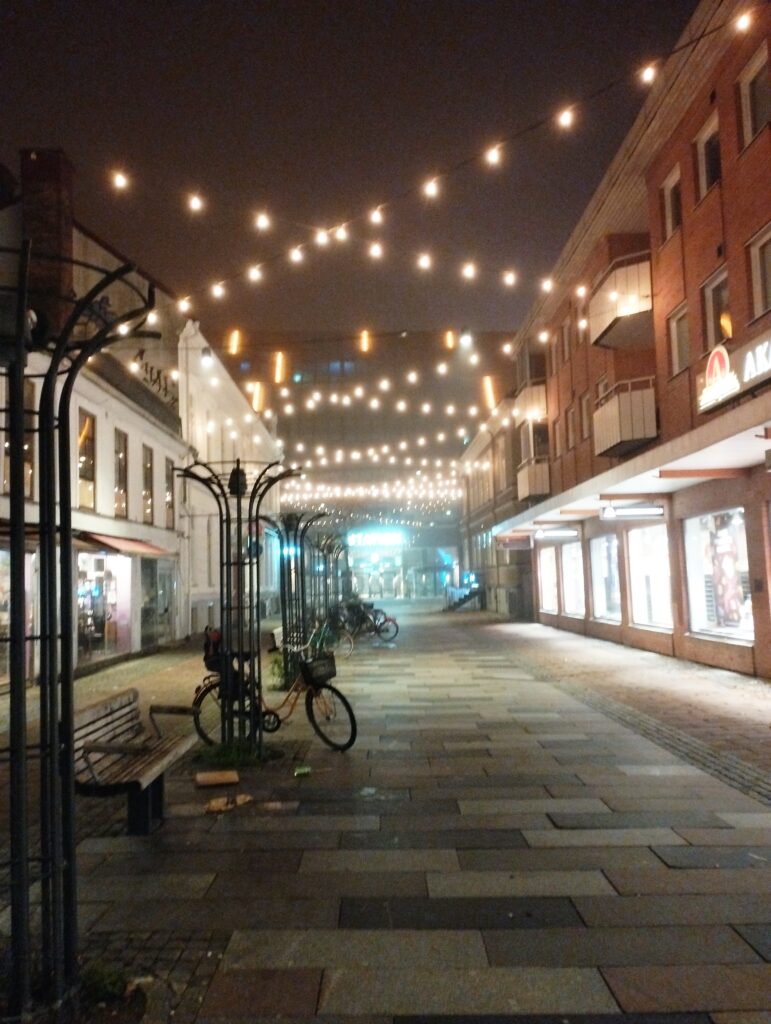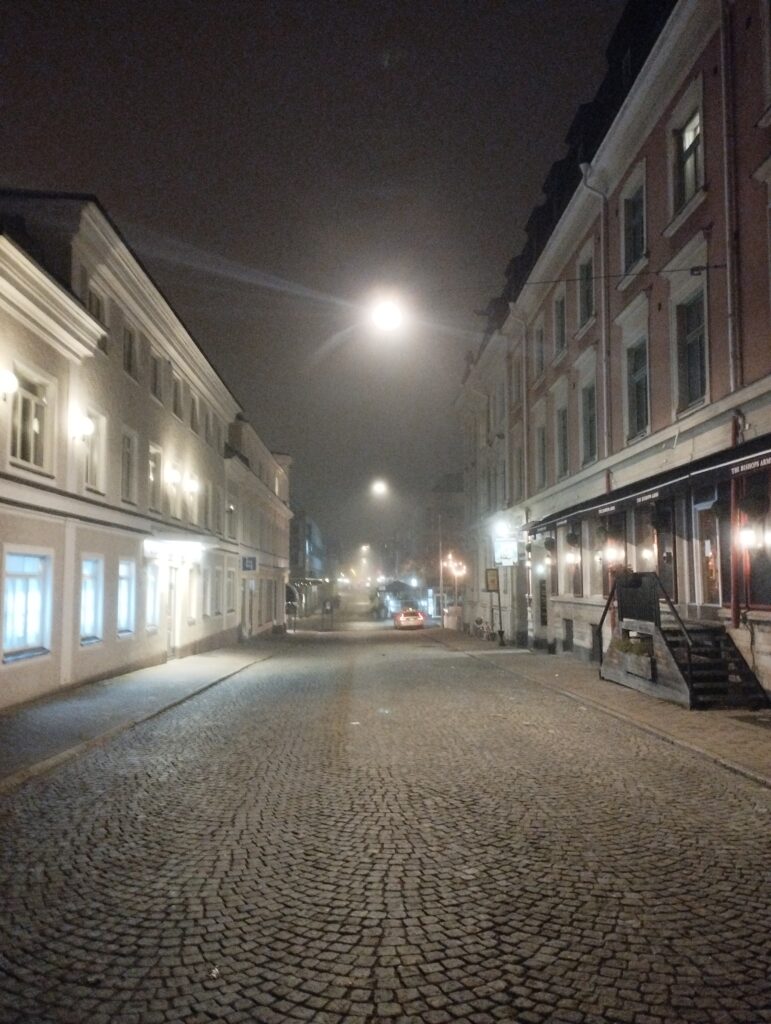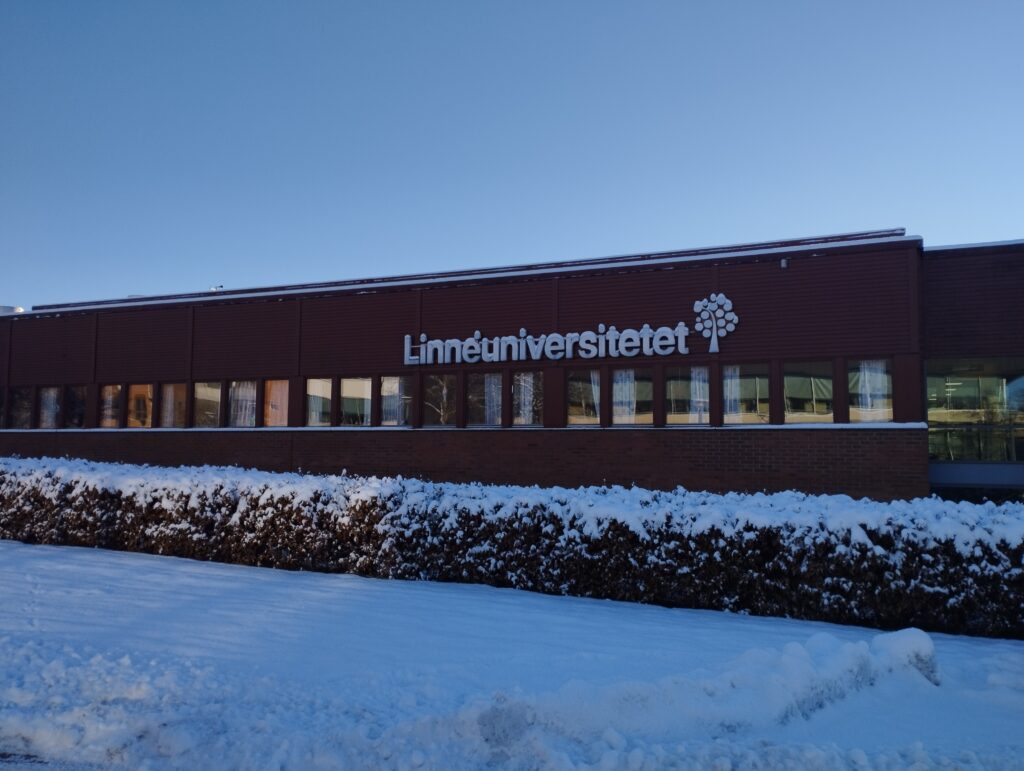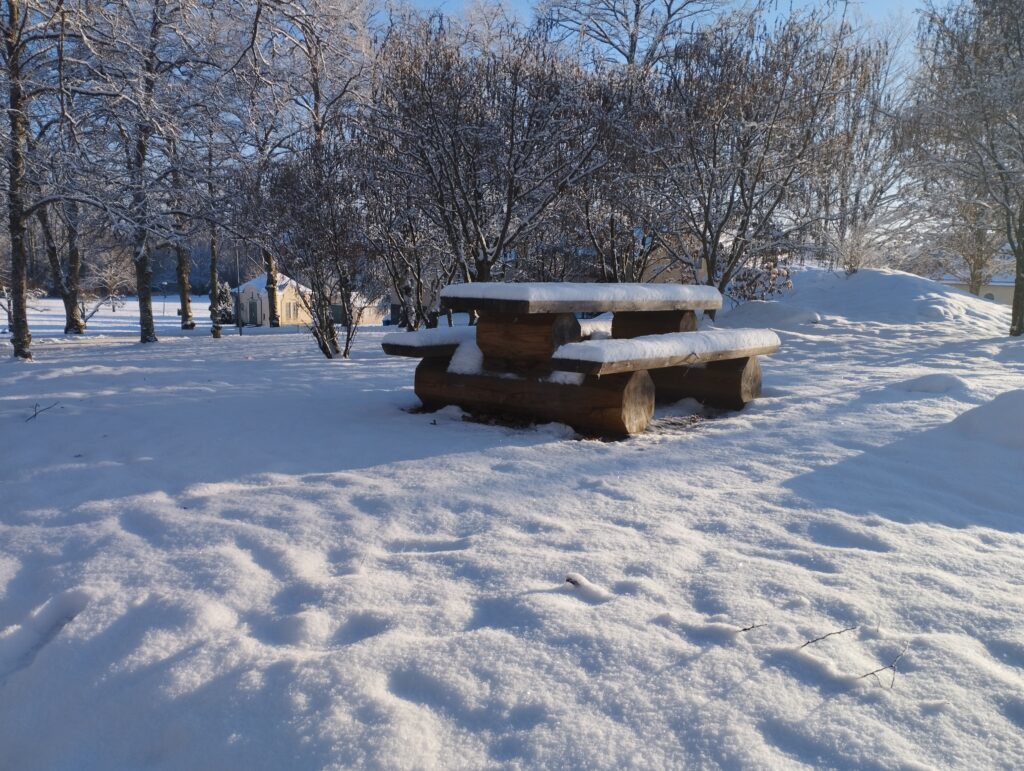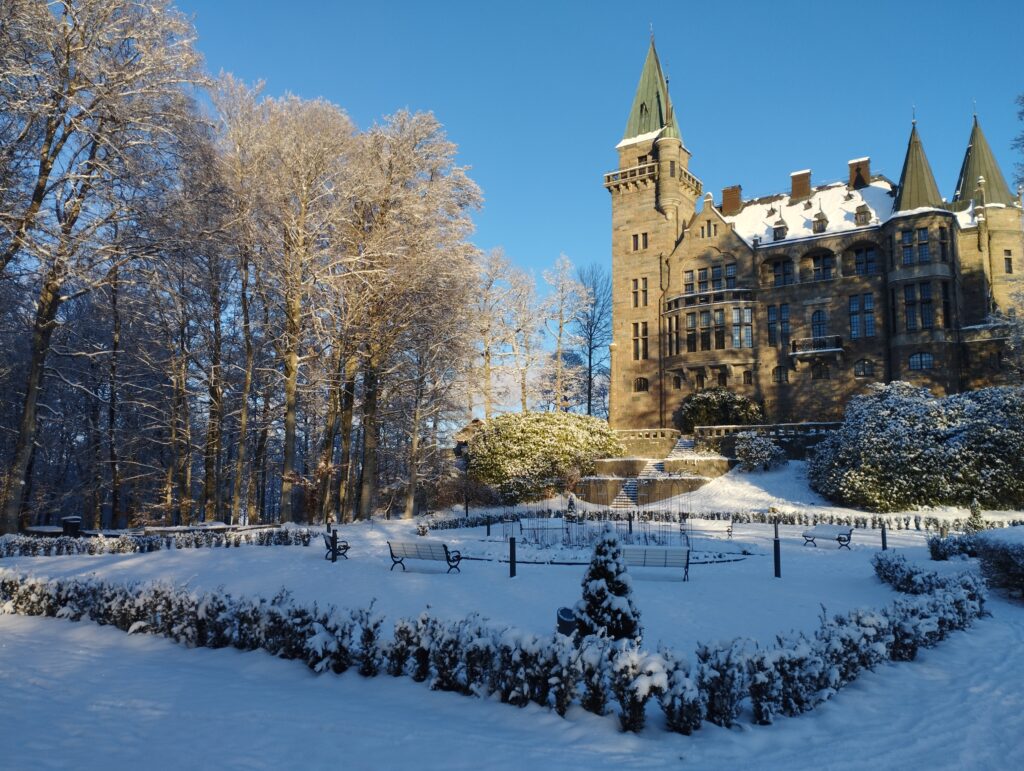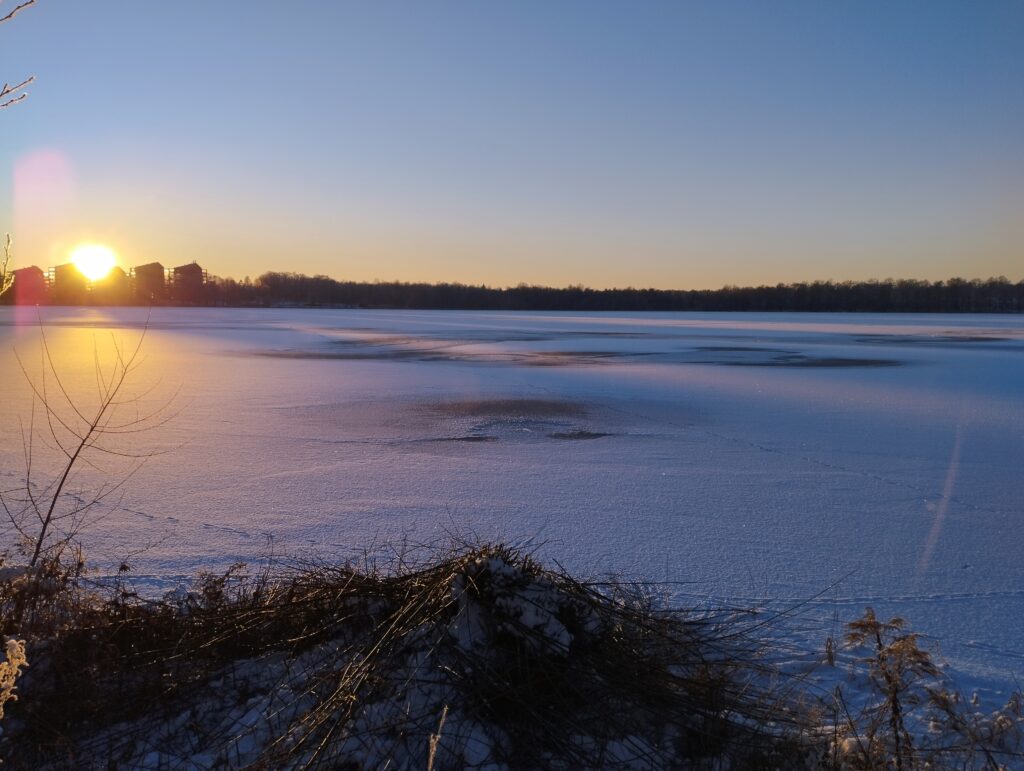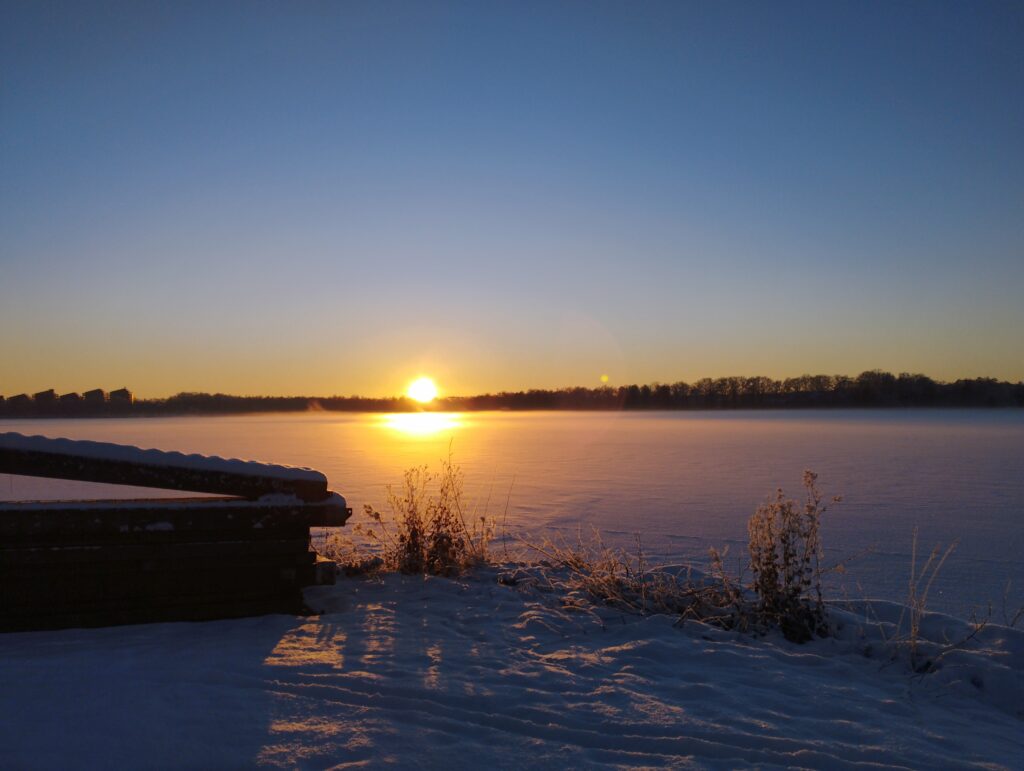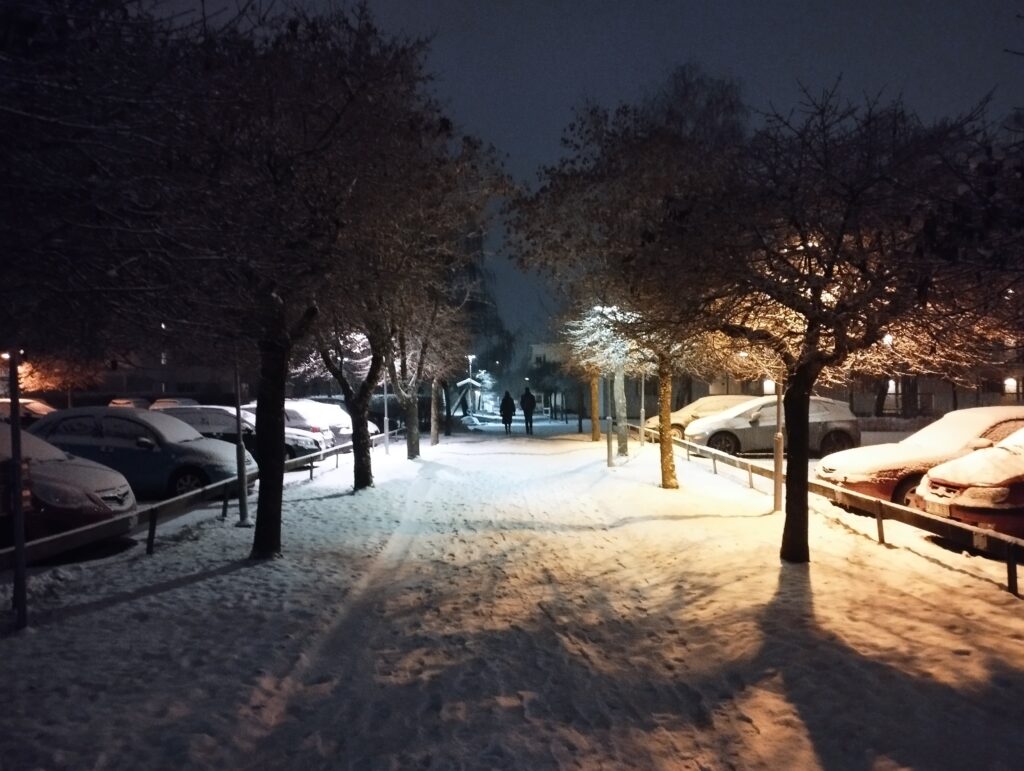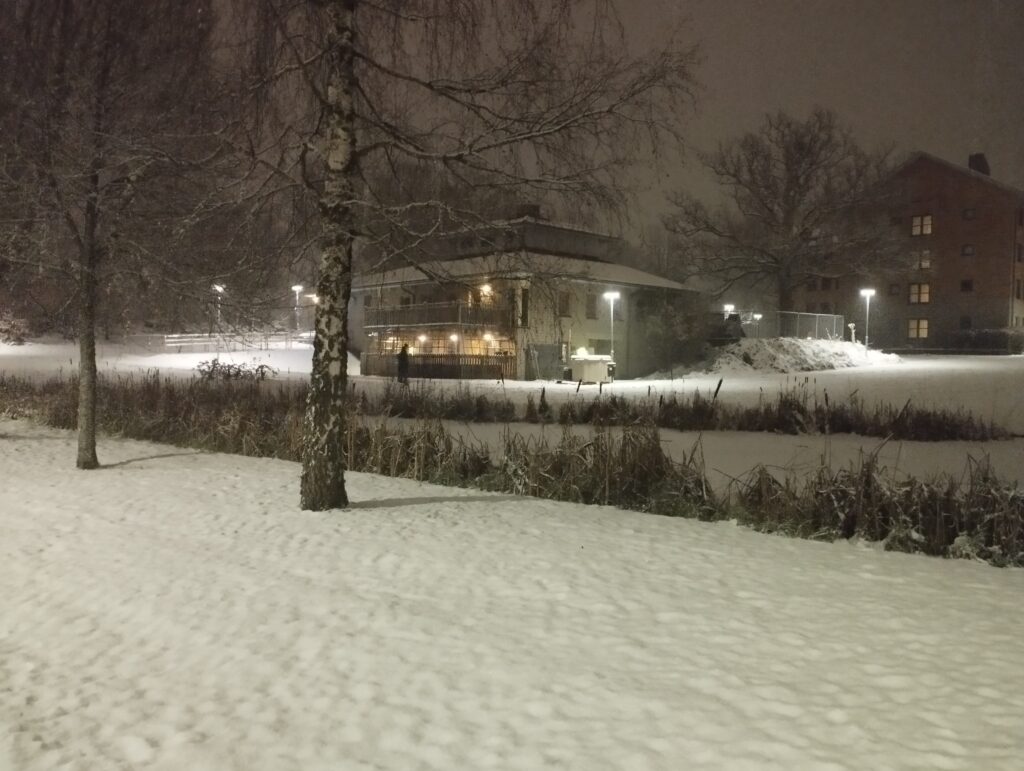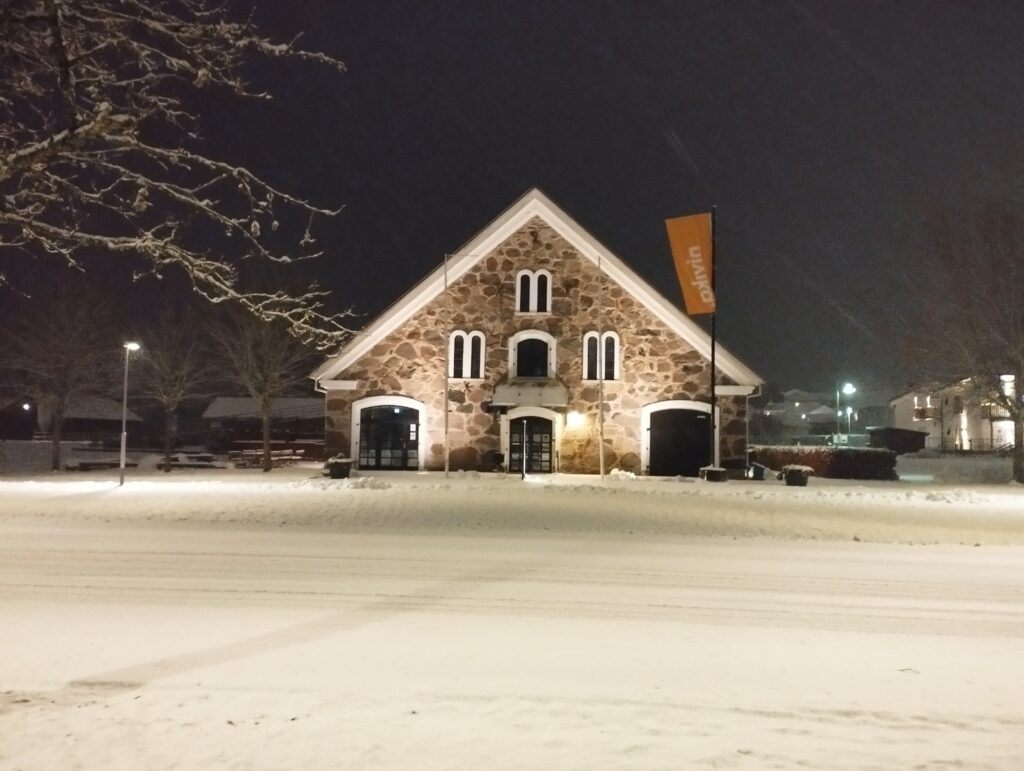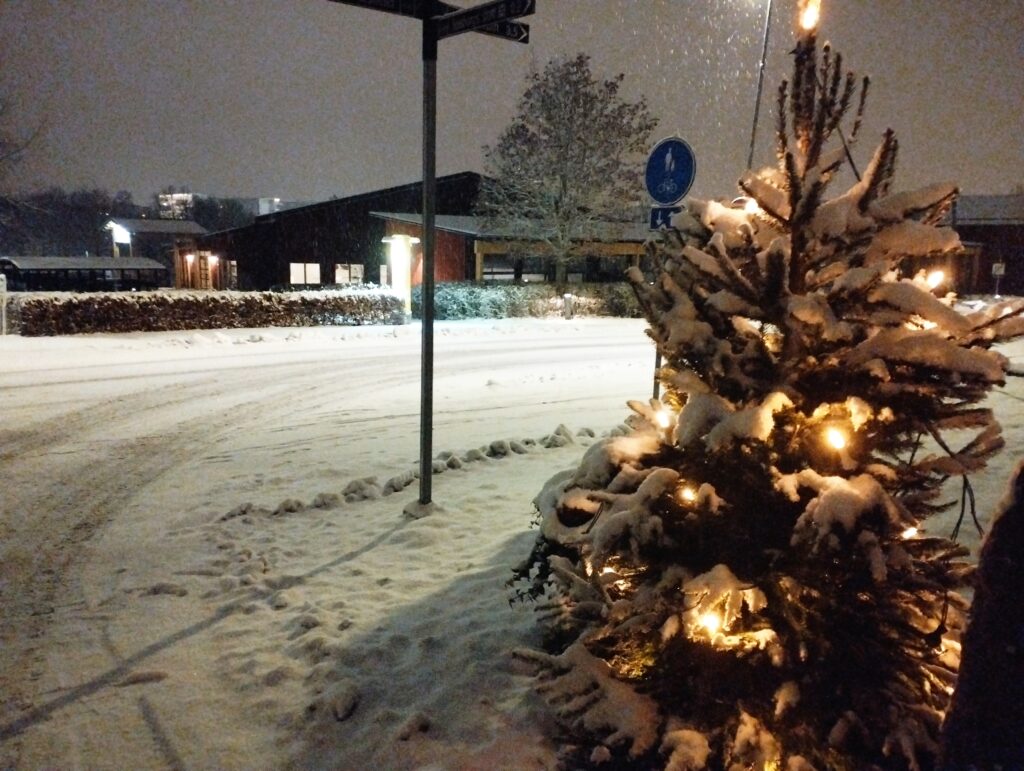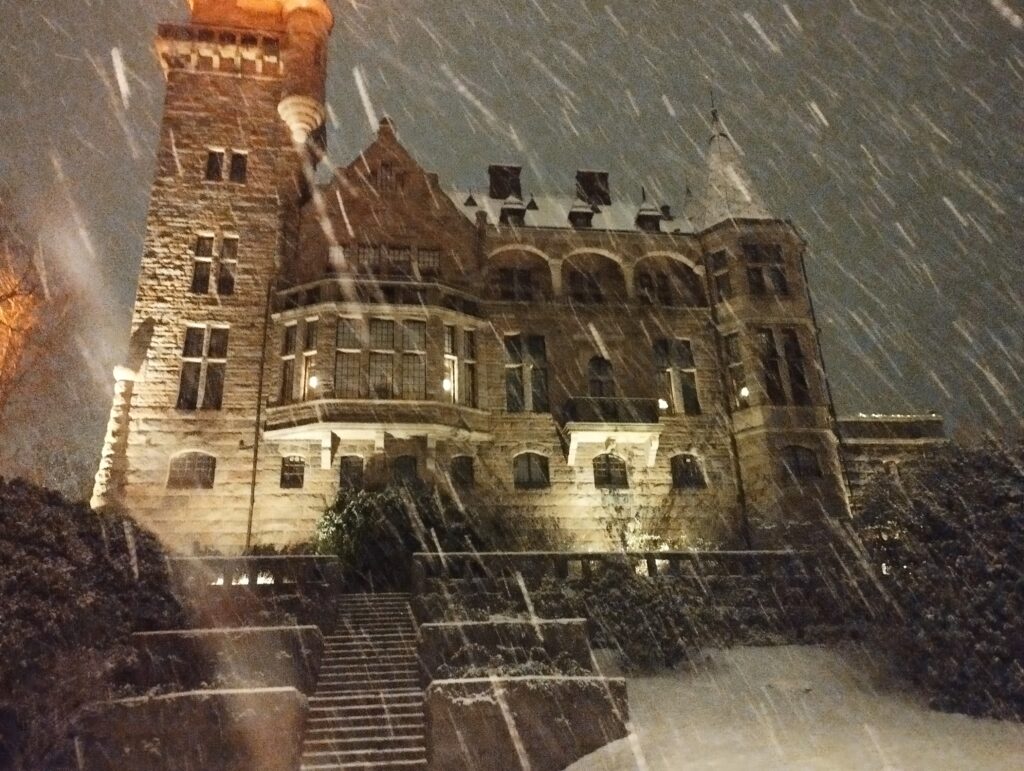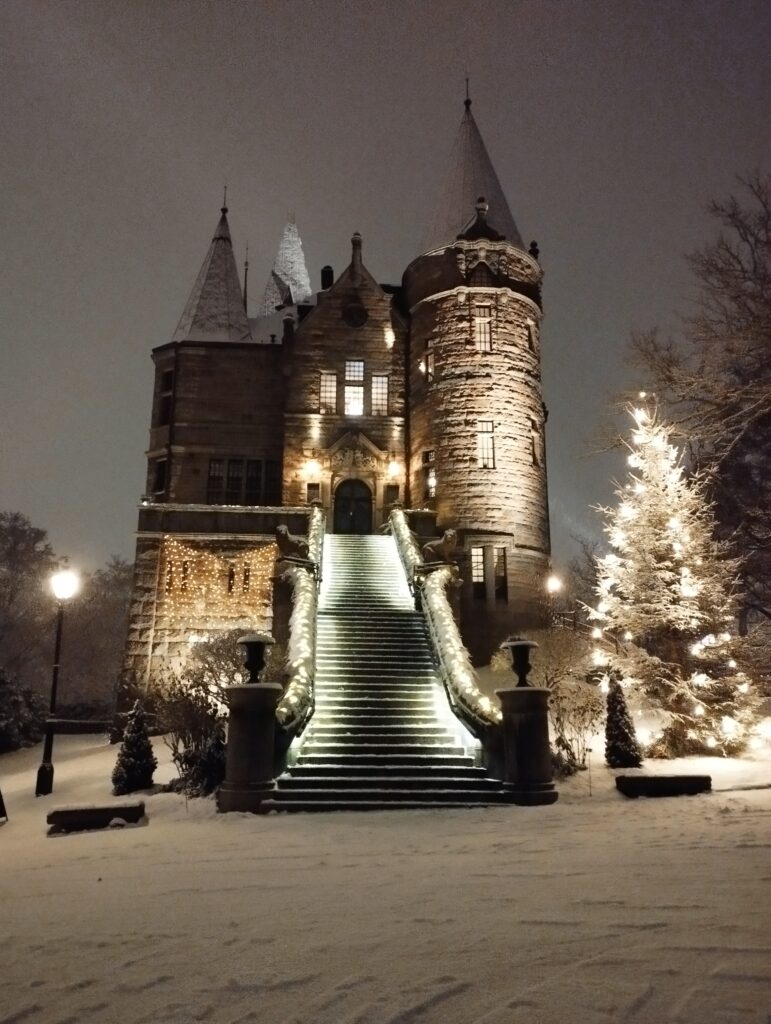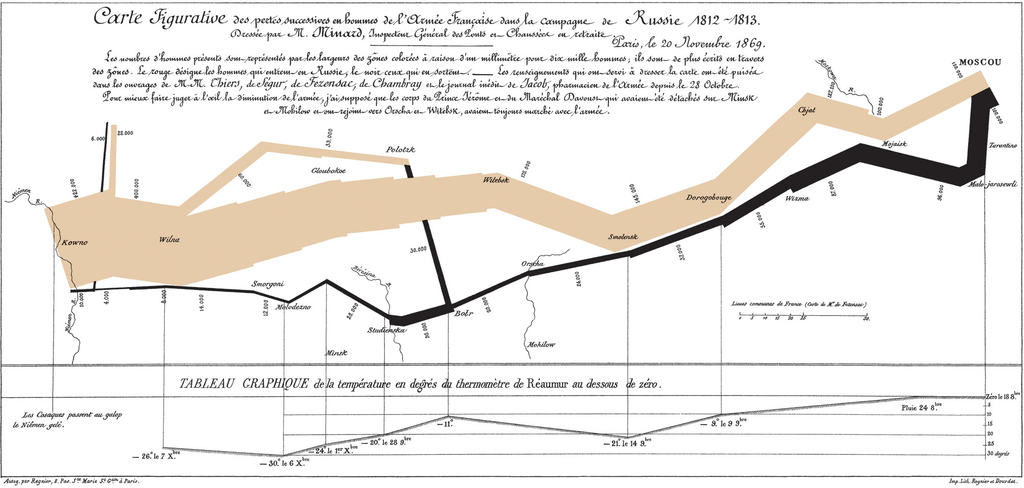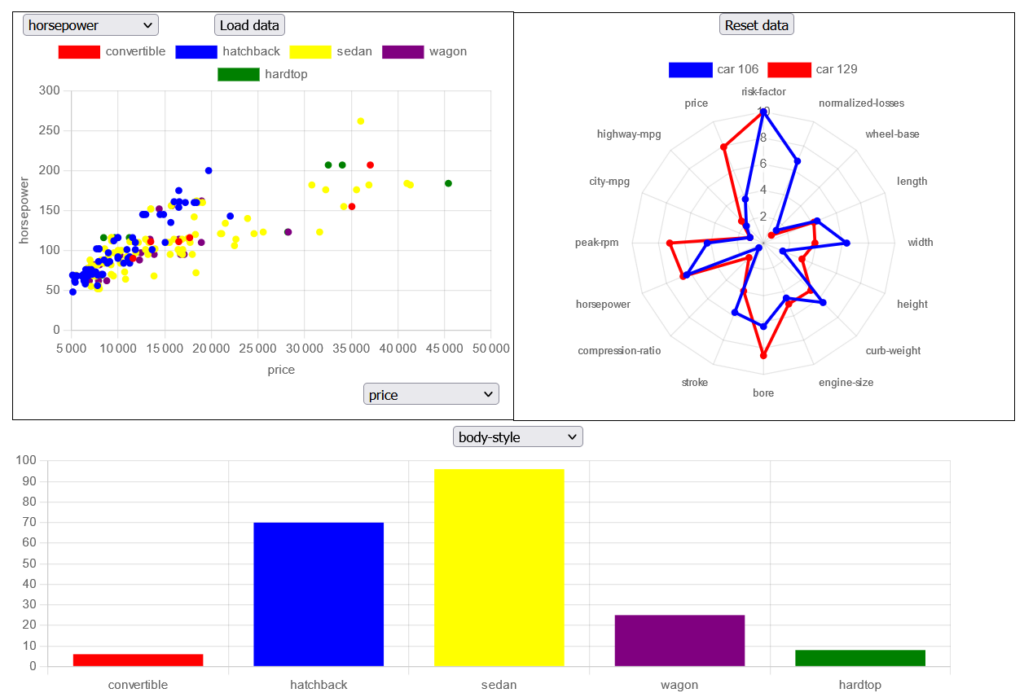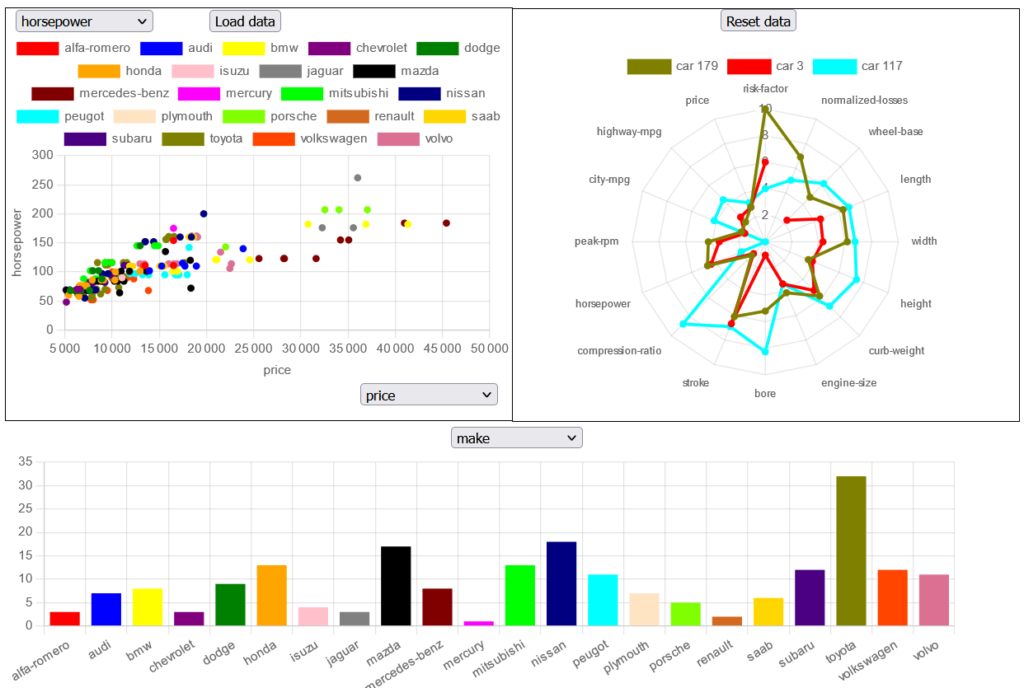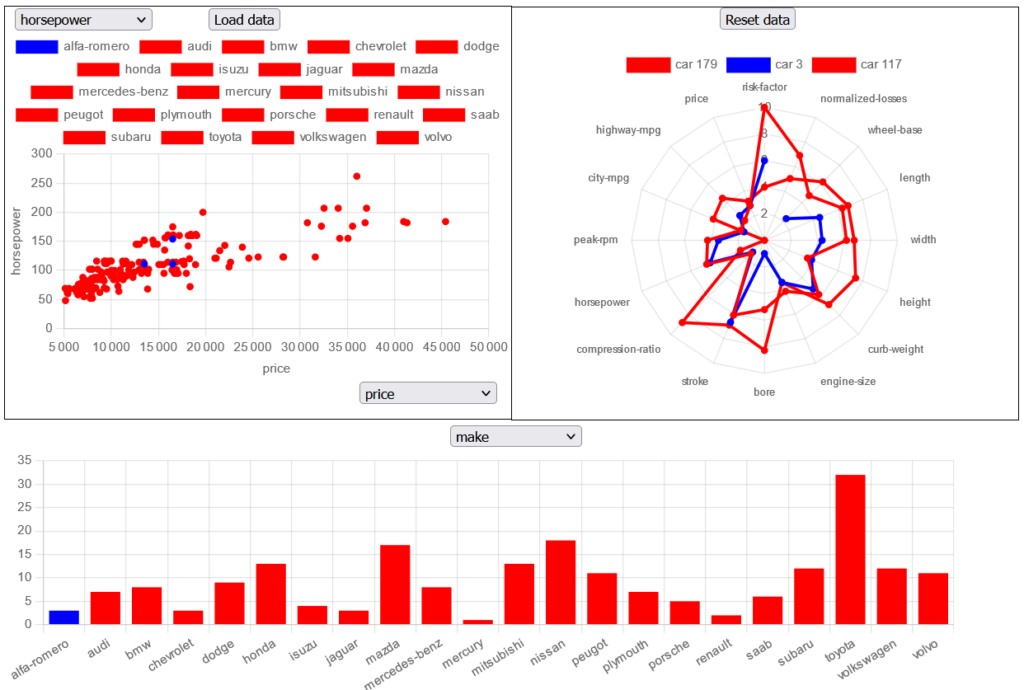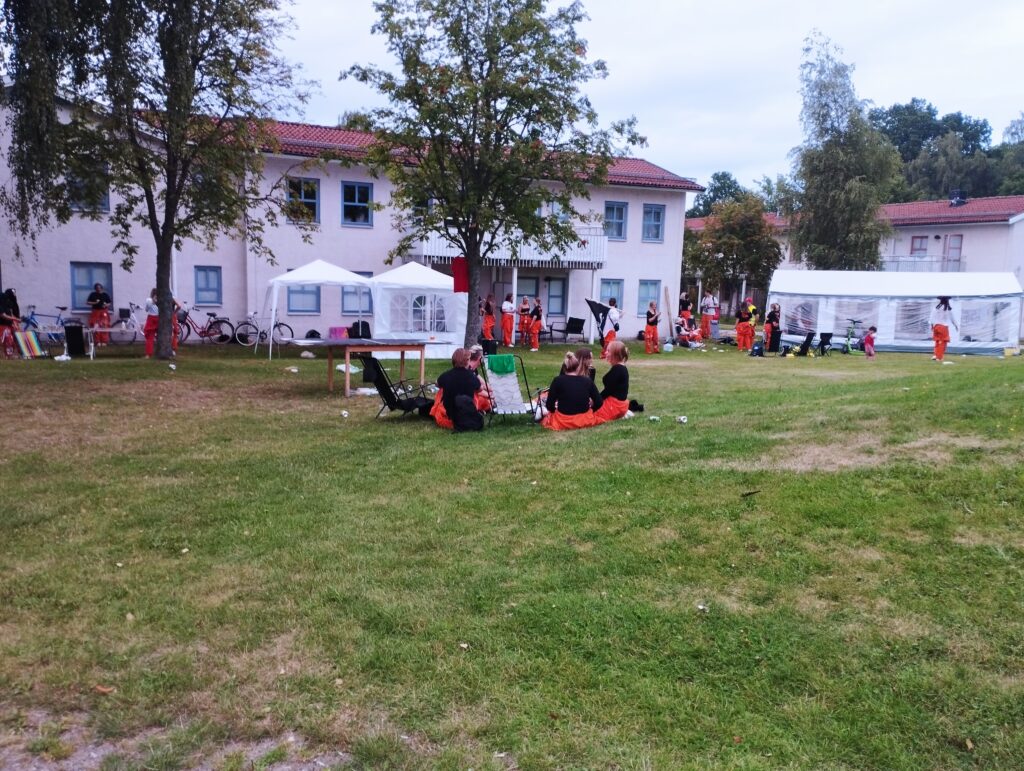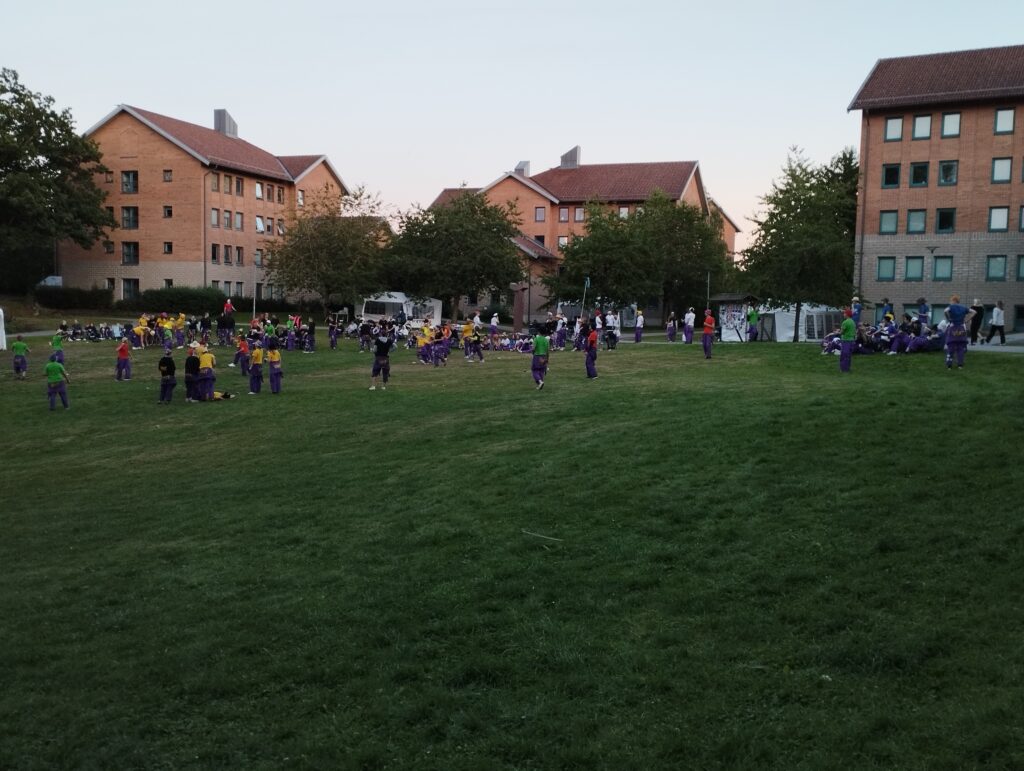Erasmus à Linnaeus University, partie 4 : conseils divers et conclusion
La météo et les vêtements 🧦❄️
Pour ma période (d’aout à janvier), la météo était plutôt bonne en arrivant, comme un début d’automne en France, donc pas très chaud ni froid. Puis la condition s’est progressivement dégradée avec de la pluie régulière et un ciel gris quasi permanent, et les températures qui baissent graduellement.
Il y a un peu de neige en novembre, avec des températures frôlant 0°c puis beaucoup en décembre et janvier. Je vous recommande chaudement (sans mauvais jeu de mot) de prendre un blouson bien chaud, des gants, un bonnet, écharpes, etc. car -20°c début décembre, ça pique !
Ainsi qu’un des paires de chaussures types après-ski ou chaussure de randonnées qui adhère bien au sol, car la neige a tendance à se compacter et à se transformer en verglas avec le temps et le passage des personnes (extrêmement glissant et dangereux ⚠️).
Conseil perso : le blouson et les chaussures sont assez volumineux dans la valise, si vous souhaitez mettre autre chose de plus utile pour partir, ce que je vous conseille de faire c’est de vous les faire livrer depuis la France vers novembre, quand les températures commencent à sérieusement baisser, comme je l’ai fait.
Autre chose qui peut surprendre, c’est l’heure de coucher de soleil, il faut savoir qu’en décembre la nuit tombe à 14 h 30, Cependant, le ciel étant souvent très gris, on a l’impression qu’il se couche à 13 h 30. C’est vraiment une sensation à expérimenter.
L’alcool 🍻
L’alcool étant très réglementé, il vous faudra être âgé de 20 ans minimum (votre carte d’identité sera contrôlée) et vous ne trouverez que des boissons à maximum 3,5° en grande surface, pour le reste, il vous faudra aller dans des magasins « Systembogalet”, des boutiques contrôlées par l’état suédois et où l’alcool est assez cher. Cependant, très varié, vous pourrez même y trouver du vin de Chateauneuf-du-pape, du Cognac ou encore du Pastis 😄.

Il y a 2 boutiques à Växjö, une au centre-ville et une autre dans une zone commerciale au nord-ouest de la ville, la plus simple à rejoindre depuis le campus étant la première.
Pour plus de renseignements : https://www.paperblog.fr/2438111/ou-acheter-de-l-alcool-en-suede/
La poste suédoise : PostNord ✉️
Il y a plusieurs bureaux de postes non loin du campus, notamment dans les magasins ICA et Willys.
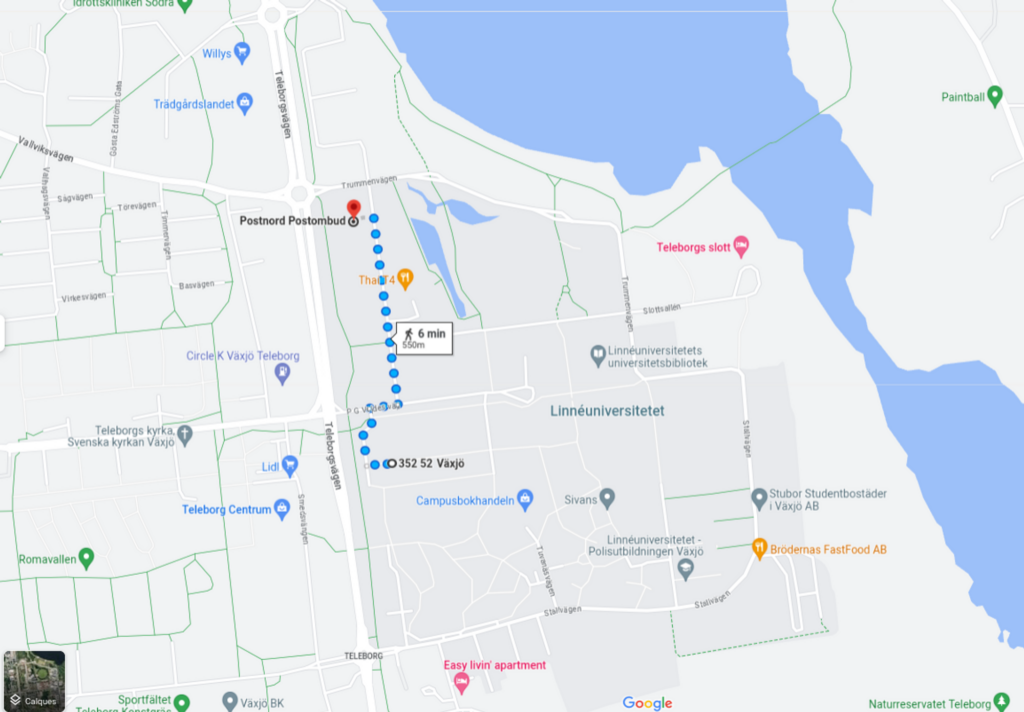
Ici à 6 minutes à pied du logement où j’étais.
Pratique pour vous envoyer ou recevoir des affaires vers/depuis la France comme j’ai pu le faire pour mes chaussures d’après-ski et mon blouson épais. Comptez quand même de 20 à 30€ d’envoi, ce n’est pas donné.
Fournitures & Meubles 🍴
L’association des Étudiants Erasmus propose d’aller au magasin Ikea le plus proche (50 minutes en voiture) une seule fois dans le mois après votre arrivée pour acheter ce dont vous avez besoin (literie, cuisine, meubles…), le tout en navette pour ramener vos achats facilement.
Il y a également un magasin Jysk dans la ville est plus facile d’accès, mais vous aurez à faire le trajet avec les affaires jusque chez vous tout seul.
La ville
Le centre-ville peut se rejoindre en 15 minutes en bus (soit 20~25 minutes en partant de chez soi), il est plutôt mignon surtout lorsqu’il est enneigé et avec les décorations et les lumières de Noël ❄️🎄.
Il y a pas mal de restaurants, surtout des pizzerias et des restaurants asiatiques, de très bons cafés, des bars sympas et festifs, et des magasins, mais peu de musées. Je ne vous en dis pas plus et je vous encourage à y aller 😄.
Conclusion
On arrive à la fin de cette série. J’ai vraiment passé un bon moment en Suède, les débuts étaient difficiles. En effet, j’étais loin de la France et il y avait un petit temps d’adaptation, pourtant j’ai réussi à créer des liens et à profiter de la vie étudiante là-bas. Il n’y a rien eu de dramatique 😄. Les cours étaient très plaisants et la fac également.
Mon seul regret est de ne pas avoir voyagé à l’intérieur du pays, en partie à cause du manque de vacances, mais l’expérience est inoubliable.
Écrire tout ça m’a donné envie d’y retourner… en espérant que cela vous ait été utile et vous ait par ailleurs donné envie d’essayer l’aventure suédoise !
N’hésitez pas à me contacter si vous avez des questions ou besoin d’aide. Je me ferai un plaisir d’y répondre.
Sébastien.
